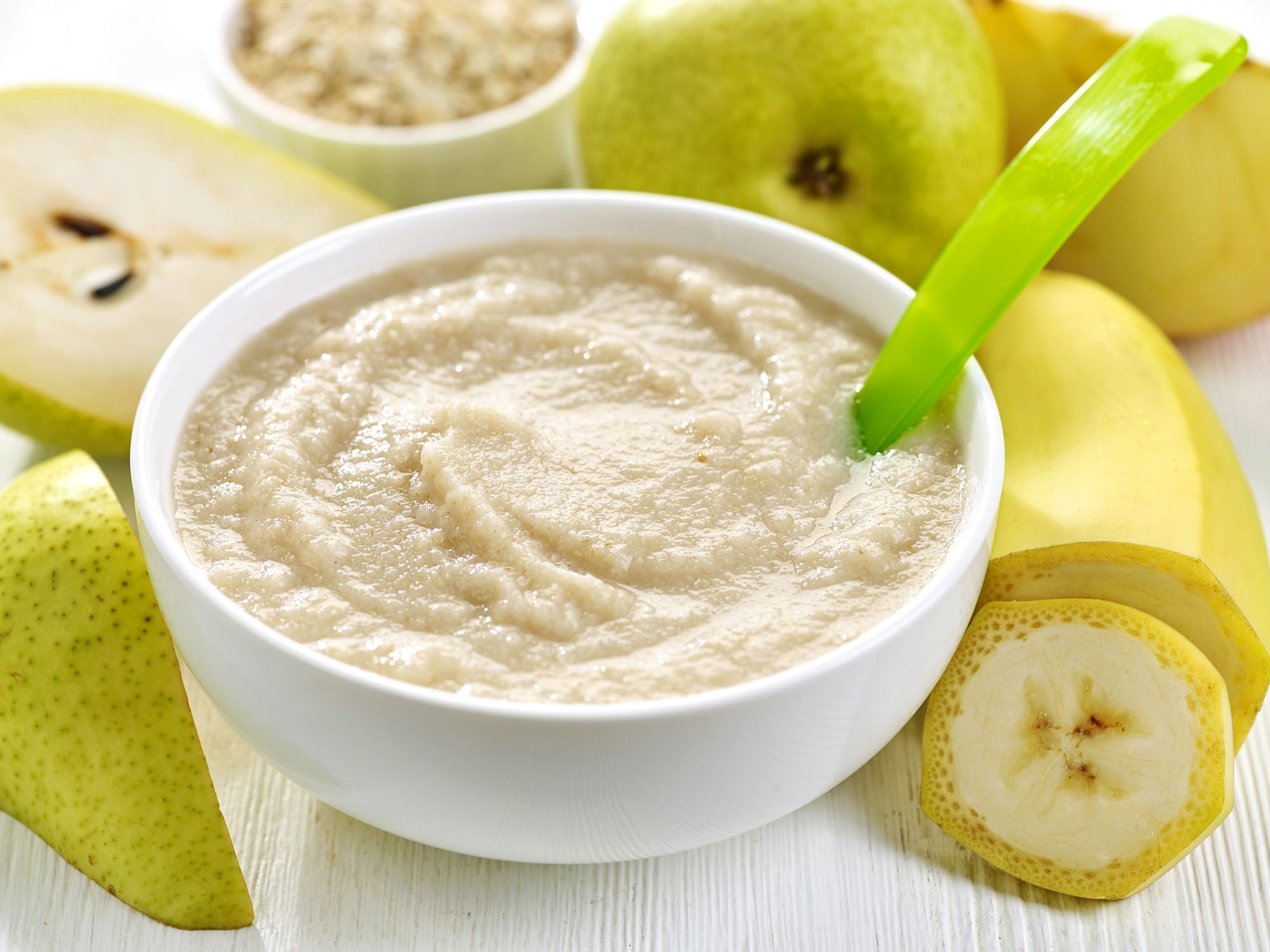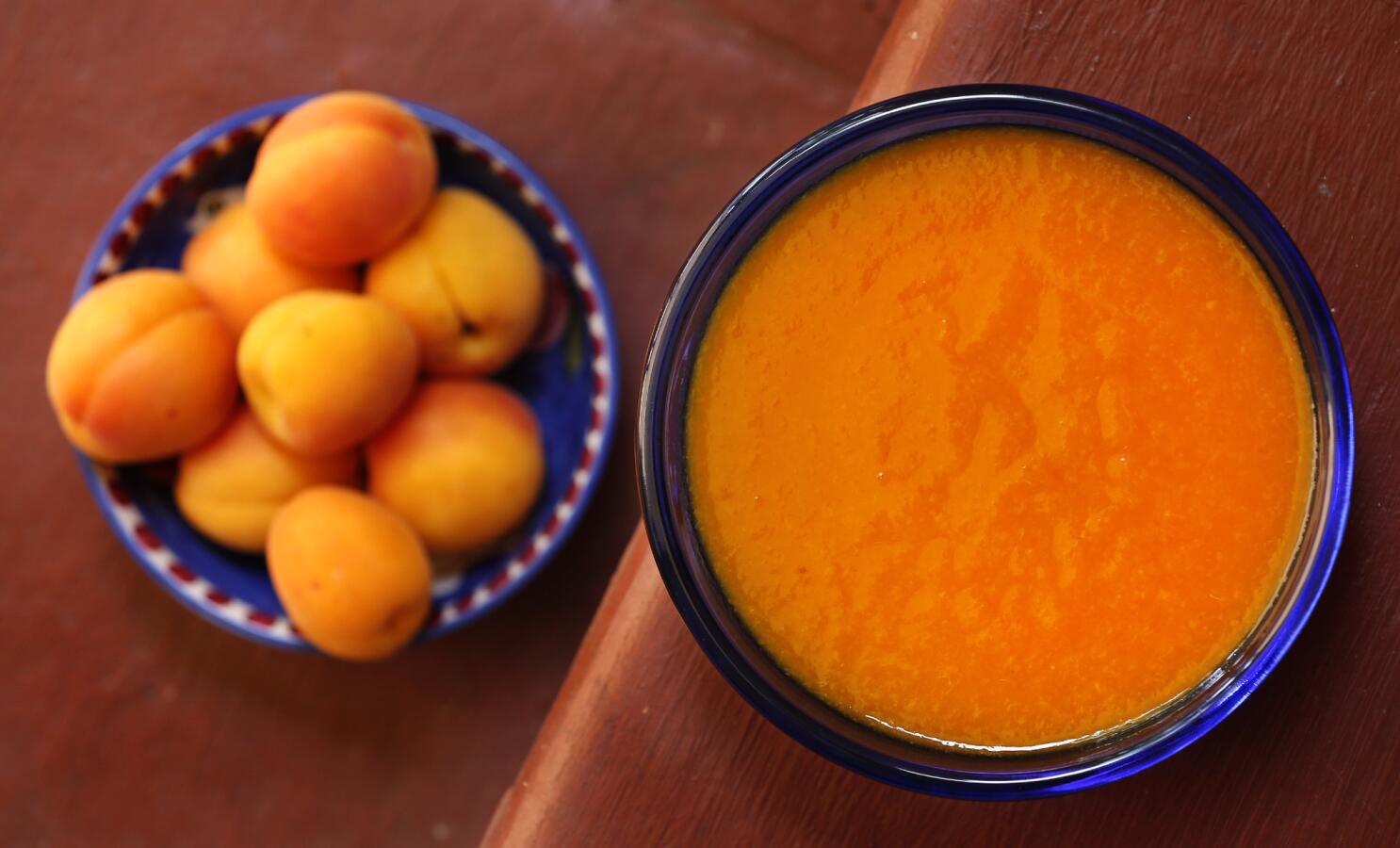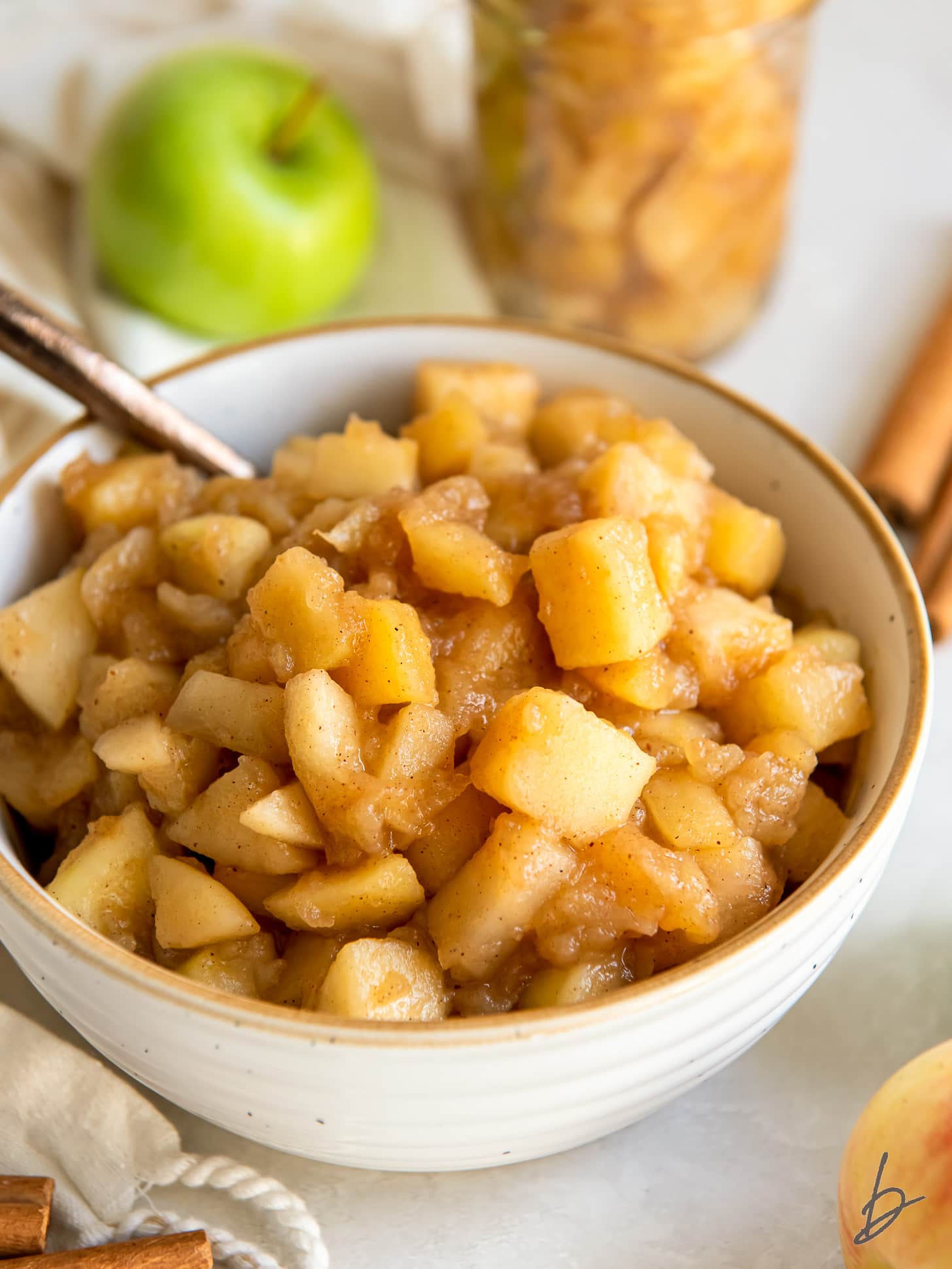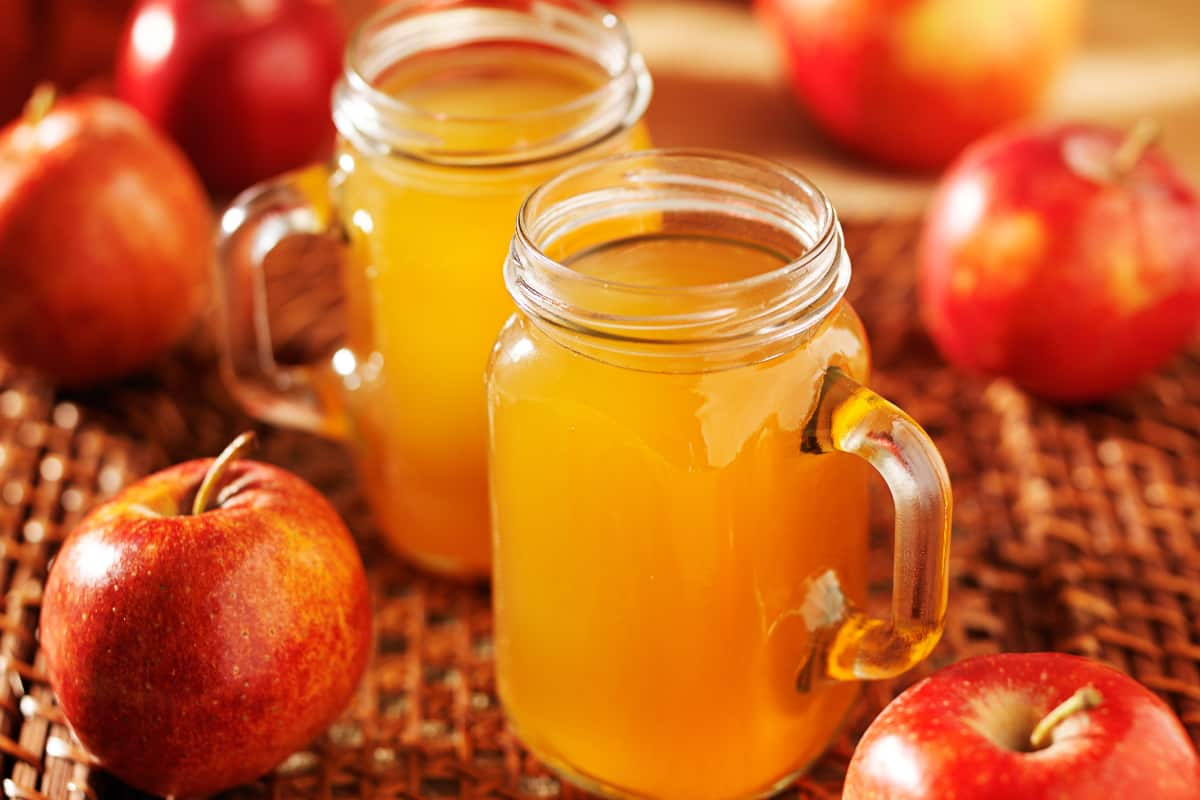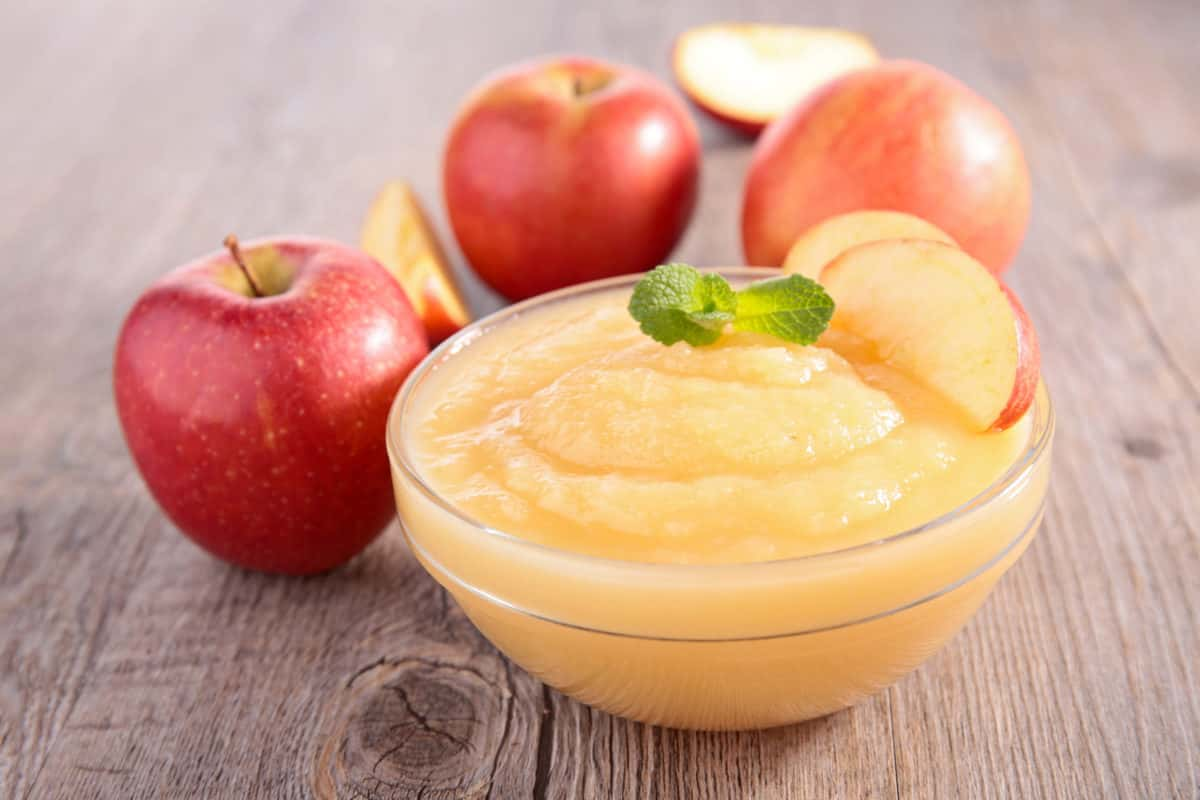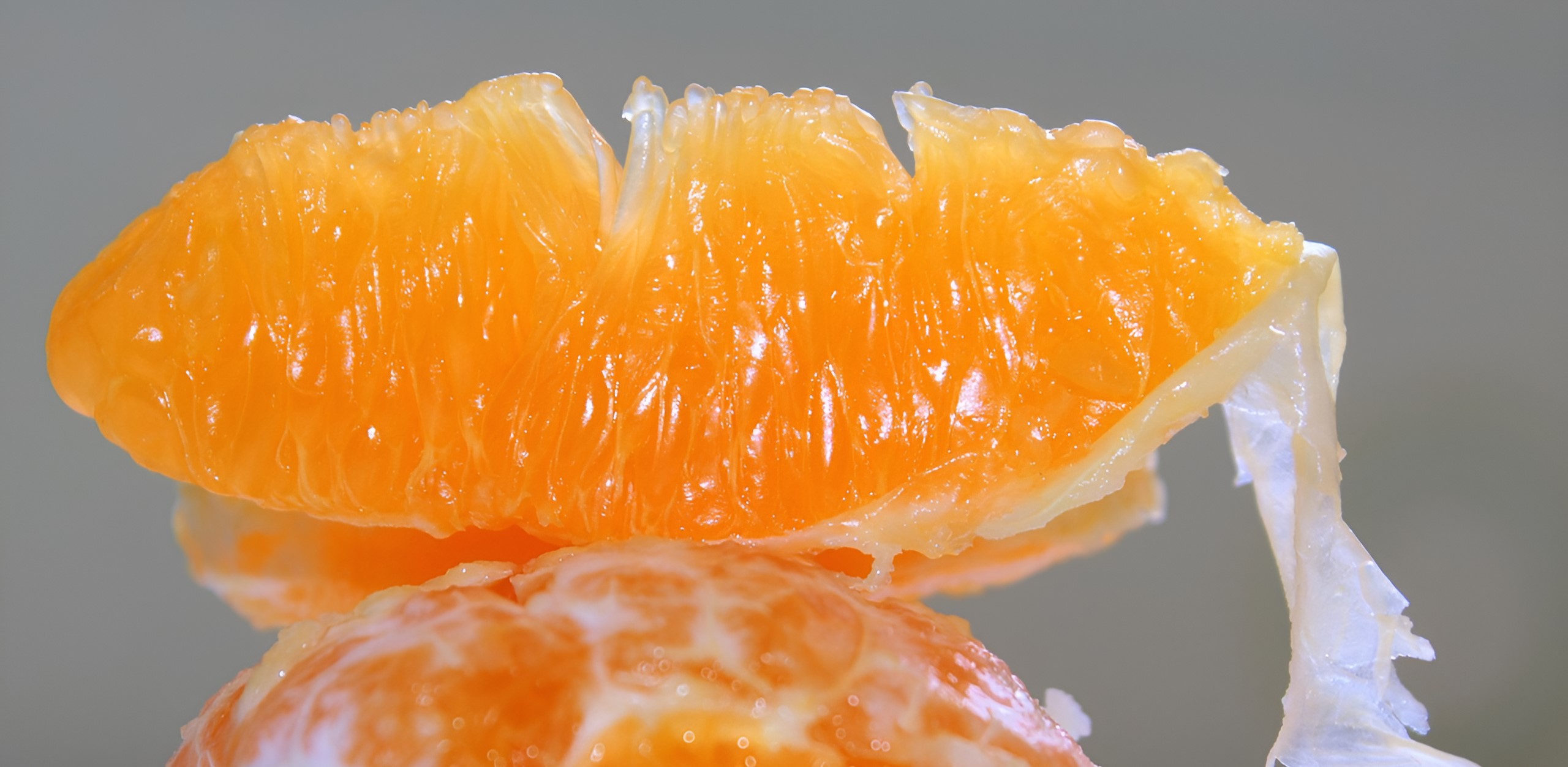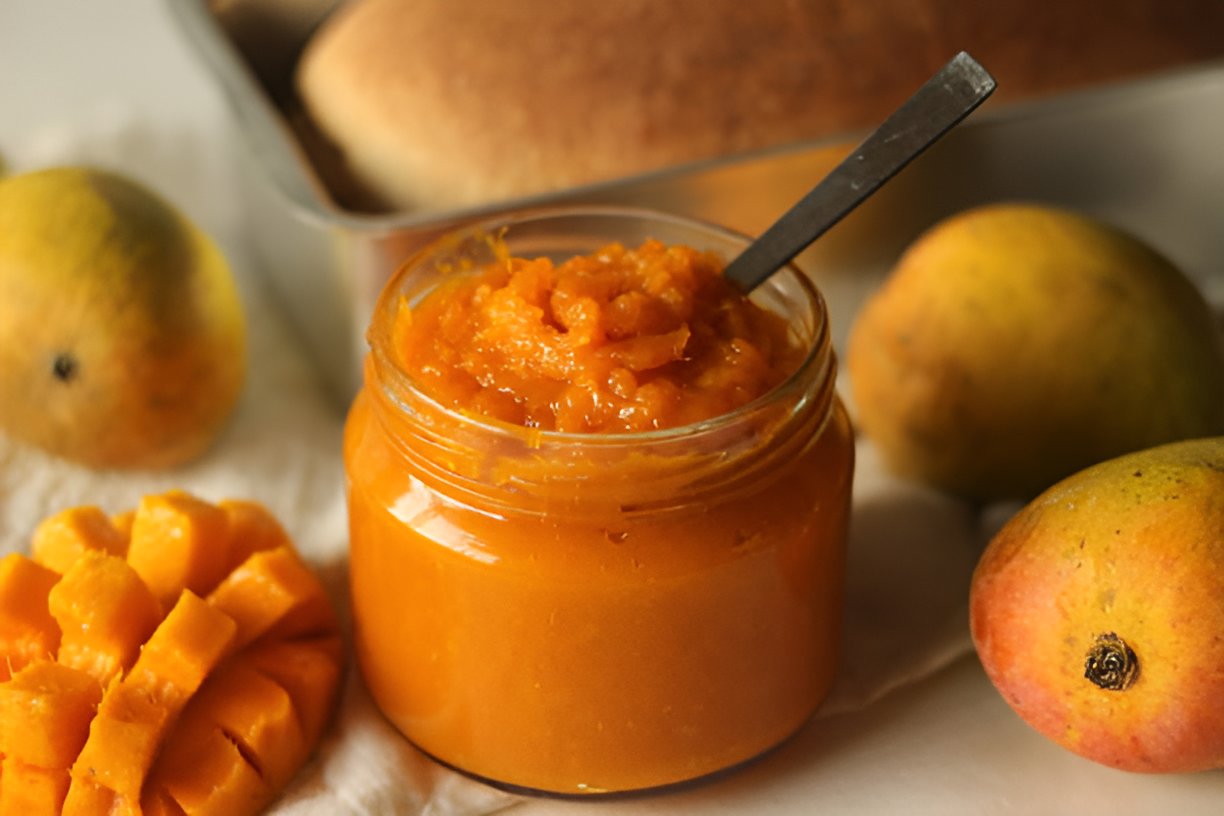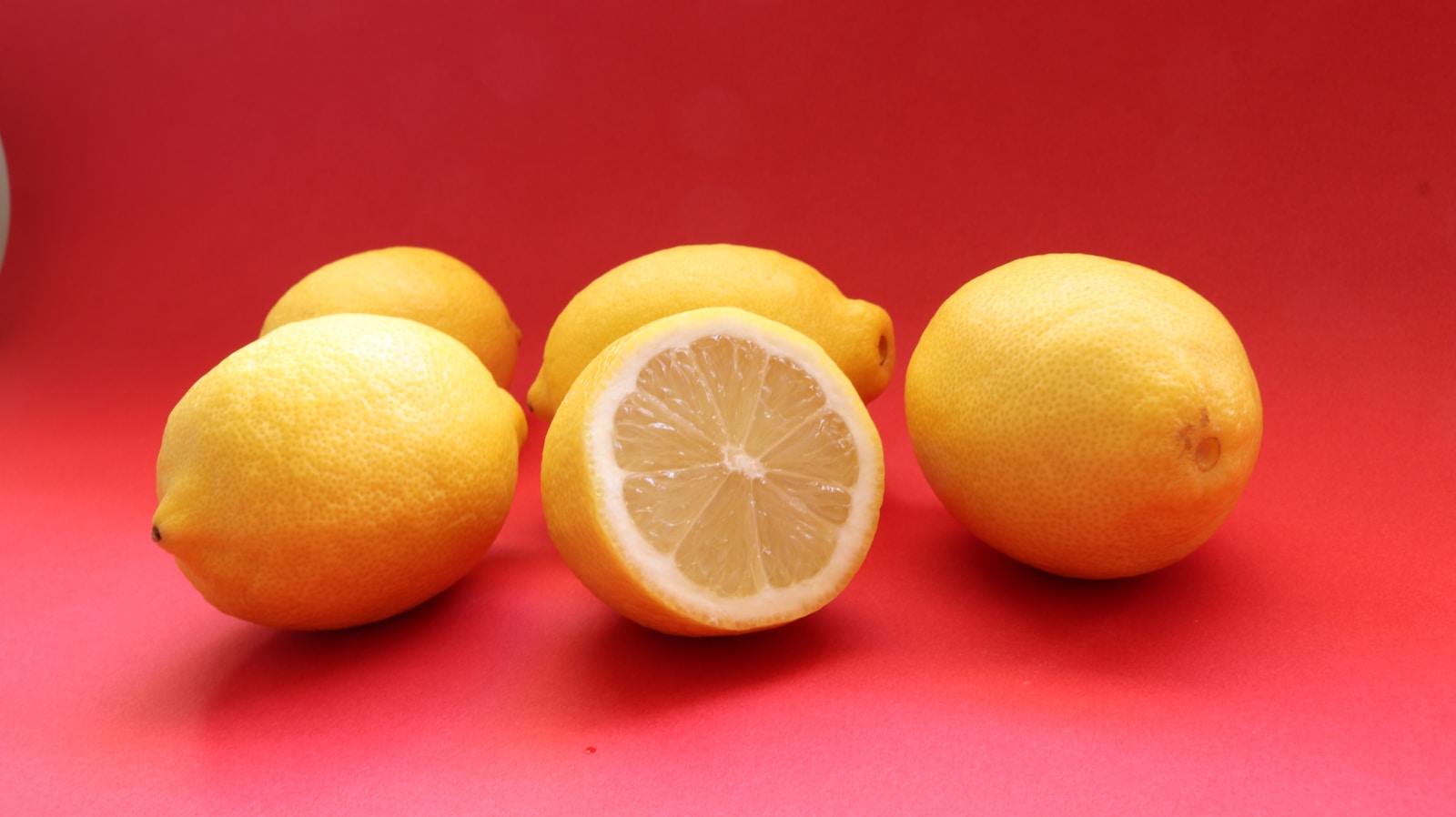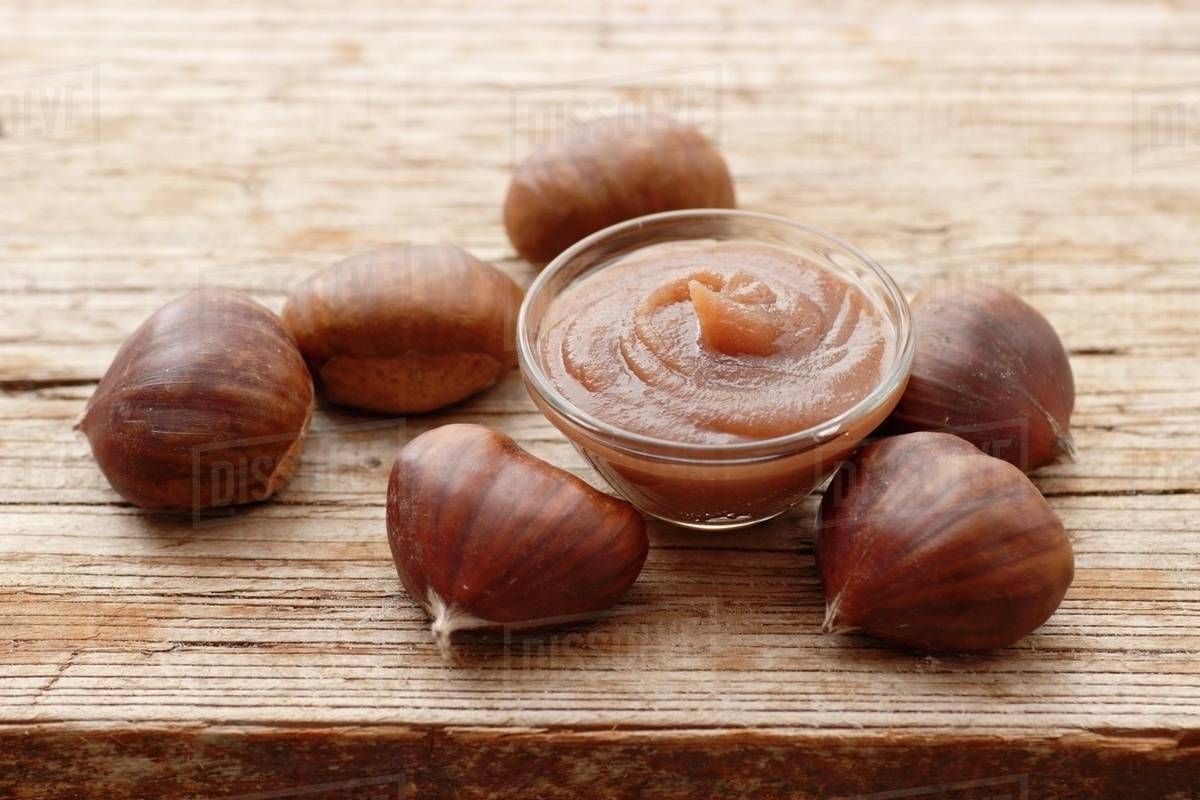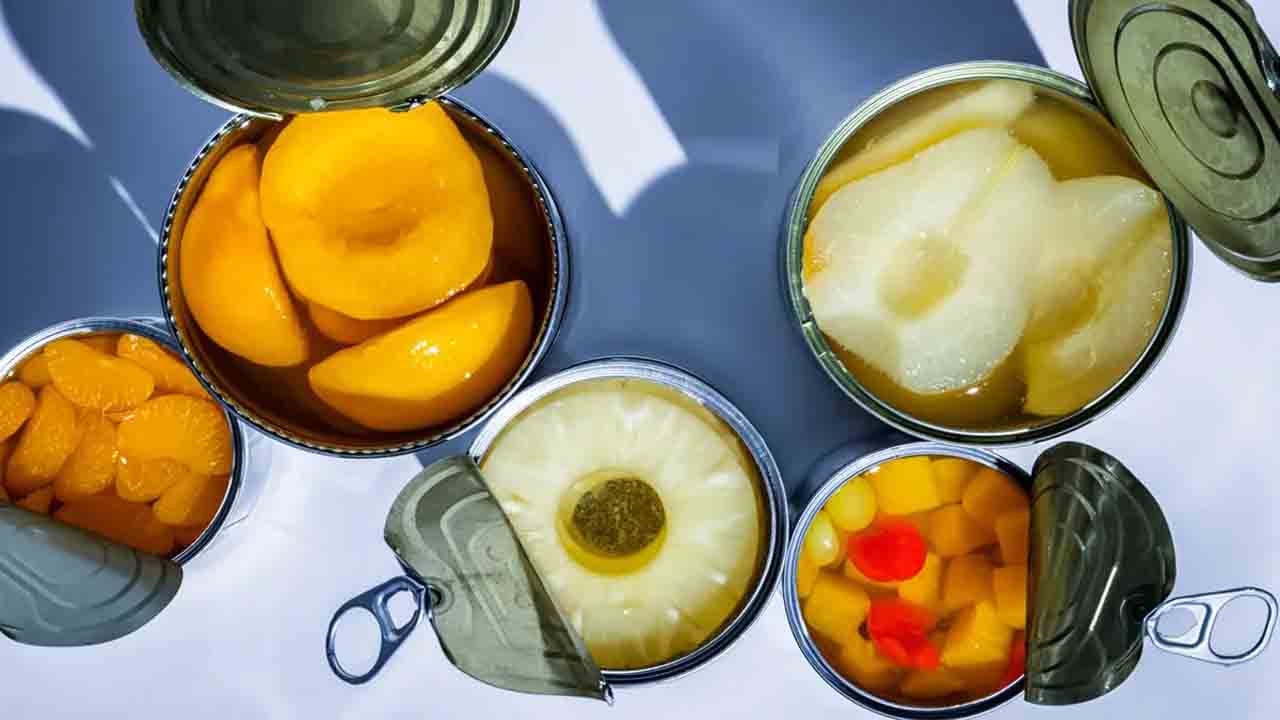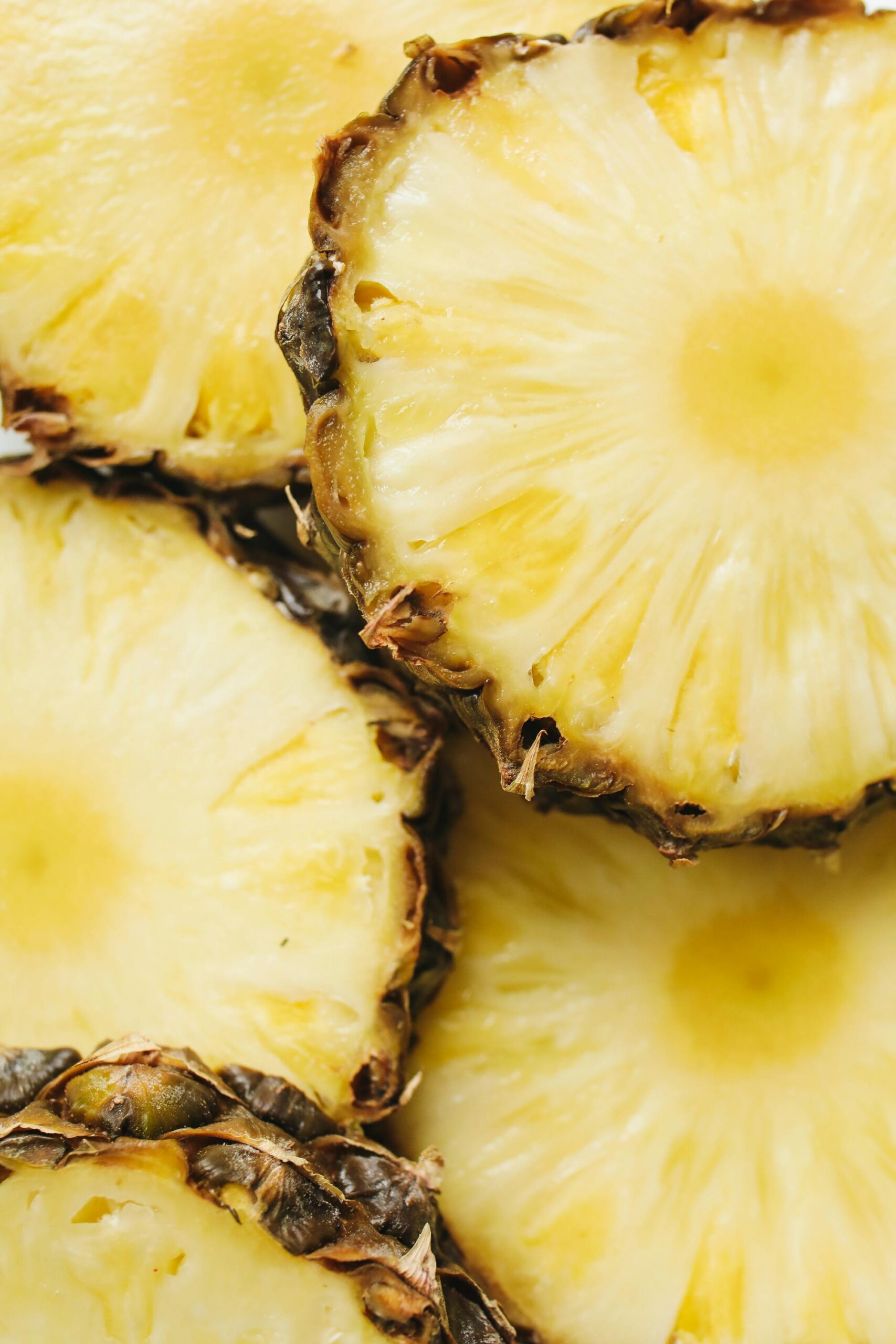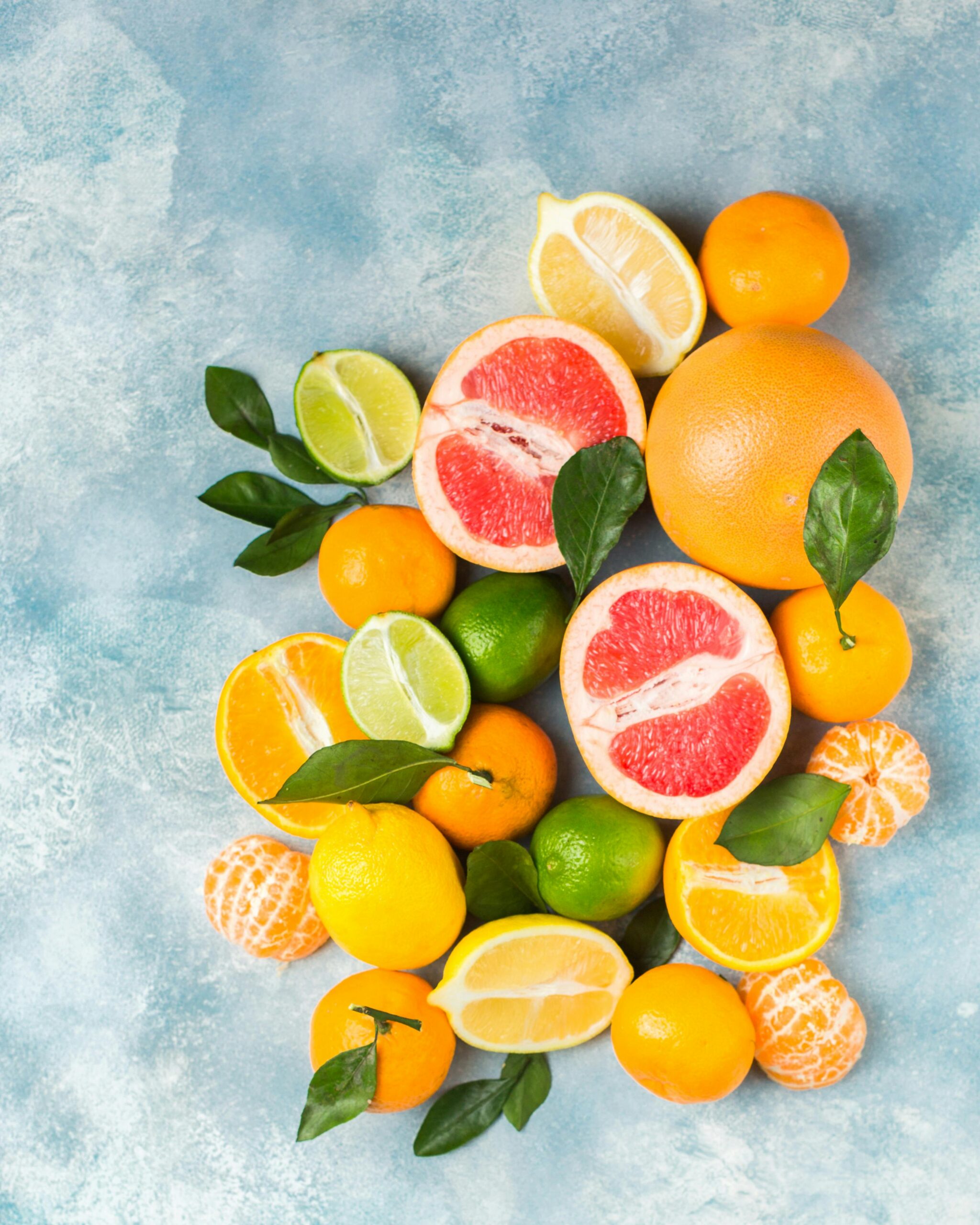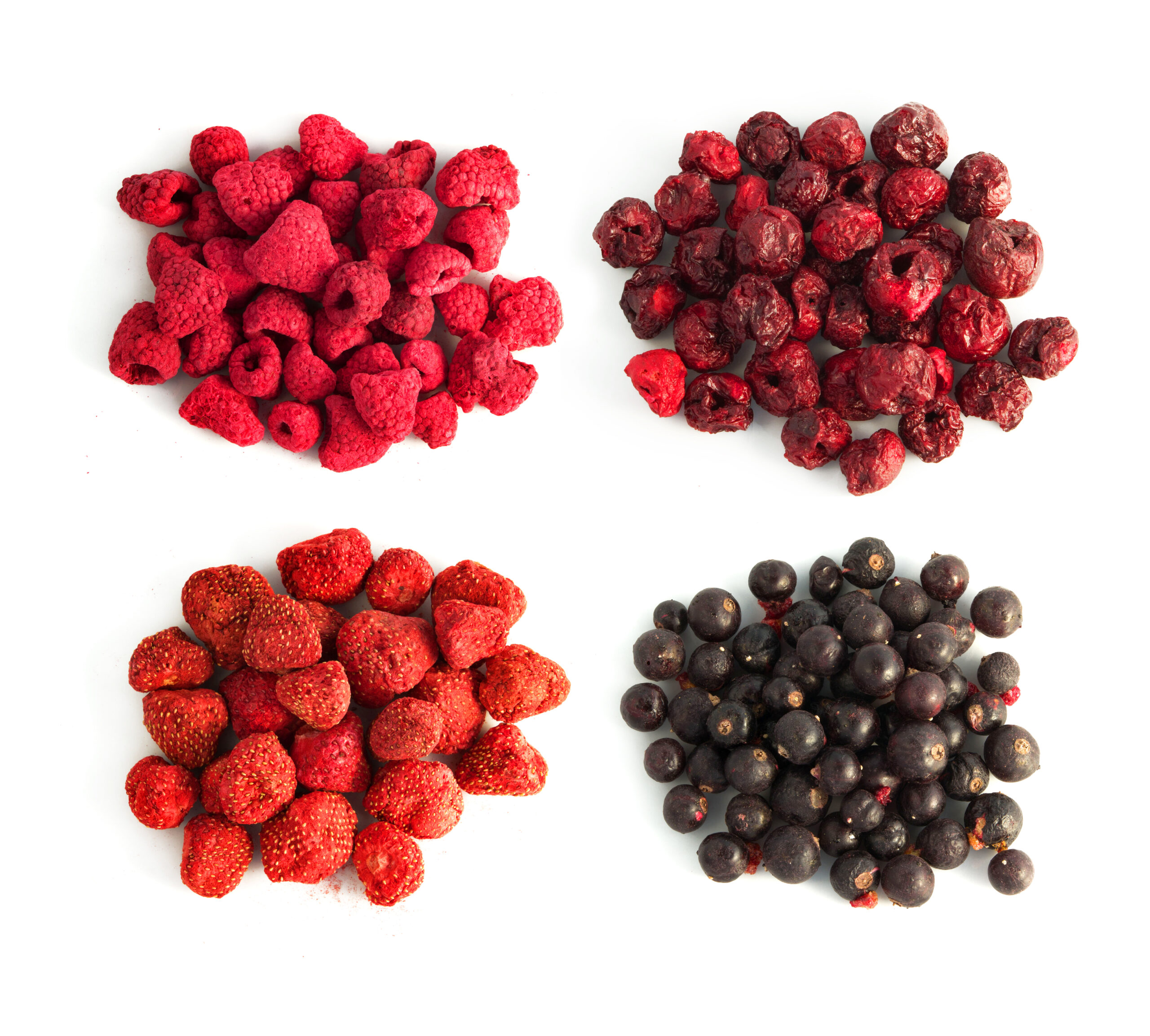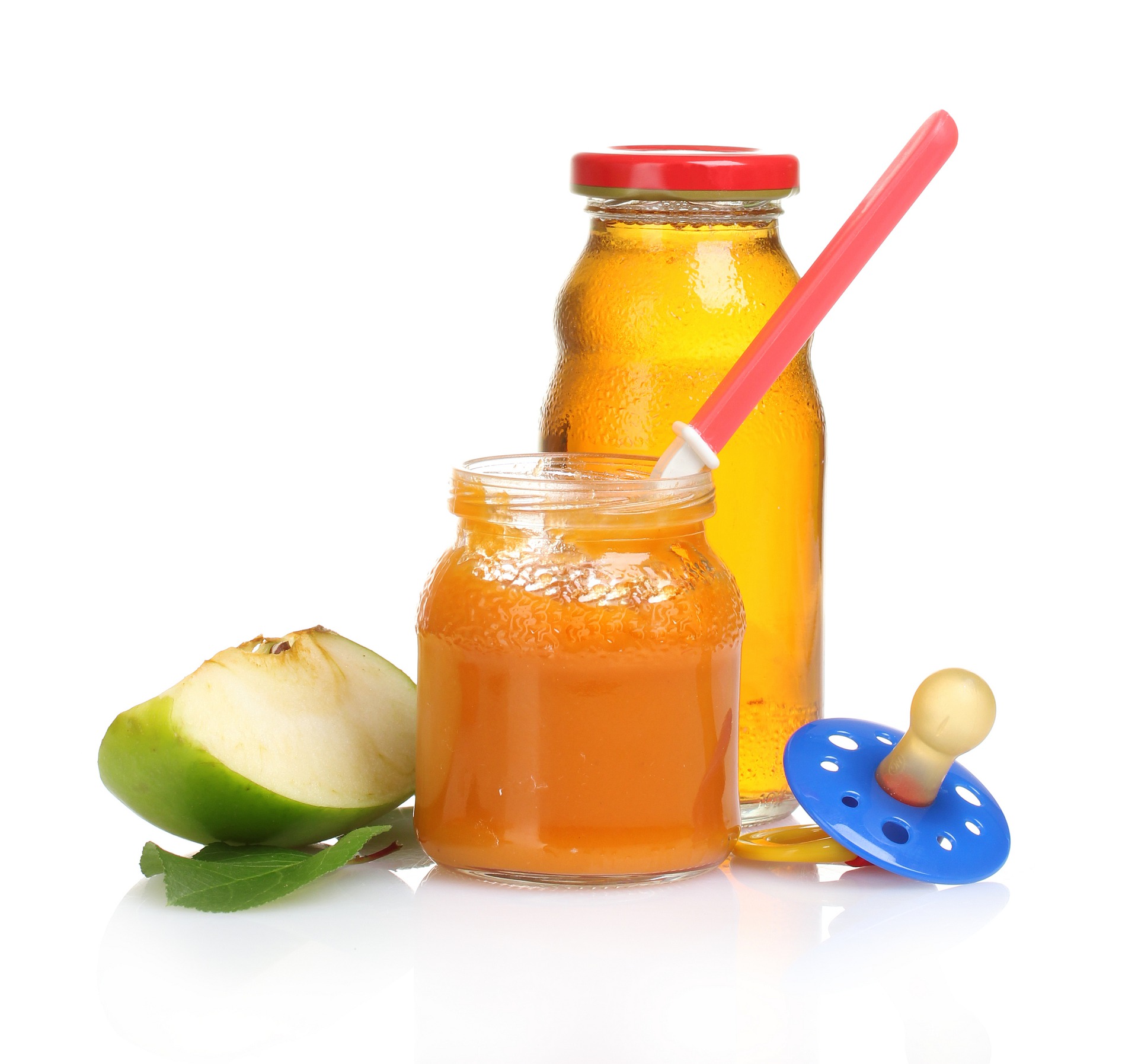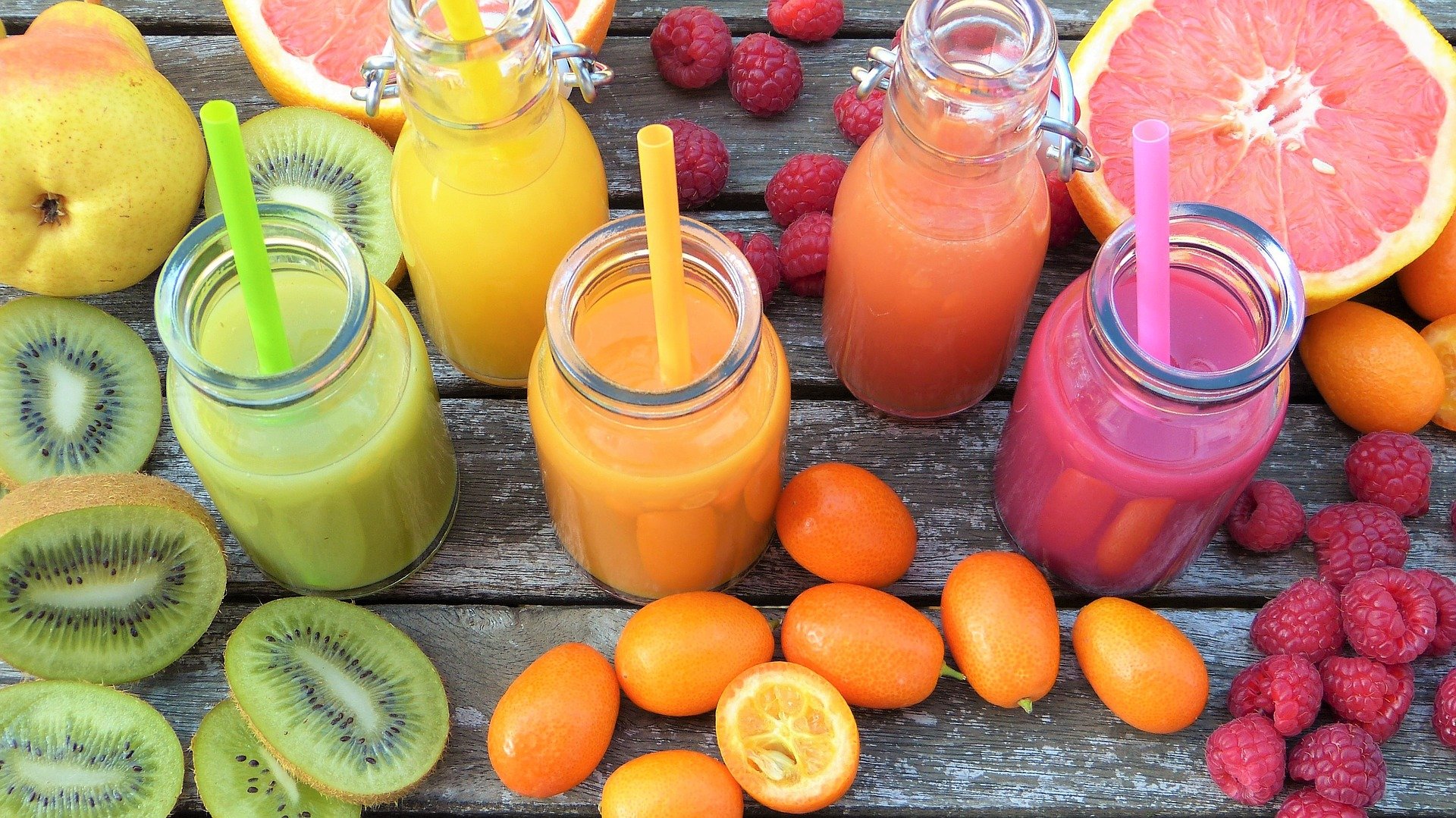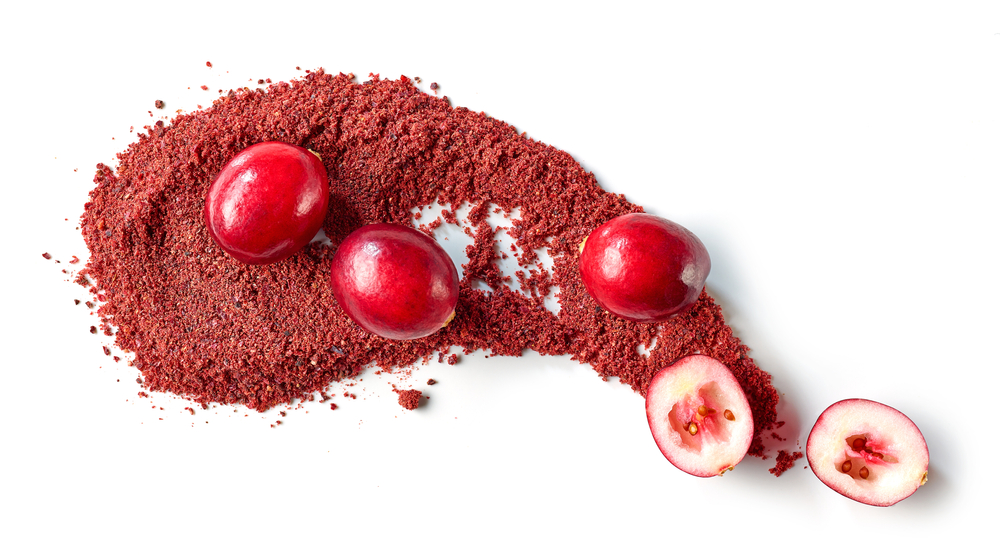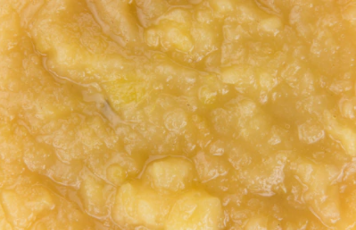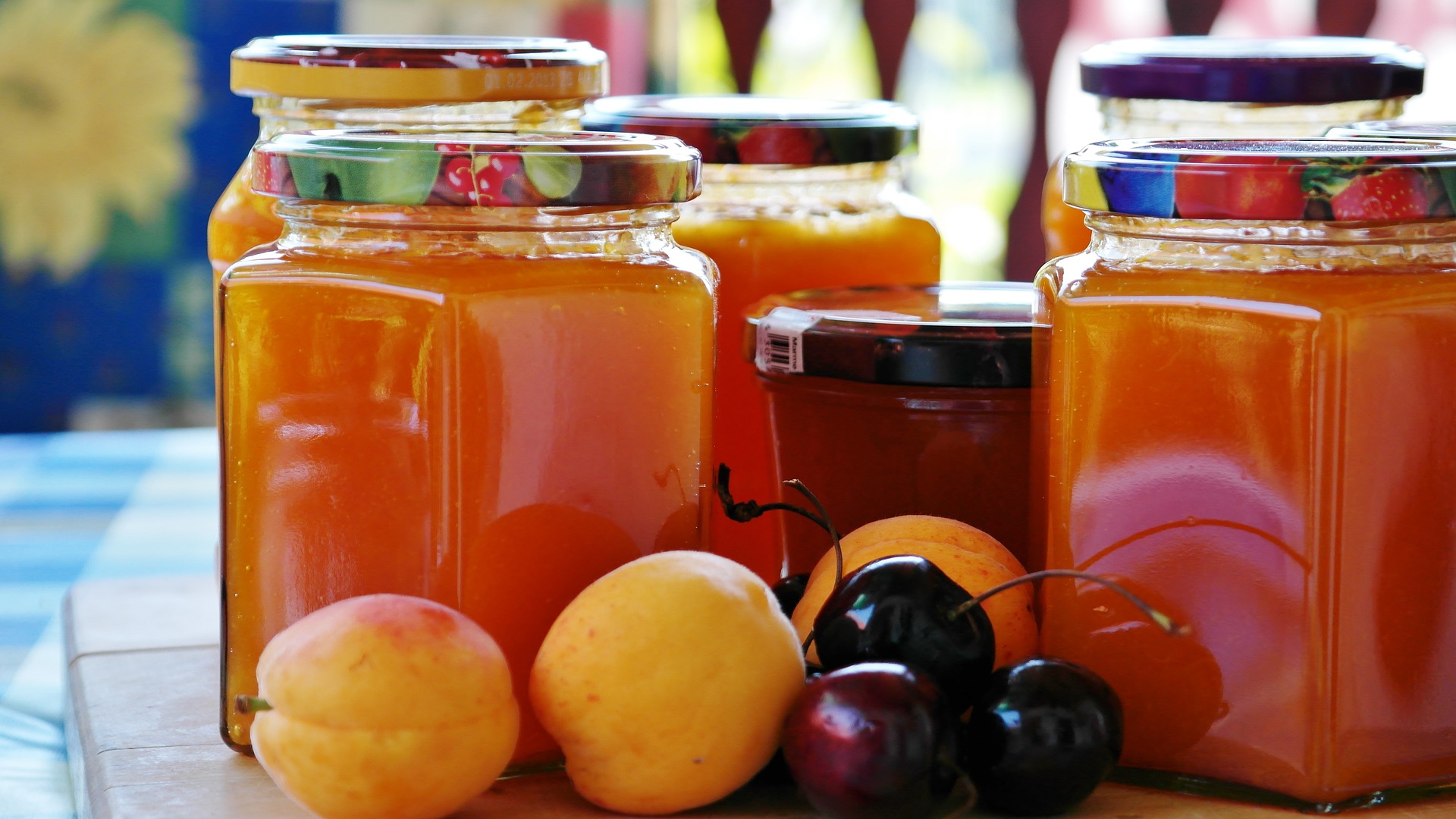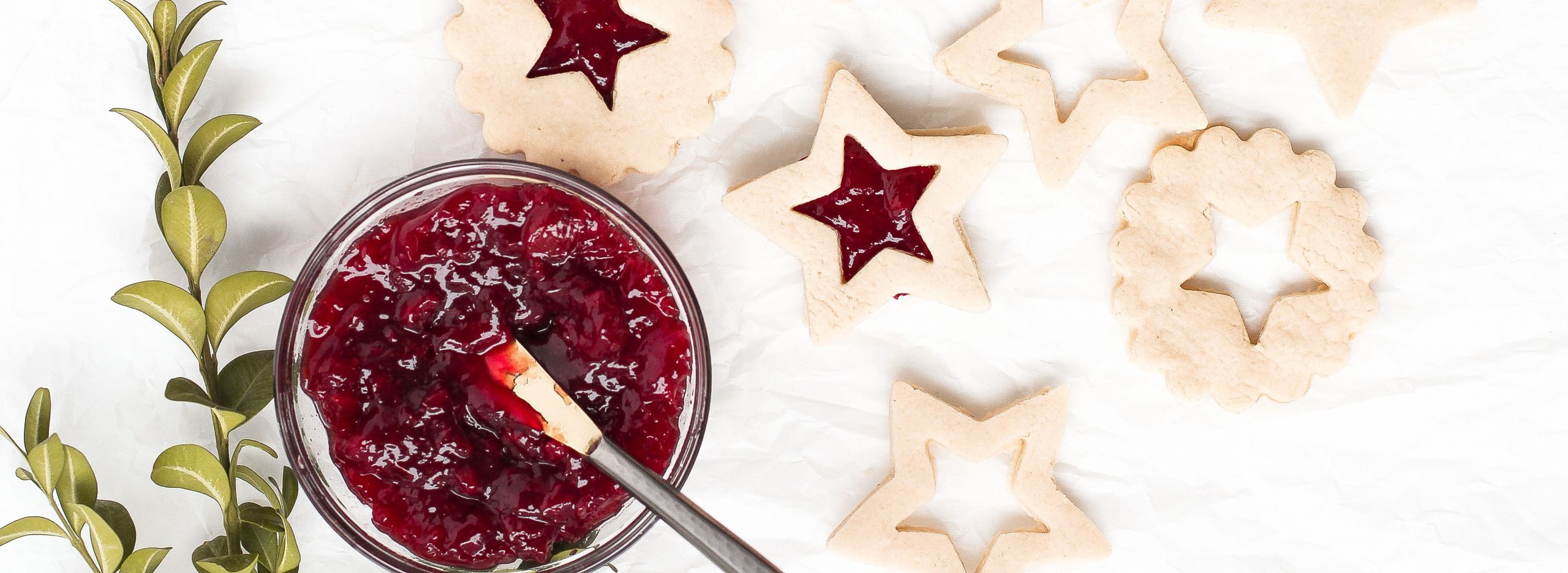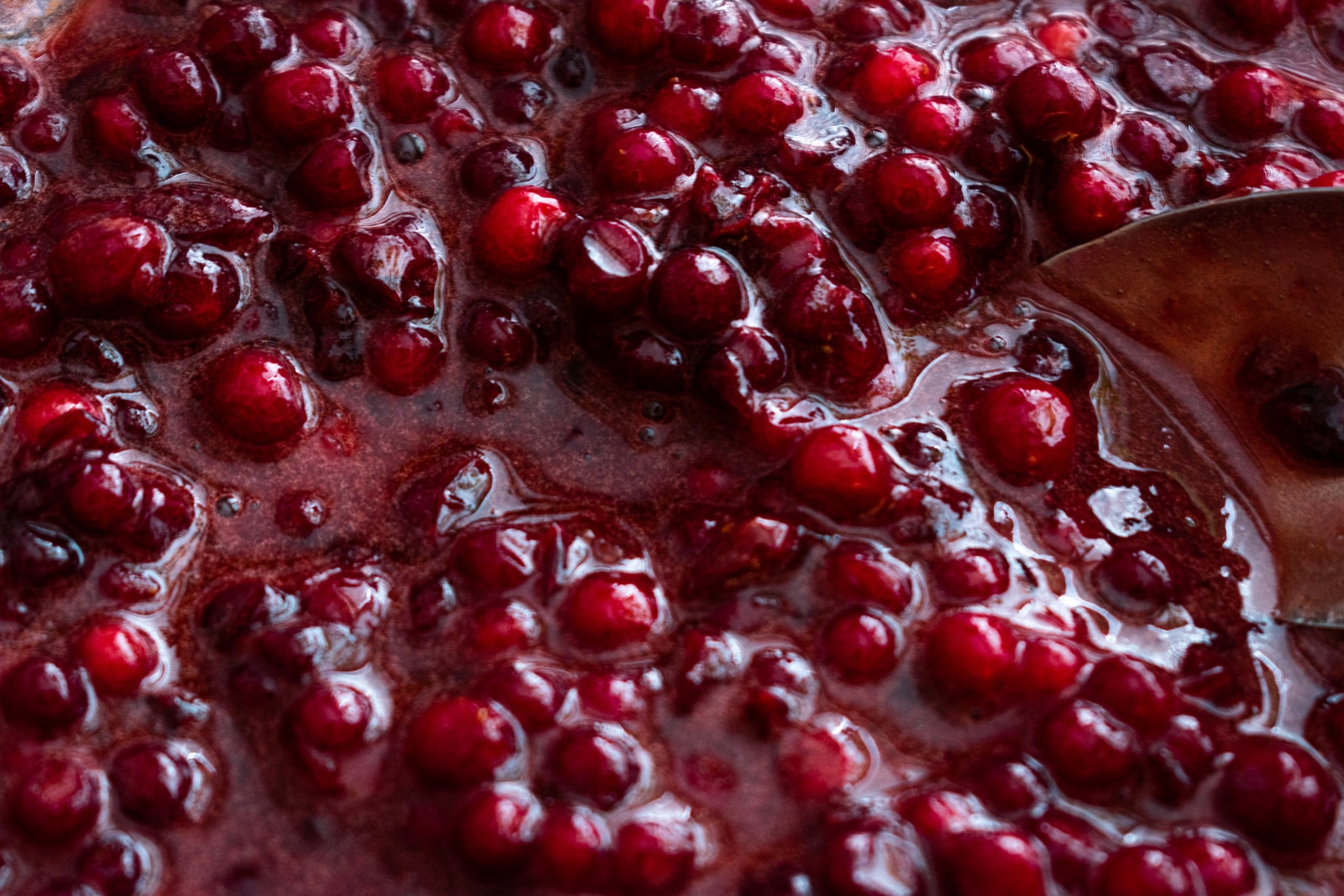
Fruit Pulp Processing Equipment
Find innovative fruit pulp equipment and connect directly with world-leading technology suppliers
Fruit pulp is a mass of pressed fresh fruit not meant for immediate consumption. Production of fruit pulp avoids wasting food and preserves the flavors and nutrient value of the fruit product. Processed fruit pulp is an ingredient in beverages, sauces, baby foods, jellies, smoothies, and bakery products. Tradition and manufacturing procedures dictate the distinction between fruit juice, puree, and pulp. Still, naming and labeling are complex and depend on regulations, type of fruit, texture, consistency, preservation methods, and sugar or solid content (measured in Degrees Brix). Depending on your desired output, there are various fruit pulper machines for different stages of production that make the process quicker and more efficient.
Top picks for processing fruit pulp
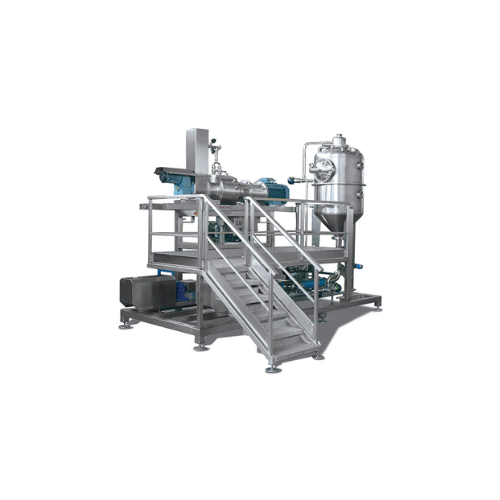
Cold extraction and deaeration system for fruit and vegetable purees
Ensure high-quality fruit and vegetable purees wit...
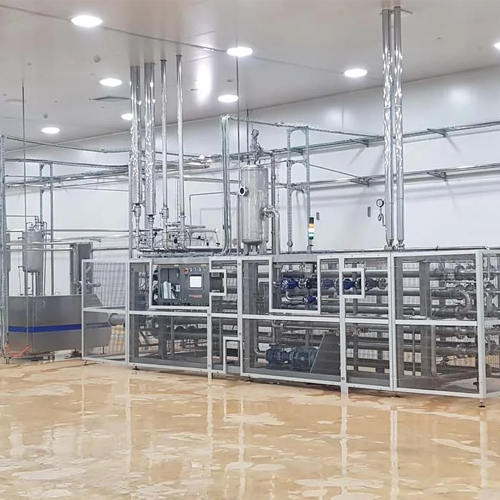
Aseptic sterilizers for fruit concentrates and pulp
Optimize your fruit processing by maintaining product quality and she...
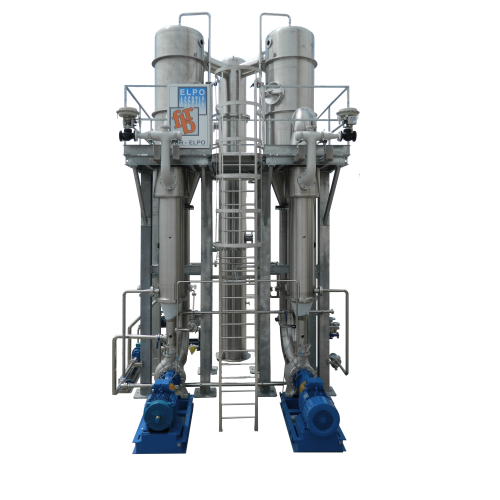
Evaporator for pulpy juice concentration
Achieve efficient concentration with reduced energy consumption, thanks to innovat...
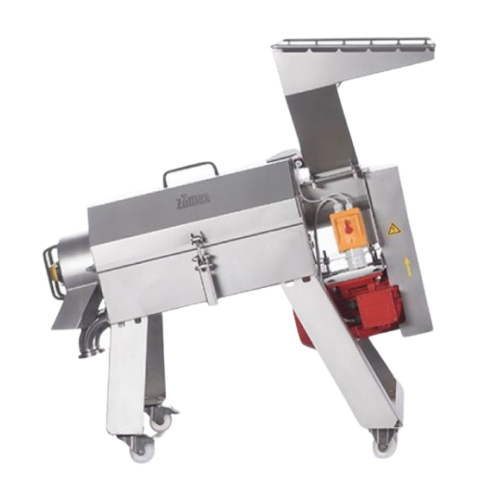
Depulper for efficient fruit and vegetable juice extraction
Streamline your juice production with equipment designed for...
Stories about fruit pulp

#Changemaker: clean even the stickiest products from your pipes by using air
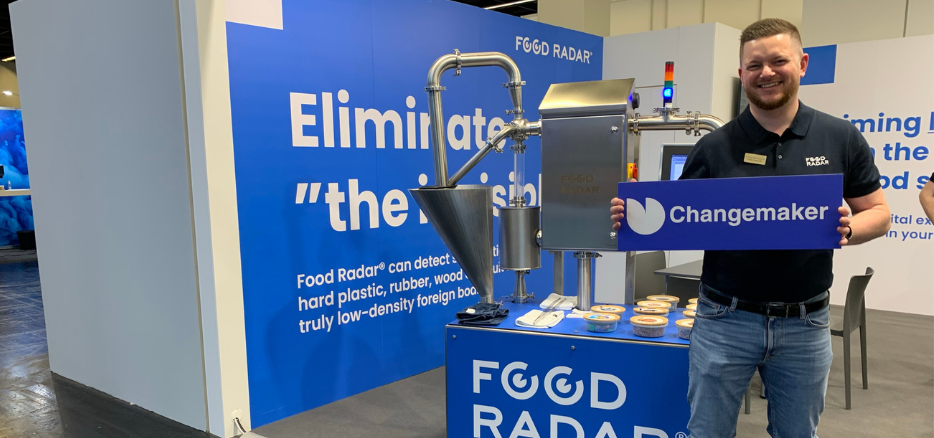
#Changemaker: detect & reject truly low-density foreign bodies in your pumpable foods
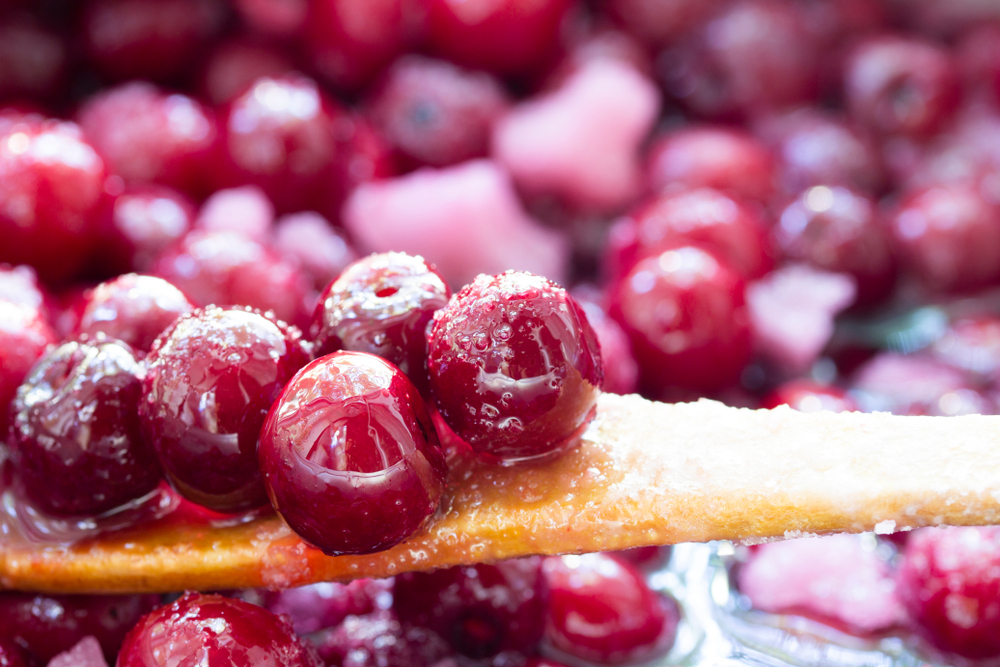
From granulated to invert sugar: the liquid therapy to prevent crystals in your jam processing line
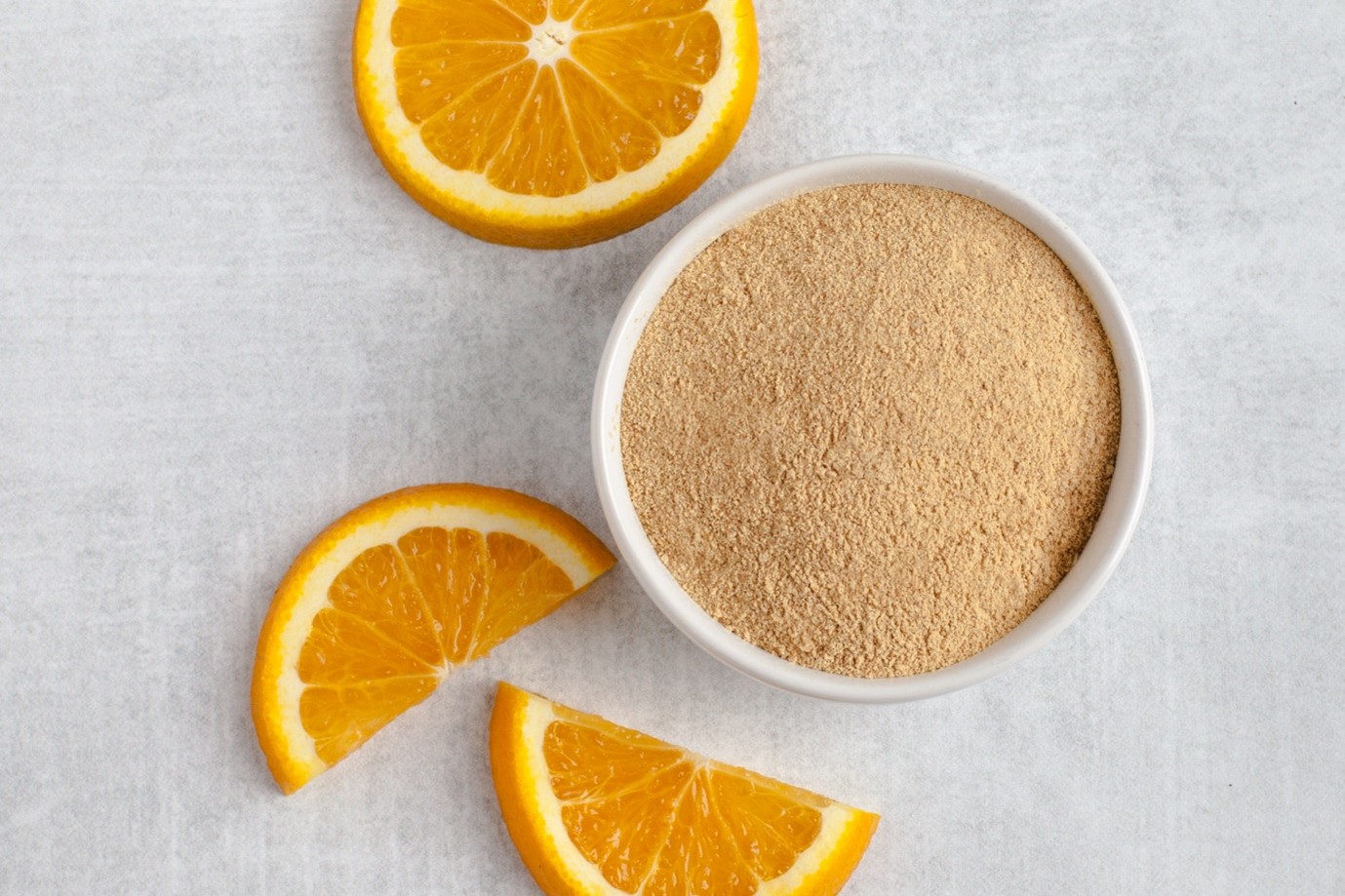
Clean up your label, drying fruit extracts without using carriers

#Changemaker: FIBC with brains
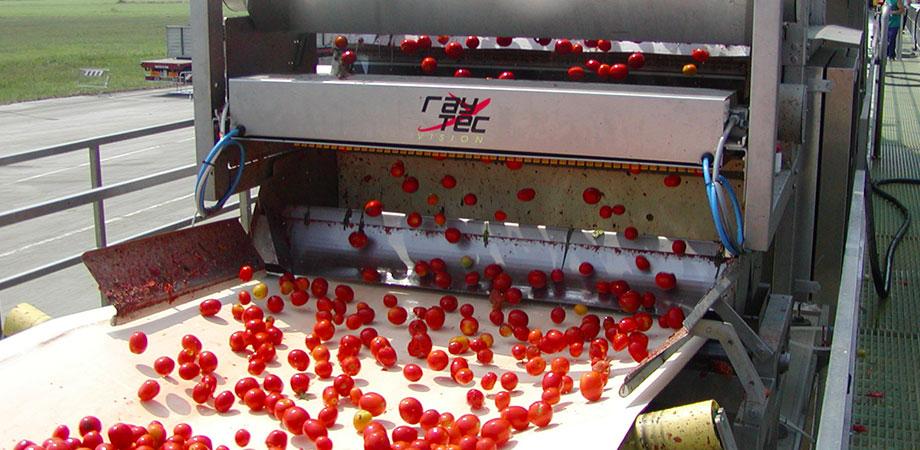
Inspect all types of tomatoes with speed up to 100 tons per hour.
Tell us about your production challenge
Fruit pulp extraction
As a natural product, sorting by quality control for ripeness and removal of foreign bodies is vital, and grading by appearance is important to the end user. Fresh fruits, like berries, can be frozen as such, or further processed into purees and concentrate.
The production steps and technology to process fruit pulp depend on the fruit type, scale of production, and desired end product. Typically fruits, such as grapes, are first washed, sorted, and inspected. Afterward, they are peeled and chopped or cut into pieces. Finally, the pulp or fruit juice is extracted, sieved, beat via rotation, and refined to create a more delicate pulp. The pulp can be pasteurized, homogenized, or further concentrated. Some manufacturers will process the seeds to be removed or extracted from the pulp. Whilst others keep the seeds in the pulp depending on what the end fruit pulp product will be.
The most common types of fruits used for making fruit pulp products include apple pear, strawberries, mango pulp, pineapple, peach, and guava.
Producing Jams & Jellies
Jams and Jellies require a minimum of 45 percent by weight in fruit pulp, juice, or pieces. Pectin is needed to set the gel and acid is added to reduce the pH level to 3.1. This process is related to concentration, as the juice is partially concentrated and sugar is added to increase the solids level to above 65 percent. Hot filled with pectin and acid makes jellies and jams reasonably shelf stable.
Vacuum concentration during boil down and rapid filling and cooling dramatically increases jelly quality and is favored over steam kettles when it comes to fruit pulp processing. Low-calorie fruit jelly is even more difficult to manufacture and store. Gel systems that require less sugar therefore usually need to be refrigerated after opening.
Processing Baby Food
Babies and young children until the age of 3, need specialized food and nutrition when they first begin eating. The food must be mushy yet nutritious, preserved well, and conveniently packed. Starting with smooth fruit- and vegetable-based purees, children slowly progress onto a mixed family diet. Healthy organic produce and products that prioritize low environmental impact are gaining territory quickly.
There are strict regulations on composition (protein, carbohydrate, fat, mineral substances and vitamins) and use of toxic pesticides on cereals and fruit and vegetables. In addition, producers must comply with extra safety standards for the hygiene, using food additives and contaminants and safe packaging.
Preserve and pack your fruit products
Aseptic processing is a technique where thermally sterilized liquid products are packaged into previously sterilized containers under sterile conditions to produce shelf-stable products that do not need refrigeration. With a Hot-fill solution, a sterilized sauce will be filled in non-sterile packaging. Only high-acid products can go without refrigeration. Another technique would be retort processing where non-sterile products are filled into non-sterile packaging and sterilized in an autoclave with pressurized steam.
Are you looking for a bulk solution to fill into large aseptic drums or containers? Or would you like to fill into containers, bottles, jars, cans, pouches, or even sachets? You need to make sure to keep your sauce safe and fresh from fill through end use. From small-scale stainless steel autoclaves for jars to high-speed aseptic pouch filling, there is enough choice for every product and production scale.
Which fruit pulp technology do you need?
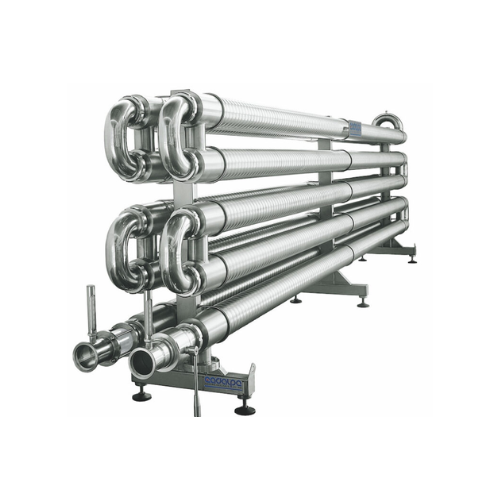
Helicoid heat exchanger for grape mash and fruit pulp
Enhance your beverage processing with a heat exchanger designed for...
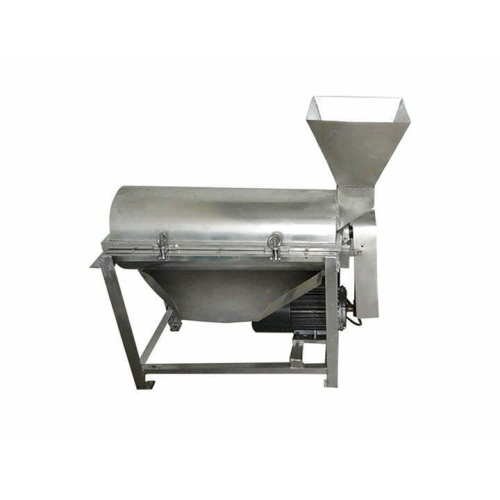
Fruit pulping system for juice production
Optimize your fruit and vegetable juice production with a pulping system that en...
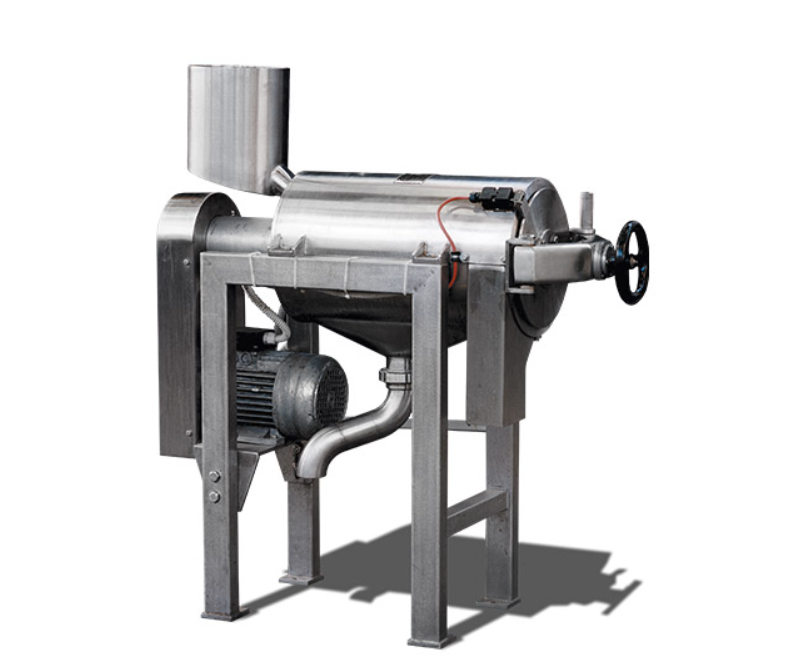
Fruit pulping machine
When making fruit pulp, a pulping machine helps you remove seeds, stems, and skins from your fruit. How...
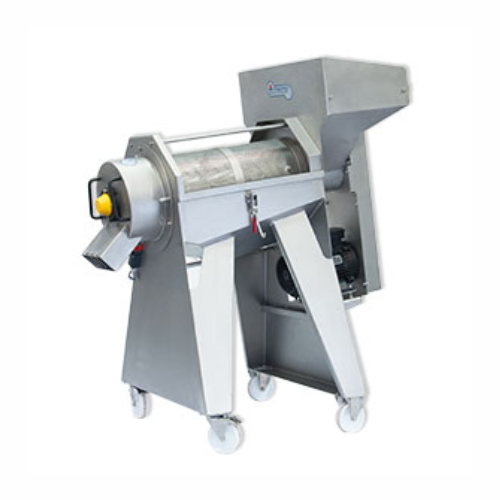
Industrial destoning solution for stone fruits
Efficiently separate stones from fruit pulp to enhance your production line...
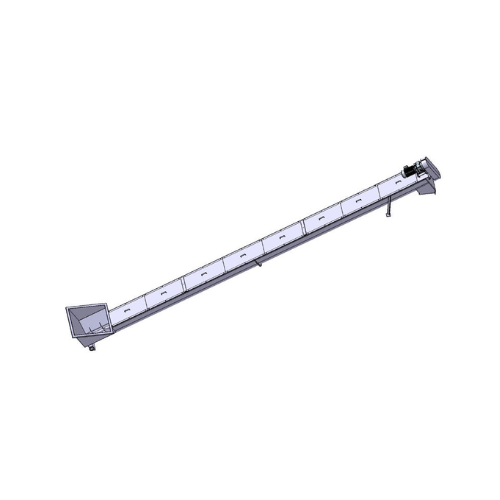
Transport screw conveyor for pomace
Efficiently convey and discharge fruit pomace with a transport screw conveyor designed ...
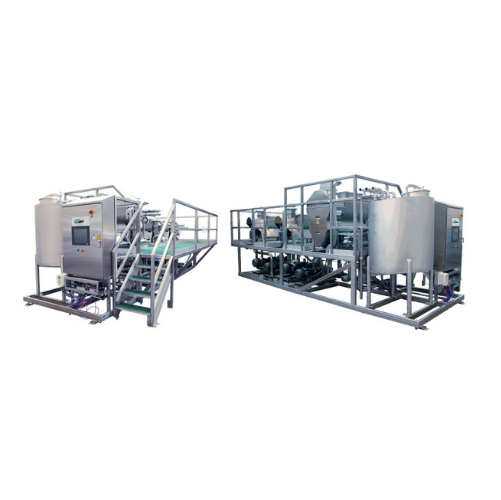
Secondary solids recovery system for citrus pulp
Optimize your juice yield and enhance efficiency with a streamlined four-...
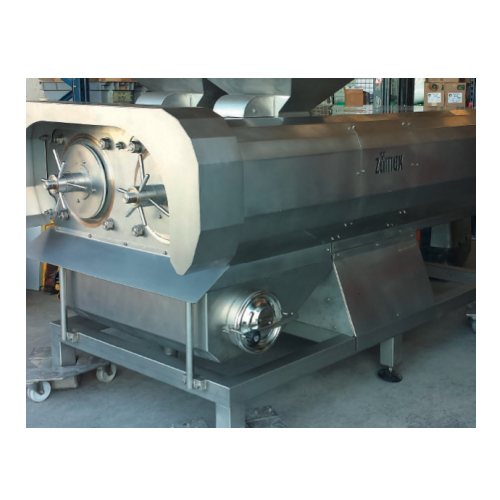
Industrial screw press for juice extraction
For juice manufacturers aiming for optimal yield and efficiency, this screw pr...

Aseptic sterilizers for fruit concentrates and pulp
Optimize your fruit processing by maintaining product quality and she...
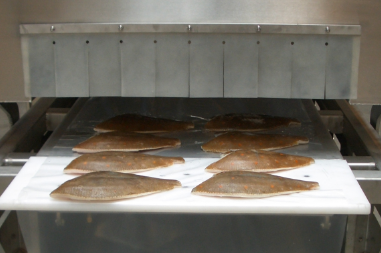
Contact freezer
Frozen food manufacturers may require pre-freezing processes as part of their production steps before conveyin...
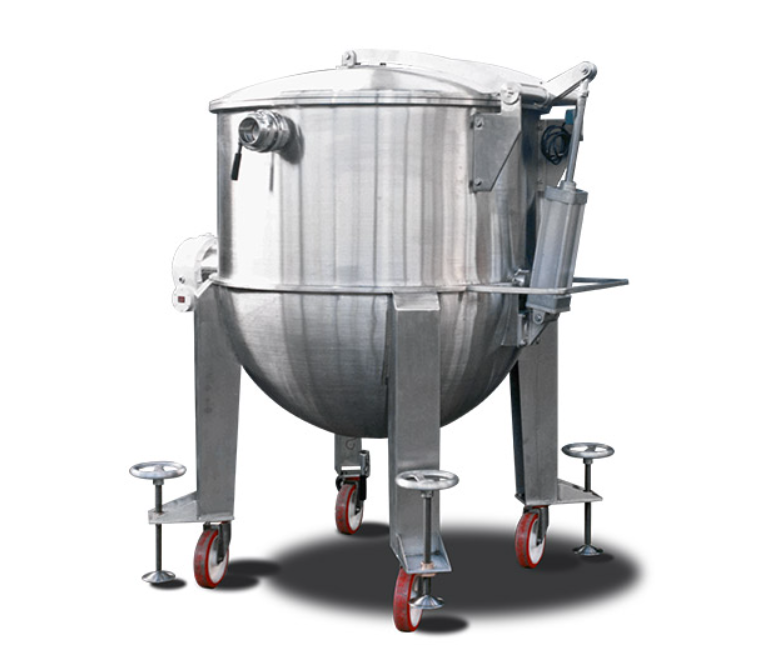
Batch cooker for fruit puree
The fruit pulp is used in many different bakery products, especially as a filling. Since fruit ...
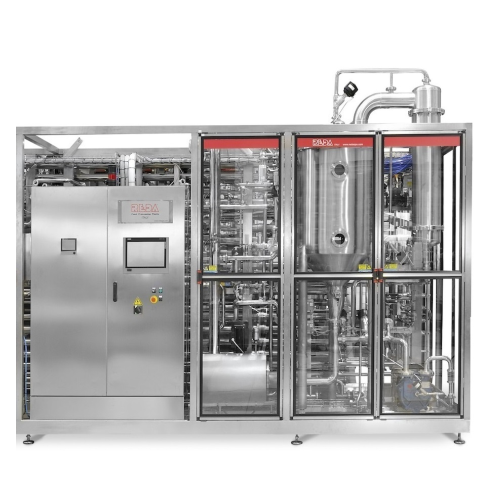
Vacuum deaeration with aroma recovery for juices
Eliminate oxygen from liquid foods to prevent oxidation while retaining v...
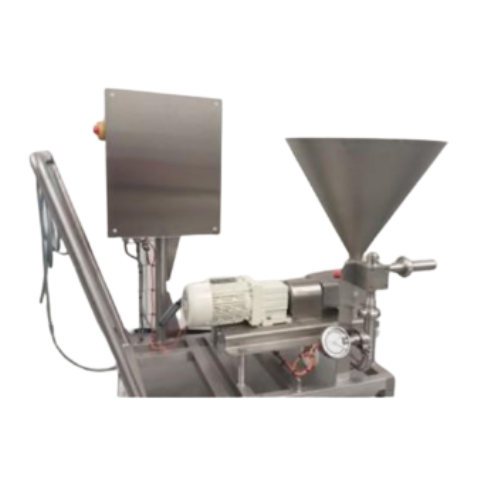
Food product smoothing system for dairy and purees
Achieve unparalleled texture and fineness in viscous food products wit...
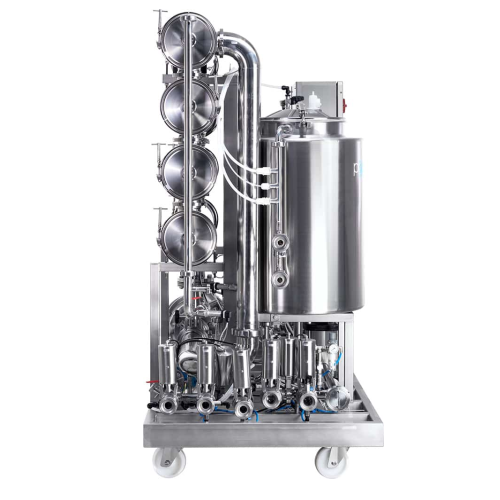
Tangential filtration system for wine production
Achieve precise filtration, purification, and concentration of compounds ...
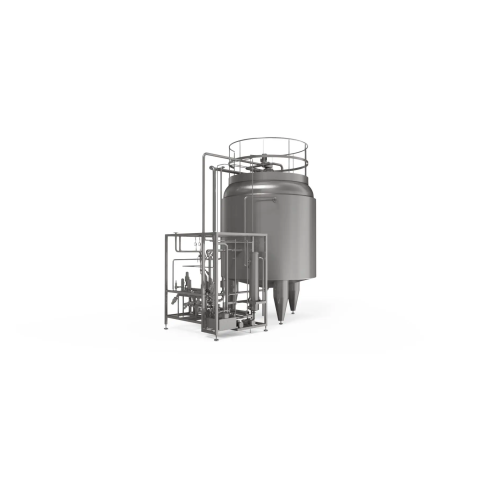
Aseptic storage tanks for high efficiency applications
Ensure consistent aseptic storage and efficient handling of variou...
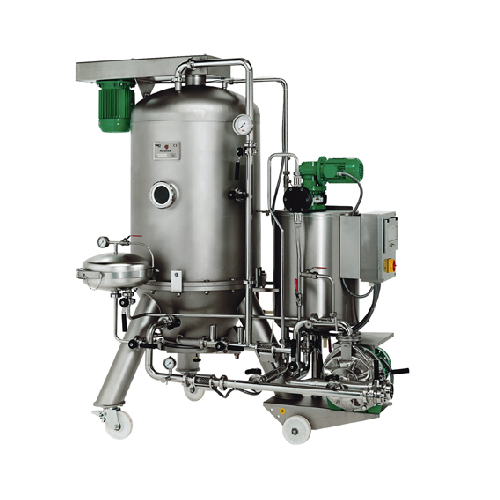
Horizontal plates d.e. filter for wine and vinegar
Optimize filtration and purification across liquids with precision, en...
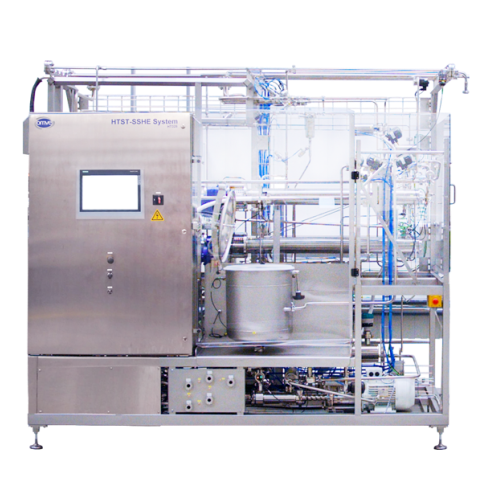
Pilot system for high-viscosity product processing
Efficiently handle high-viscosity or large particle products with this...
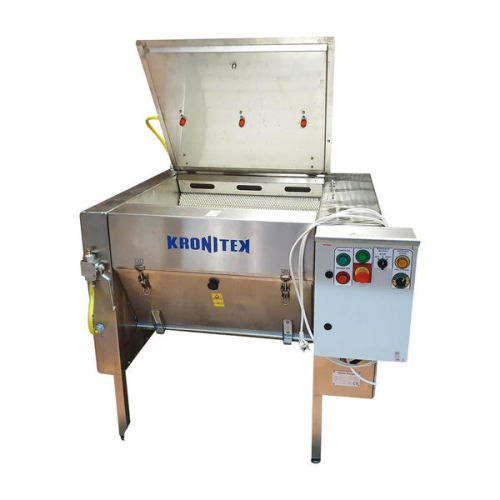
Vegetable and fruit peeling and washing
Efficiently wash and peel a wide range of fruits and root vegetables in one seamles...
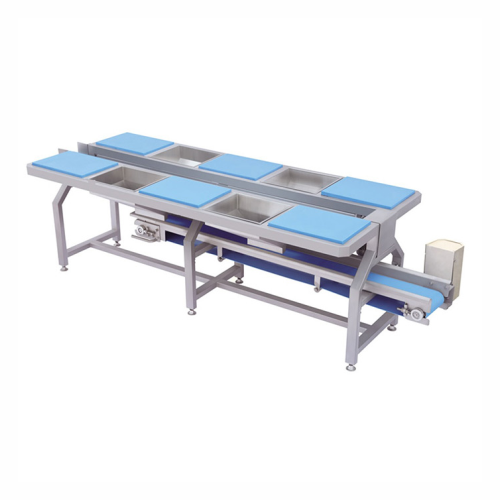
Vegetable and fruit preparation table
Optimize your food processing line with a versatile preparation table designed for ef...
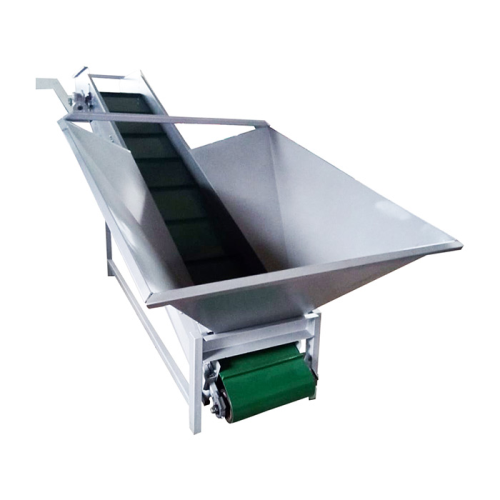
Receiving hopper for jumbo boxes
Efficiently unload and handle bulk agricultural products with ease, streamlining your pre-p...
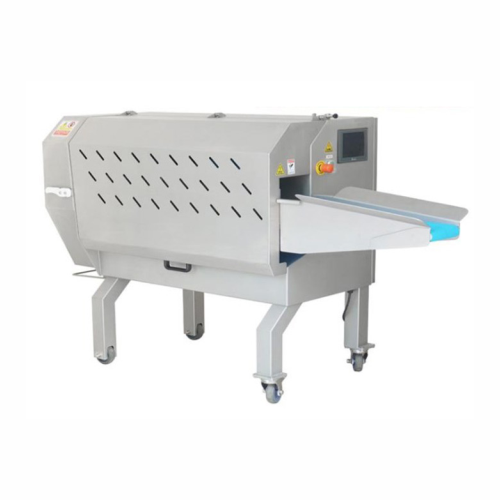
Multifunction vegetable fruit slicing solution
Streamline your food processing with a machine that effortlessly slices, di...
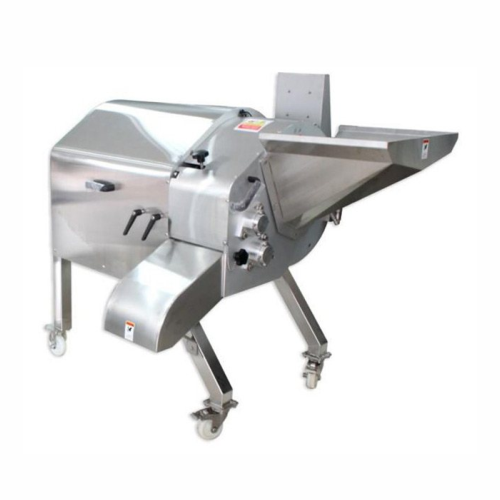
Vegetable and fruit dicer for commercial use
Efficiently transform a variety of produce into precise cubes, slices, or shr...
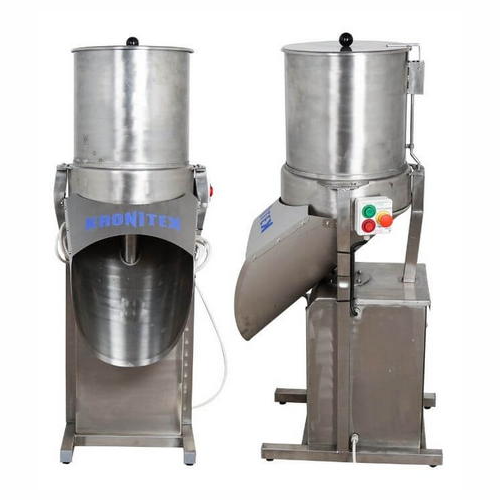
Vegetable and fruit shredder for medium-sized operations
Enhance your vegetable and fruit processing efficiency with this...
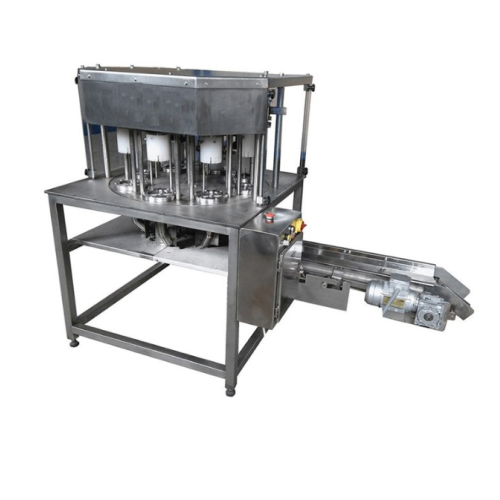
Apple coring and wedge slicing solution
Streamline your apple processing with precise coring and slicing to meet diverse pr...
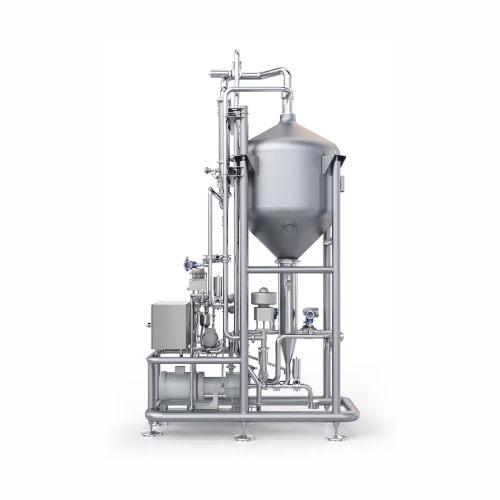
Juice product deaerator
Ensure high-quality filling without foam formation through efficient deaeration, perfect for manufact...
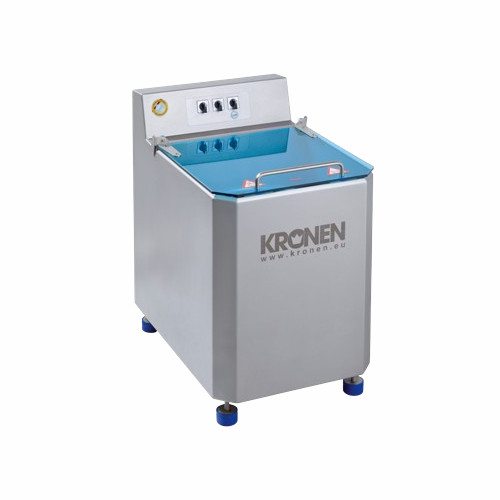
Industrial vegetable and lettuce spin-dryer
Achieve consistent, gentle drying for a wide range of food products with seven...
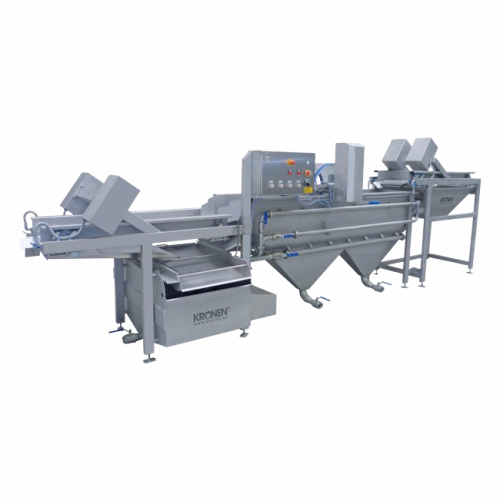
Industrial raisin washing system
Achieve thorough cleaning and separation for small, high-density food products with this in...
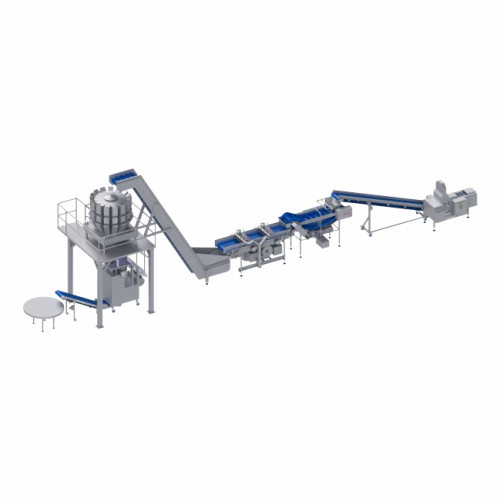
Fruit processing and packaging line
Streamline your fruit and vegetable processing with this semi-automatic system designed...
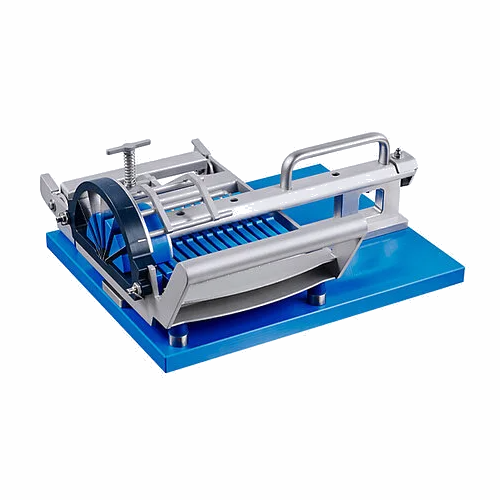
Manual melon chunk cutter
Transform your melon processing with a compact tabletop cutter, designed for efficient chunking an...
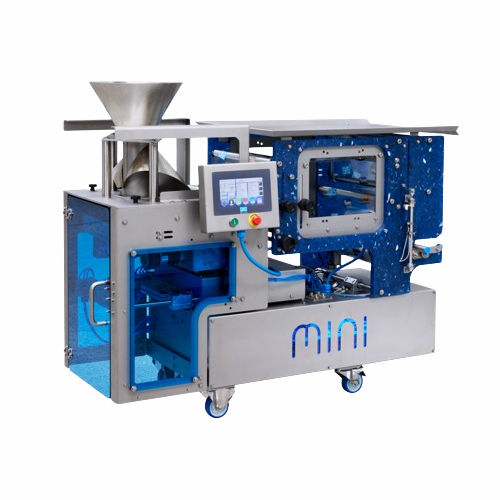
Vertical form, fill and seal packaging system for small bags
Maximize efficiency with small bag portioning for food and ...
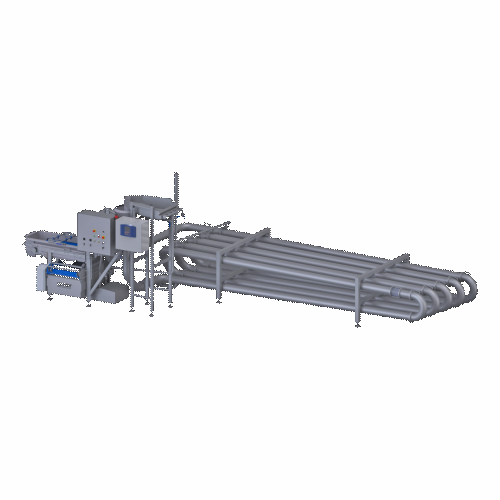
Germ reduction system for leafy greens and produce
Optimize your processing line with a flexible germ reduction solution ...
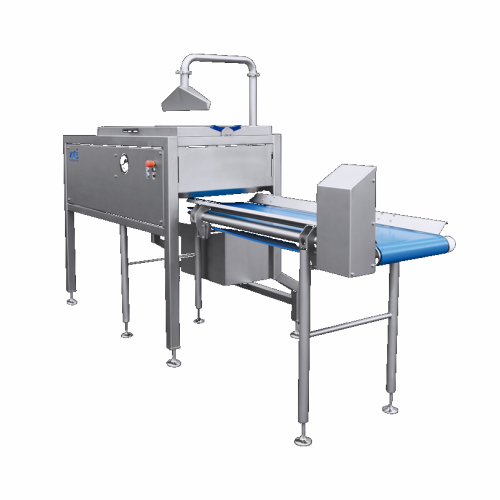
Grape destemming solution for efficient fruit processing
Streamline your fruit preparation process with a versatile machi...
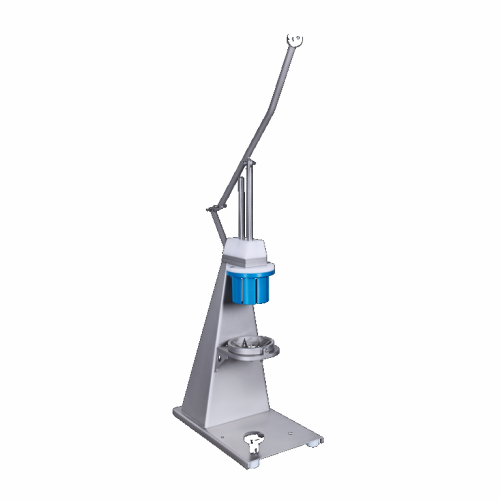
Manual vegetable and fruit grid cutter
Effortlessly transform small-sized fruits and vegetables into decorative and functio...
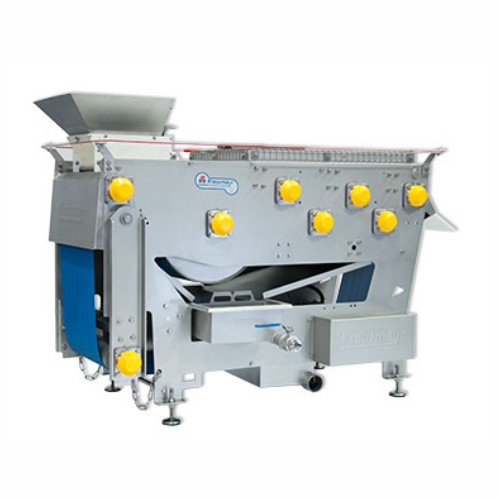
Stationary belt press for fruit juice extraction
Achieve optimal juice yield from fruits and vegetables through precise co...
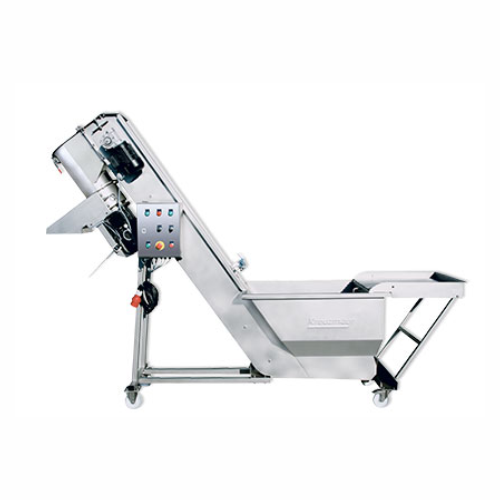
Washing and grinding system for fruit and vegetables
Efficiently wash and grind fruits and vegetables to streamline your ...
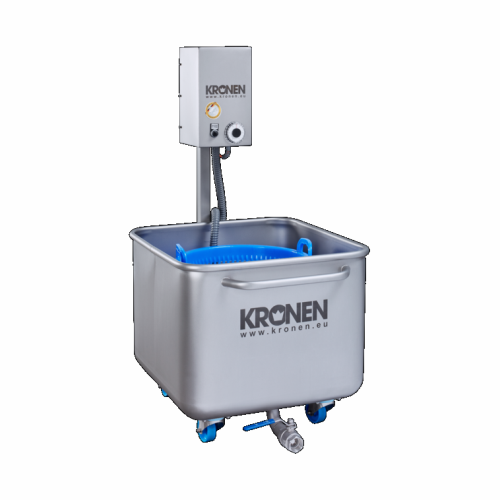
Mobile batch blower washing unit for salads and vegetables
Ensure your produce is hygienically clean and ready for furth...
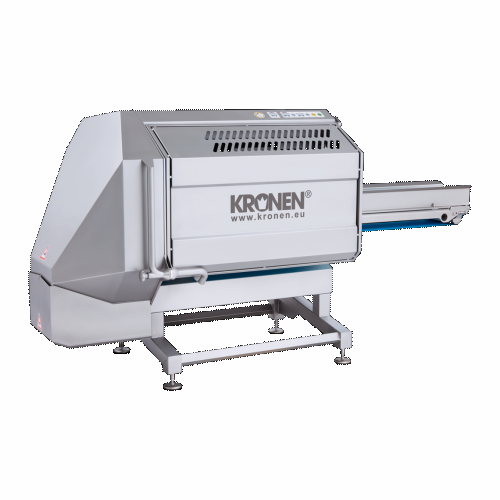
Industrial belt cutting system for vegetables and fruits
Achieve precise and high-capacity cutting for various food produ...
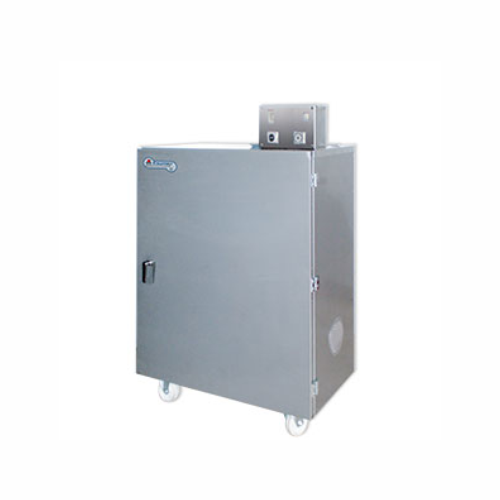
Industrial fruit drying cabinet
Efficiently transform fresh produce into long-lasting, nutrient-dense snacks with precise dr...
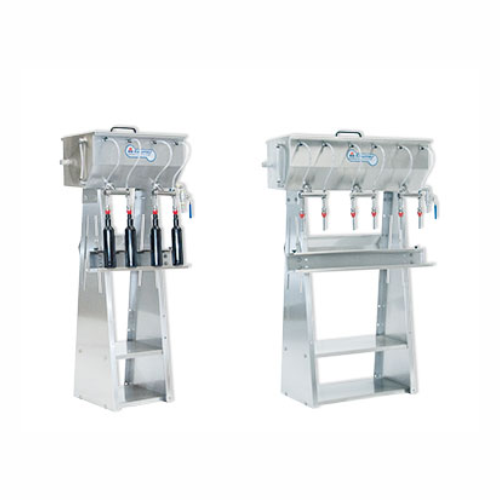
Juice bottle and bag-in-box filling systems
Streamline your juice production with versatile filling solutions that accommo...
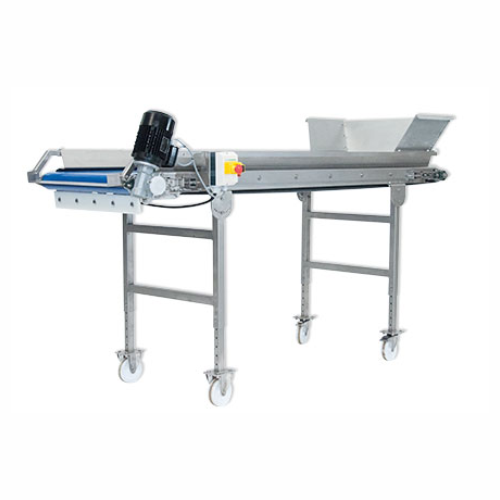
Fruit bin tipper for processing intake
Efficiently transfer fruits and vegetables from standard bins into your processing l...
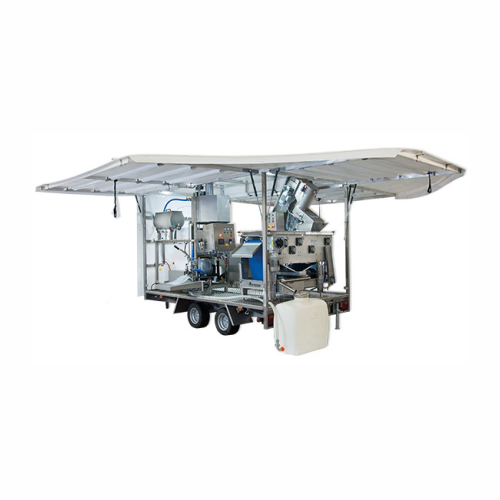
Mobile juice processing units
Transform your fruit harvest into fresh, pasteurized juices directly on-site, ensuring optimal...
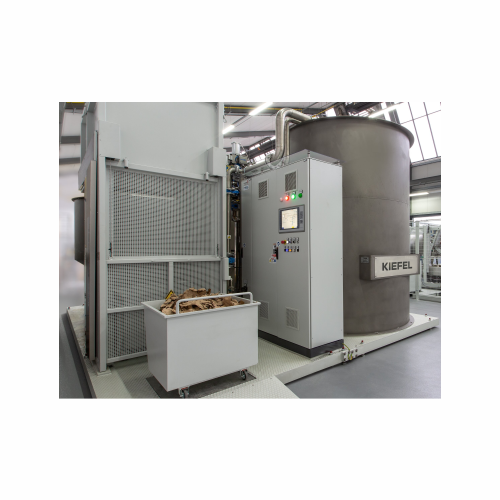
Natural fiber preparation for packaging
Achieve efficient packaging solutions by preparing natural fibers into high-quality...
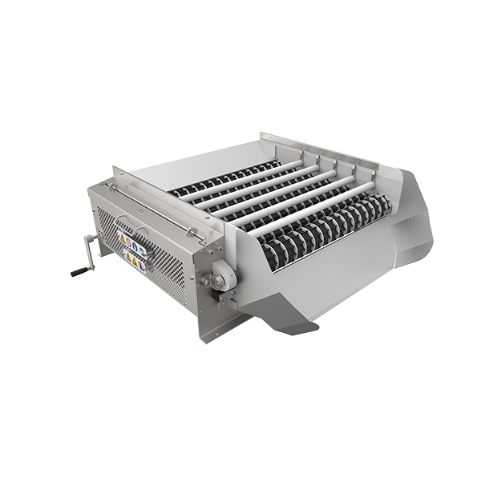
Rotary size grader for food processing
Enhance your production line by efficiently sorting and classifying produce to ensur...
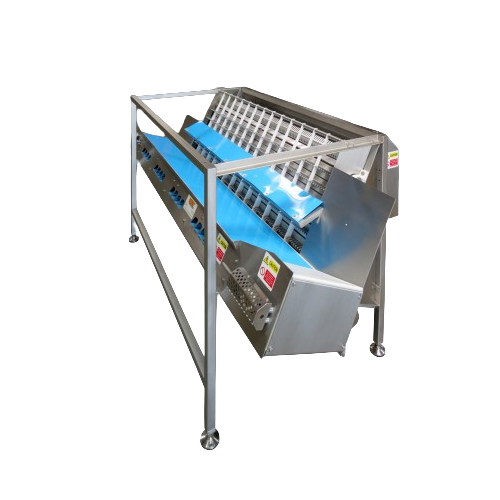
High-performance food processing and sorting solutions
Optimize your production line with integrated processing, conveyin...
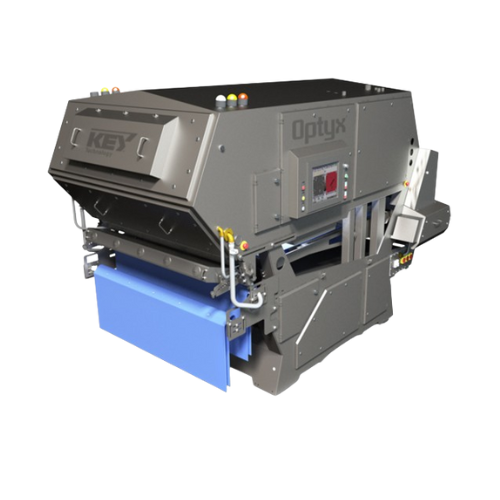
Optical sorting solution for food processing
Achieve precise sorting and maximize yield with a cutting-edge optical soluti...
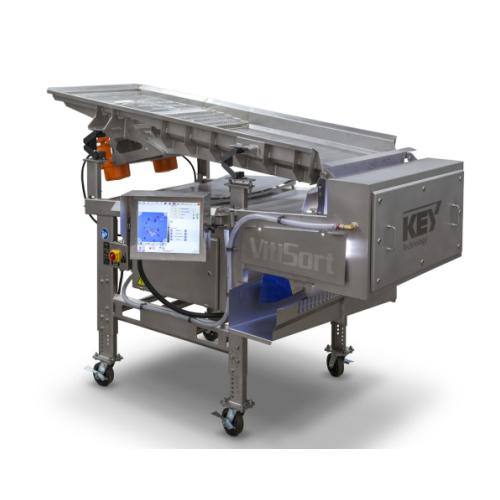
Vibratory conveyor for efficient bulk material transportation
Optimize your processing line with robust vibratory convey...
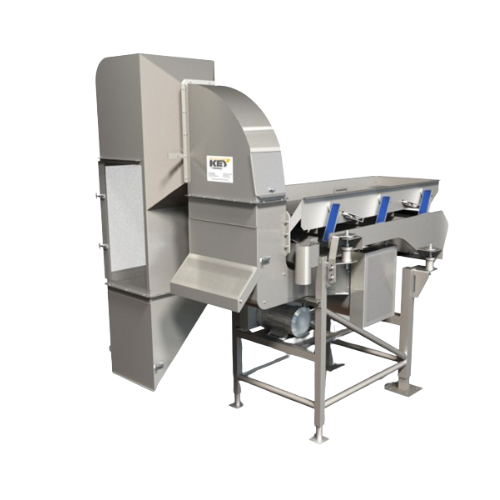
Industrial air cleaner for food processors
Optimize your production line with high-speed air separation, effectively remov...
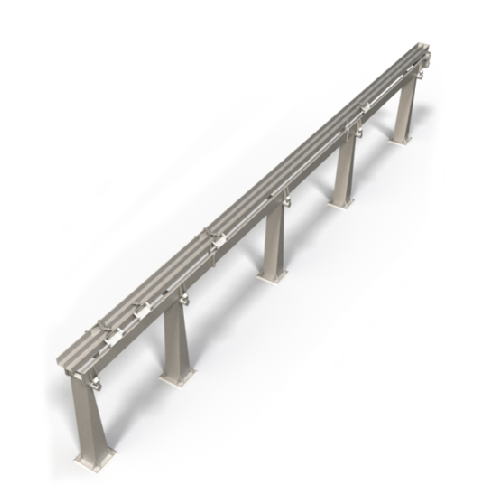
Collection conveyors for food processing
Optimize your production line by efficiently collecting and conveying solid produc...
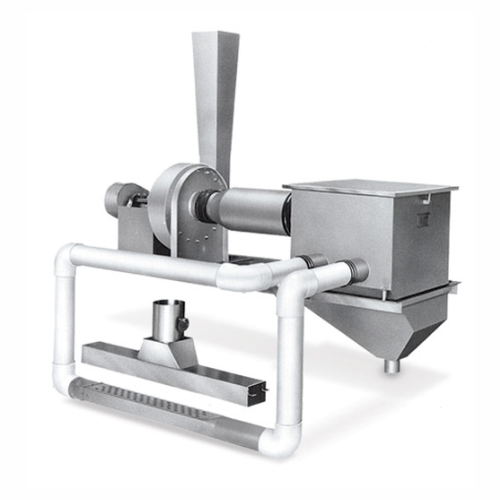
Industrial water removal system for food preparation
Enhance your production line with advanced surface water and starch ...
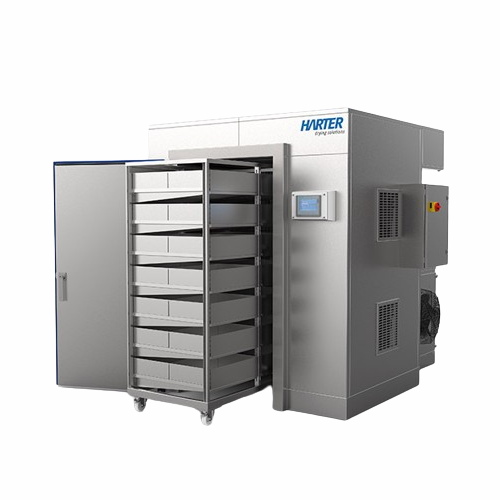
Food drying system for diverse products
Achieve precise moisture control and versatile drying for your diverse product line...
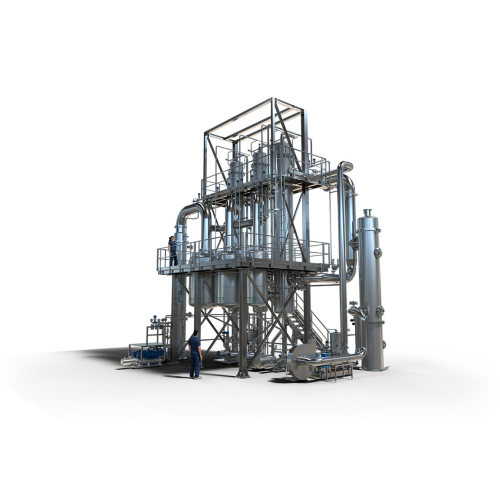
Industrial evaporators for multi-product processing
Optimize your production line with customized evaporators designed fo...
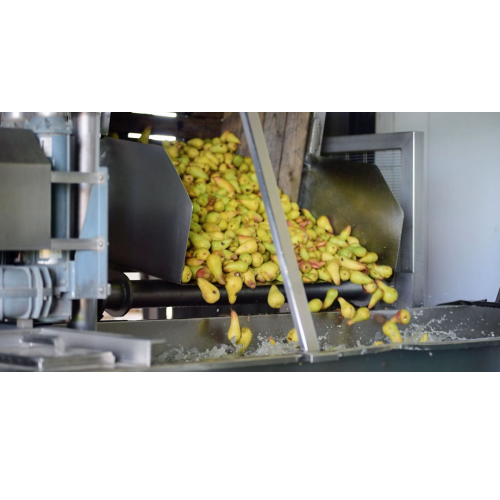
System for receiving, sorting, and destoning fruit
Enhance your fruit and tomato processing efficiency with an integrated...
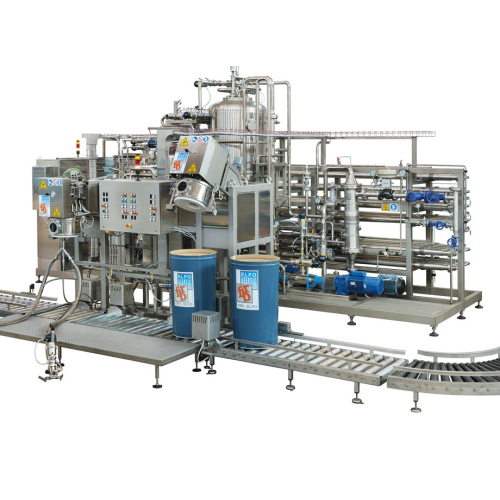
Aseptic sterilizer for fruit-based products
Ensure product safety and extend shelf life with advanced sterilization techno...
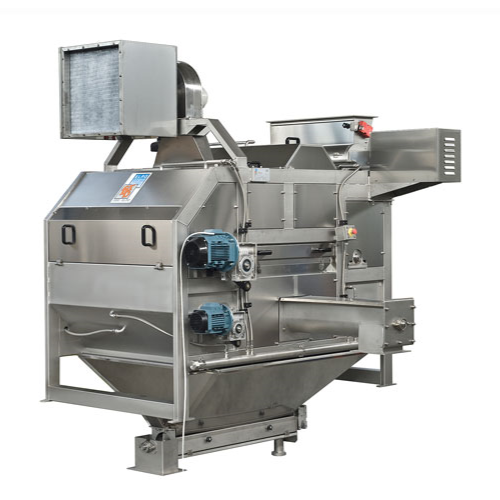
Industrial dicer and peeler for fruit processing
Achieve seamless integration in your processing line with a dicing and pe...
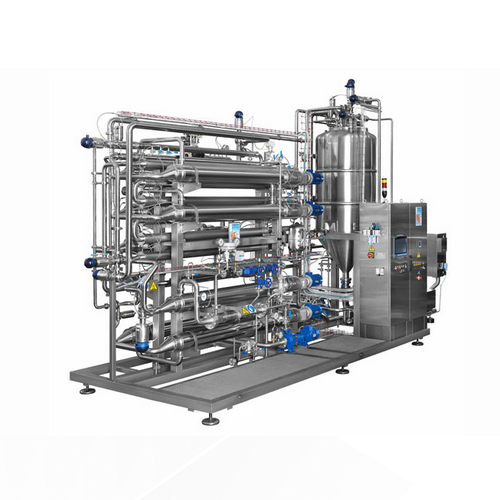
Scraped surface sterilizers for food industry products
Optimize your food processing line with high-efficiency sterilizat...
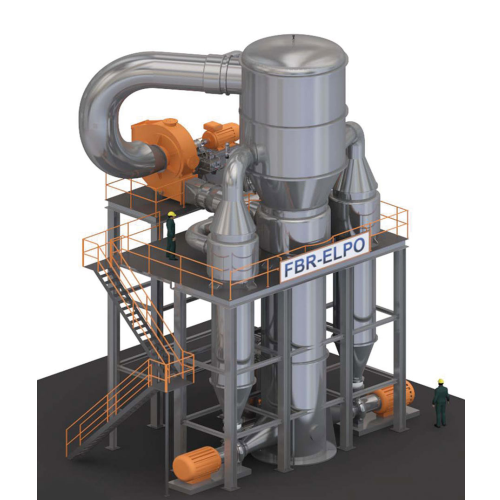
Fruit juice pre-concentrator
Enhance your juice concentration process with a system that increases brix levels efficiently, ...
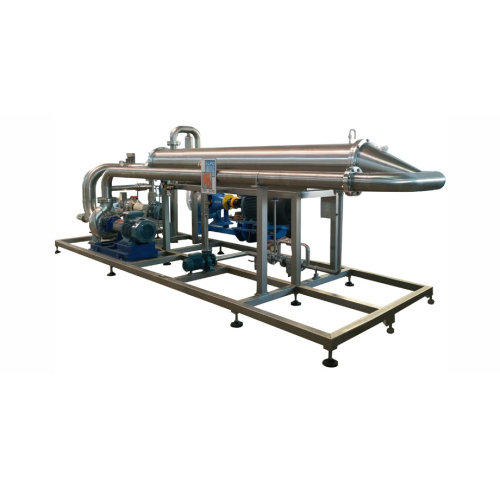
Enzymatic inactivators for fruit juice extraction
Optimize your fruit juice extraction process by ensuring precise contro...

Evaporator for pulpy juice concentration
Achieve efficient concentration with reduced energy consumption, thanks to innovat...
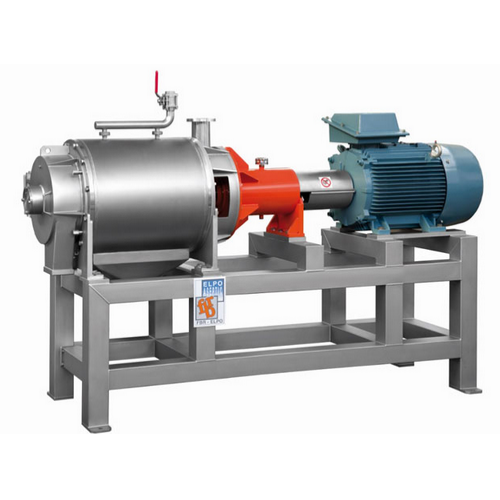
Juice extractor for fruit and vegetable processing
Maximize juice yield and enhance pulp quality with high-performance ex...
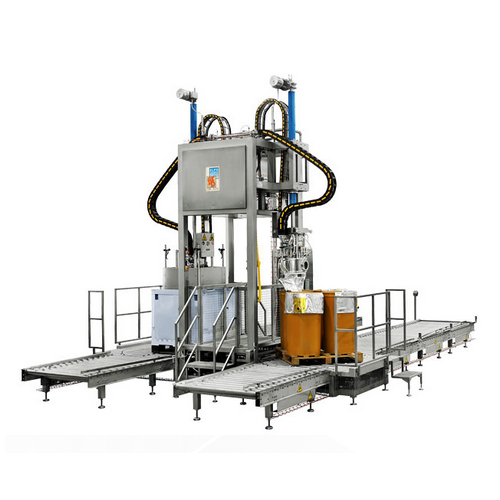
Aseptic filler for large bags
Ensure safe and sterile packaging of liquid and slurry products in large formats with this ase...
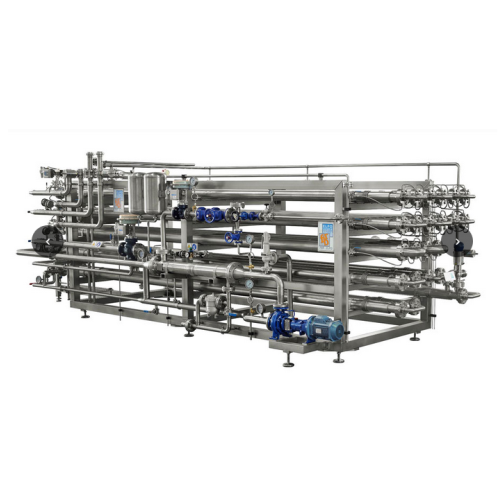
Sterilizer for liquid and viscous products
Effortlessly process and sterilize diverse liquid products, from concentrated j...
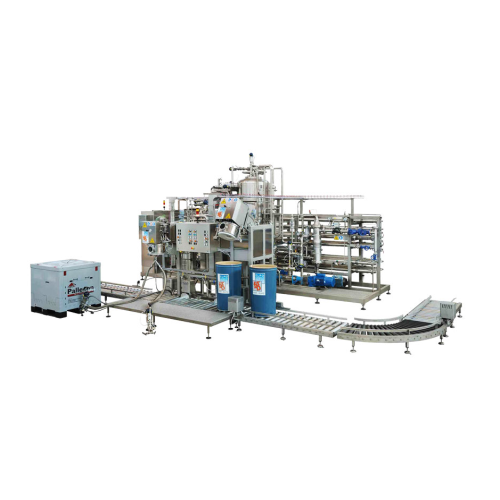
Aseptic treatment and filling for concentrates and purees
Optimize your processing line with a compact solution that com...
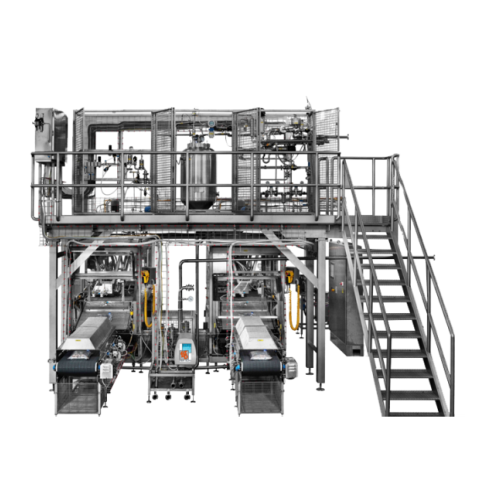
Aseptic bag-in-box filler for juices and purees
Enhance your filling operations with a high-speed aseptic solution designe...
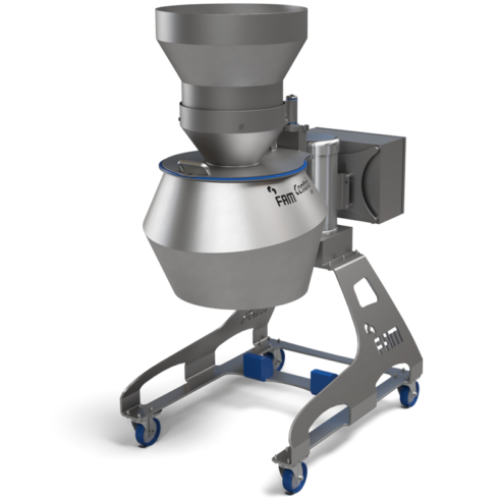
Vegetable and fruit centrifugal slicer and shredder
Enhance your food processing with high-capacity slicing and shredding...
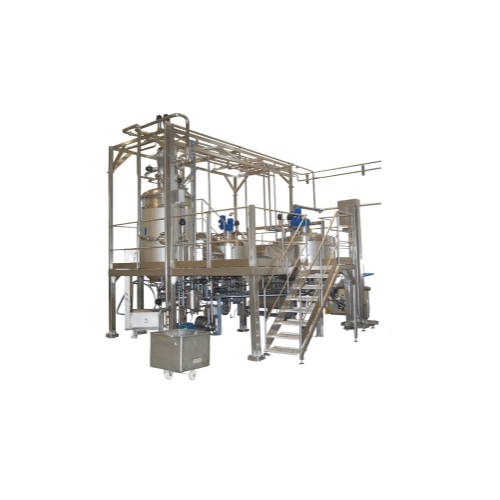
Fruit processing system for jams and marmalades
Optimize your fruit-based product manufacturing with equipment designed fo...
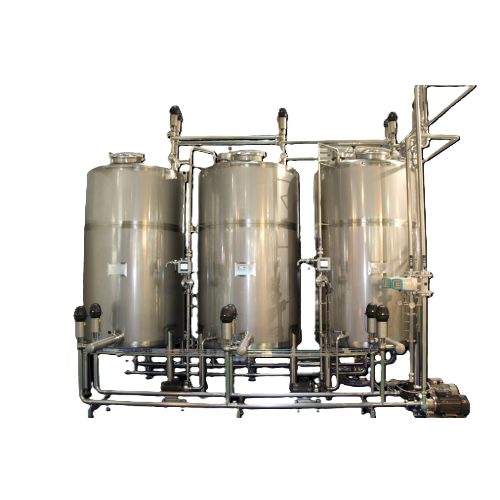
Cleaning and sterilization system for food factories
Ensure optimal hygiene and safety in your production line with advan...
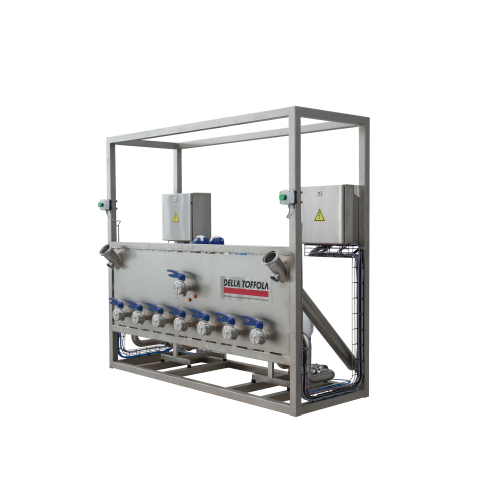
Concentrate drum emptying system
Efficiently extract every drop of fruit concentrate from your drums with precision and ease...
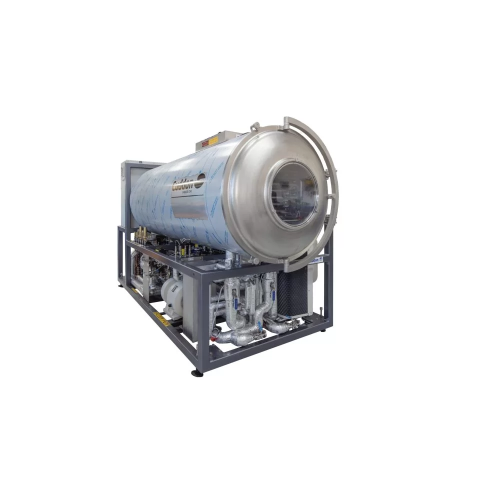
Freeze dryer for high sugar or acid content products
Achieve precise moisture control for challenging high sugar or acid ...
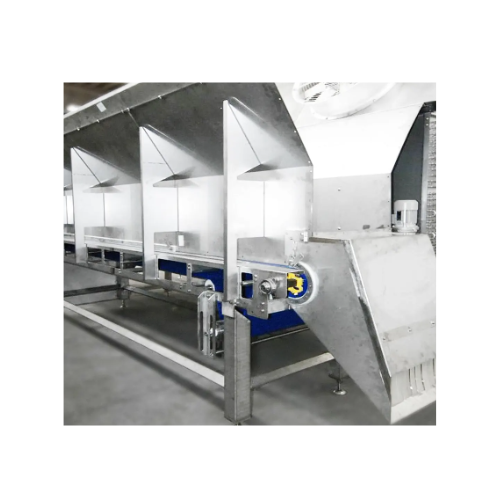
Fluidized bed freezer for fruits and vegetables
Efficiently freeze fruits and vegetables without clumping, thanks to advan...
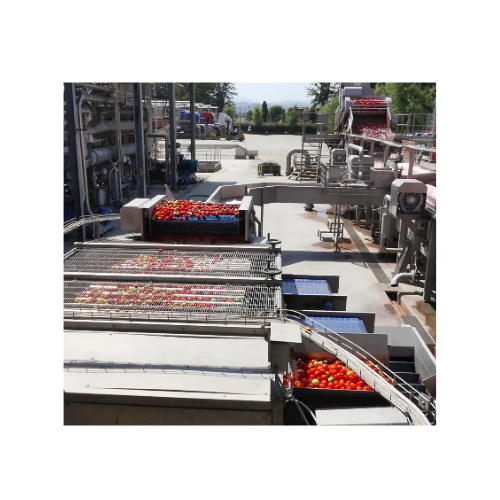
Precision size grader for tomatoes and round fruits
Ensure precise grading and sorting of tomatoes and round fruits to op...
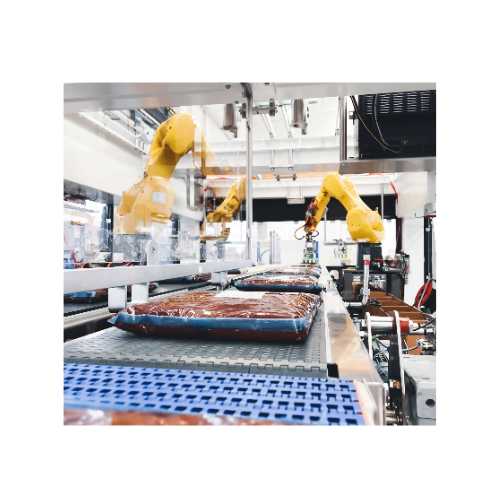
Robotic case packers for bags and pouches
Efficiently pack a variety of bagged and pouched products with precision handlin...
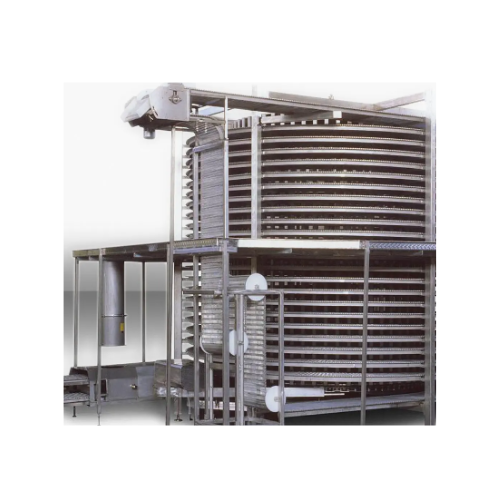
Industrial spiral freezing system
Optimize your food processing line with a reliable spiral system, designed to efficiently...
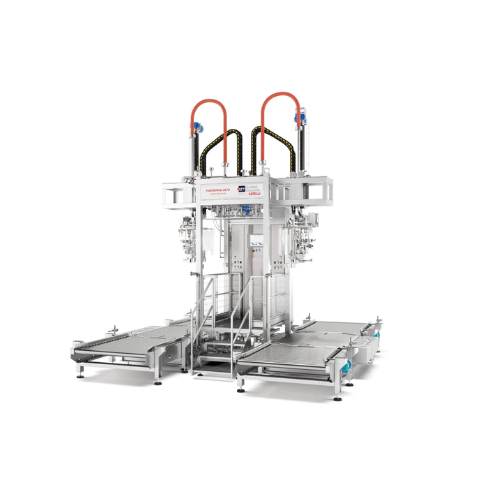
Aseptic fillers for liquid and viscous products
Ensure sterile and precise filling of liquid and viscous foods with adapta...
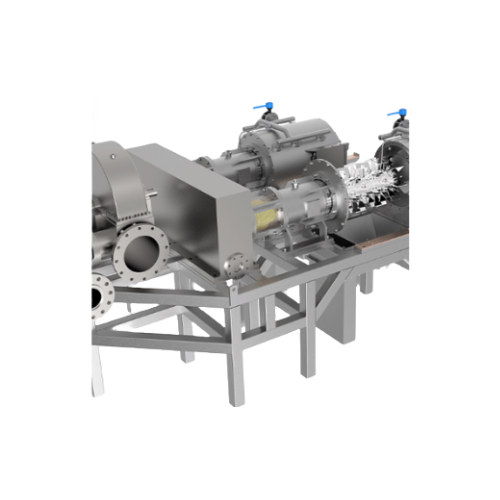
Tomato processing crushing mill
Optimize your production line with efficient chopping and refining, ensuring uniformity and ...
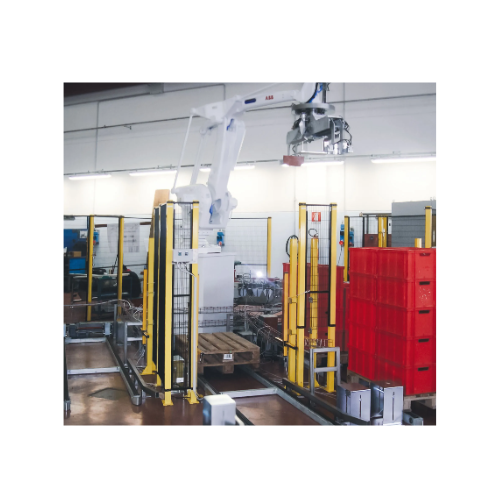
Robotic depalletizers for bins
Efficiently optimize your warehouse space while ensuring precise and adaptable material handl...
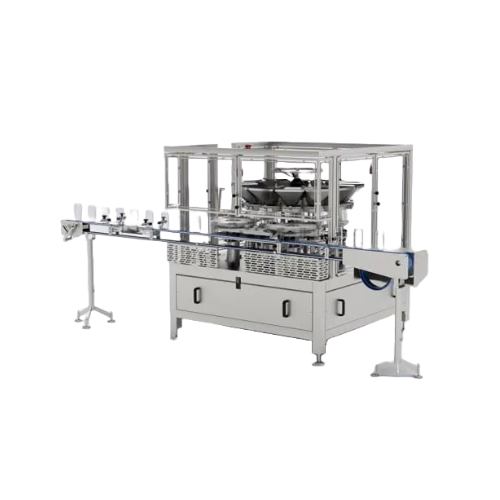
Vibratory rotary filler for accurate filling in food packaging
Achieve precise and efficient filling of diverse solid pr...
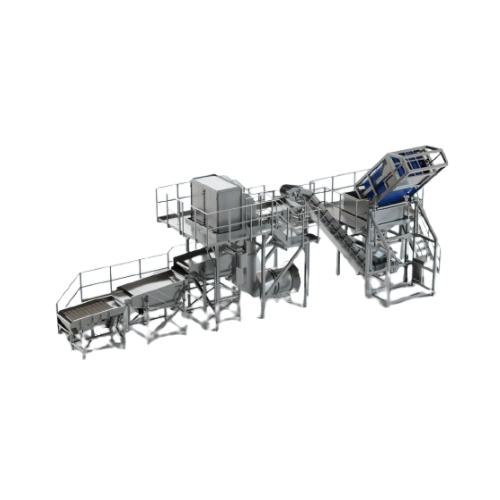
Pre-cleaning system for Iqf berries
Ensure the purity of your IQF berries with advanced pre-cleaning technology that expert...
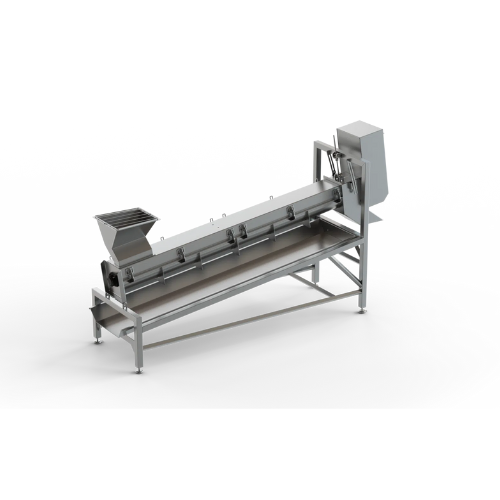
Fruit strigger for Iqf berries
When processing IQF berries, achieving precise stem and flower removal ensures superior quali...
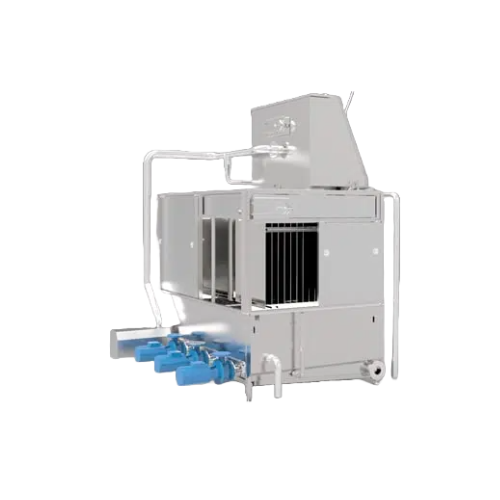
Industrial water chiller for efficient cooling
Achieve precise temperature control and efficient heat transfer with this w...
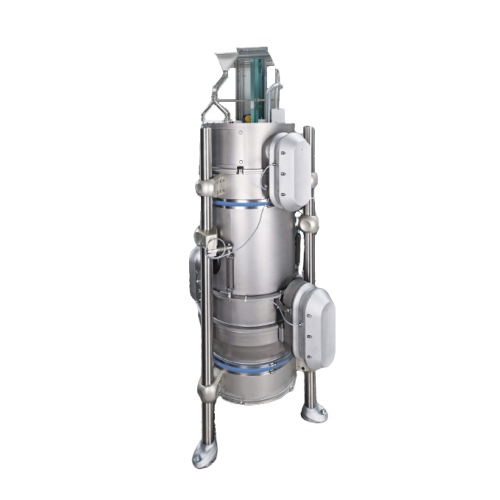
Advanced superheated steam drying solution
Harness the power of consistent drying technology to achieve optimal moisture c...
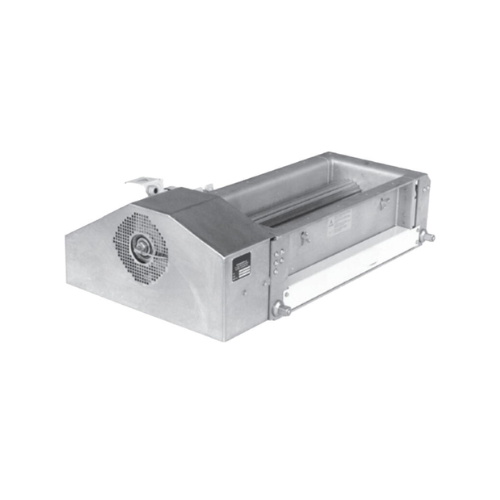
Crushing mill for berries and stone fruits
Optimize your juice production by achieving the finest mash from berries and st...
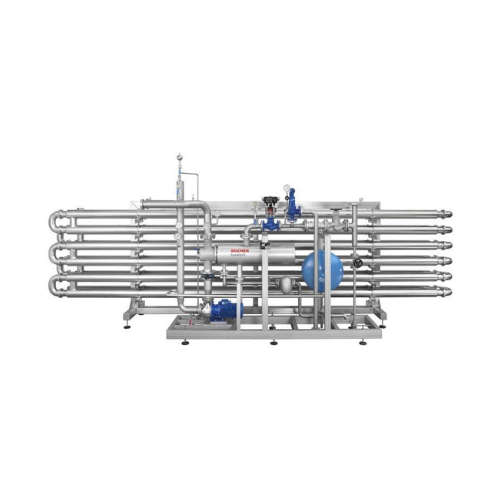
Mash heater for core fruits and berries
Improve juice extraction and color yield in your fruit processing line with this in...
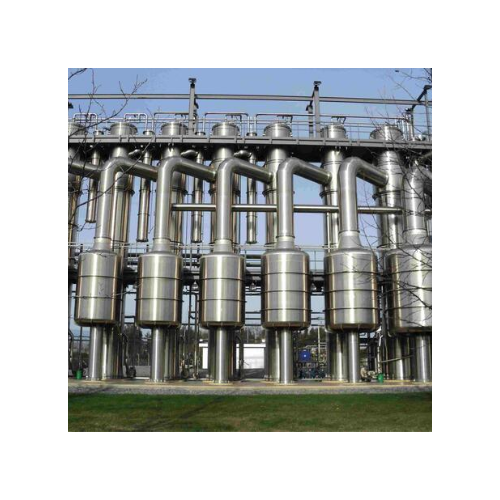
Tubular falling film evaporator for fruit juice concentrates
Optimize your fruit juice concentration process with seamle...
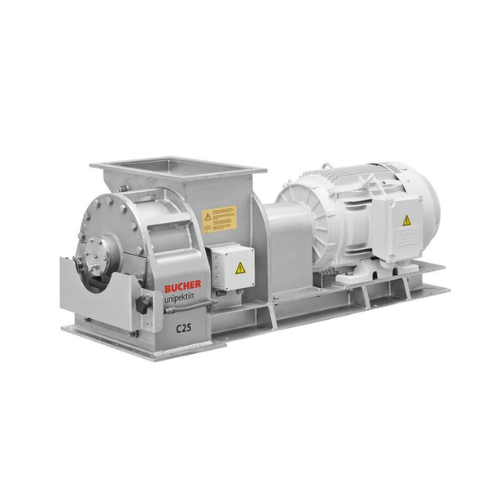
Grinding mill for apple and pear mash
Optimize your fruit and vegetable processing with a high-speed, energy-efficient grin...
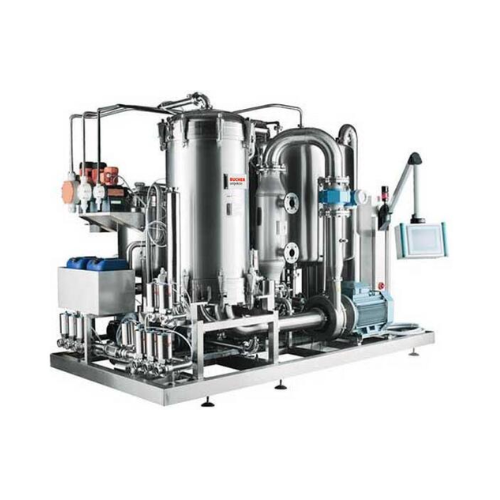
Cross-flow filtration for wine and fruit juice
Achieve high-quality filtration and purification for liquid and slurry prod...
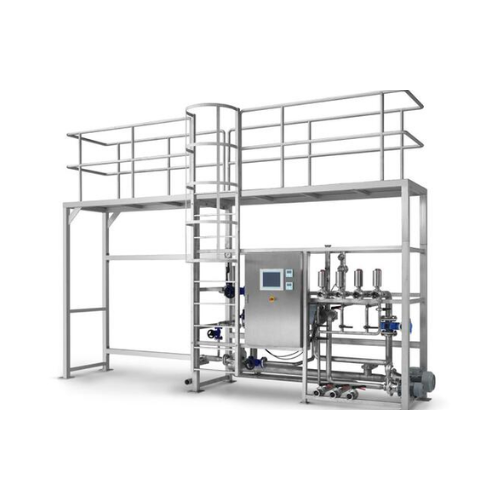
Industrial Cip system for fruit juice production lines
Ensure optimal hygiene and operational efficiency with advanced CI...
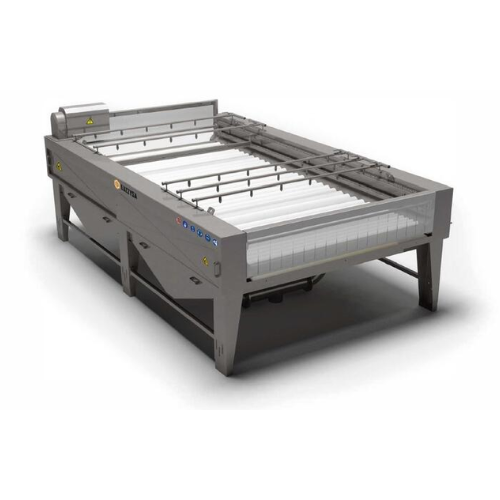
Citrus brush washer
Ensure optimal cleanliness of citrus fruits with a mechanical washer that combines rotating brushes and t...
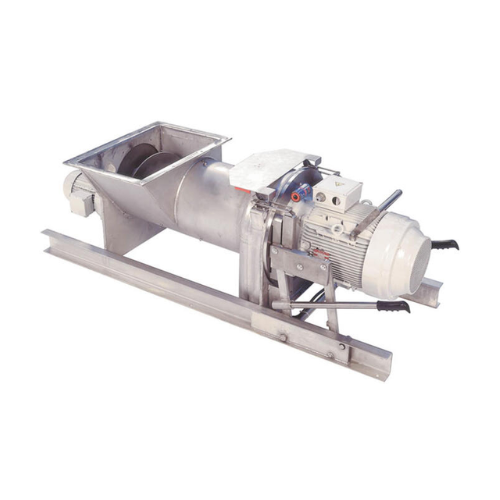
Grinding mill for apples and pears
Optimize juice yield with tailored grinding for a variety of fruits and vegetables, ensu...
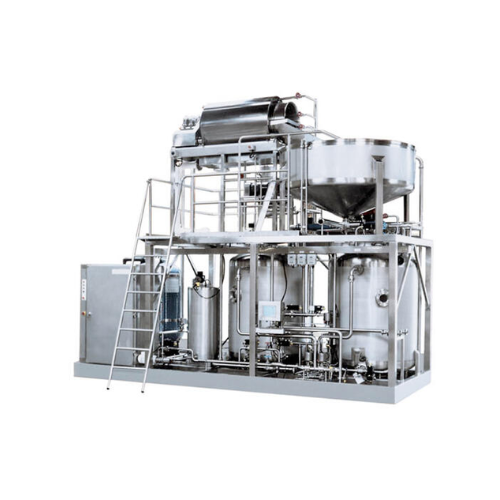
Adsorber for haze stabilisation in clear fruit juices
Achieve precise haze stabilization and debittering in fruit juices ...
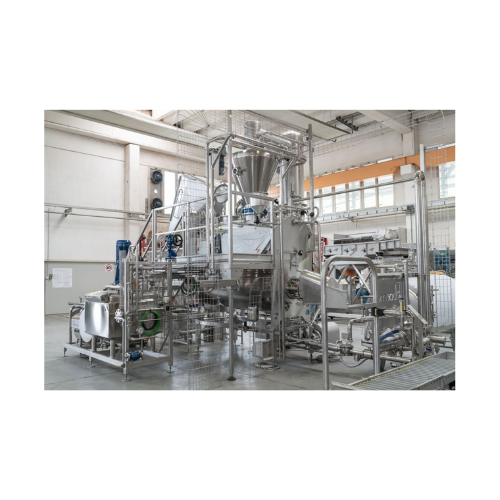
Horizontal evaporation bowl for fruit jams and purees
Optimize thermal exchange and preserve product integrity during jam...
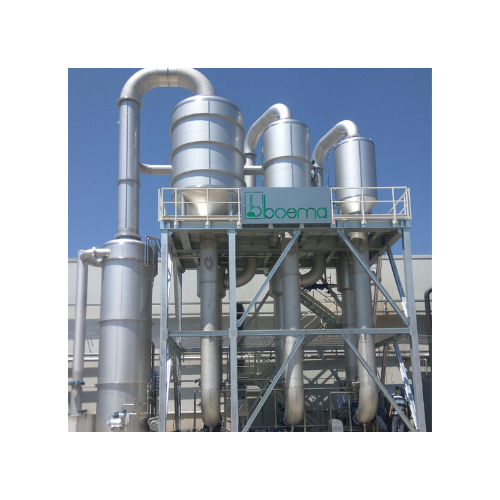
Evaporator for juices and purees
Efficiently concentrate liquid products like apple juice, tomato puree, and chocolate sauce...
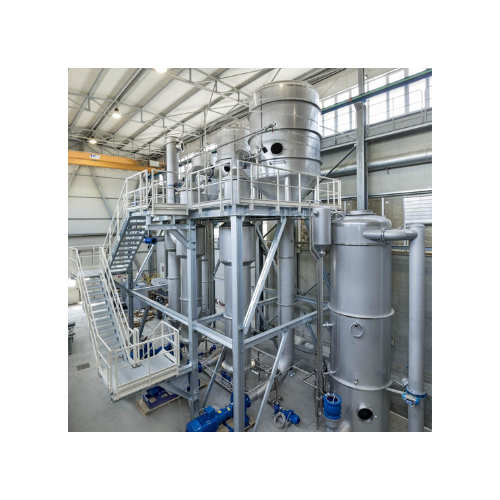
Evaporators for fruit and vegetable juices and purees
Optimize your juice and puree production with advanced evaporators ...
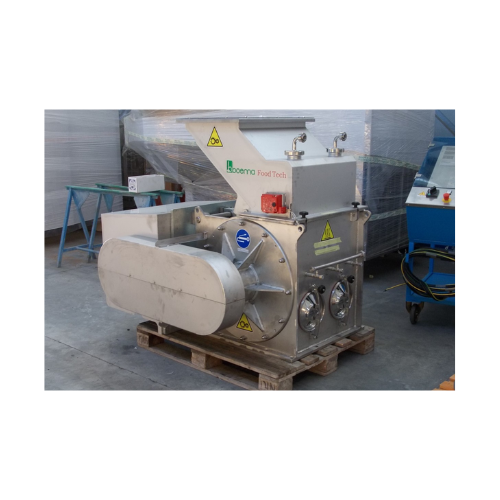
Hammer pulping system for fruit and vegetable processing
Optimize your fruit and vegetable pulping process with a high-sp...
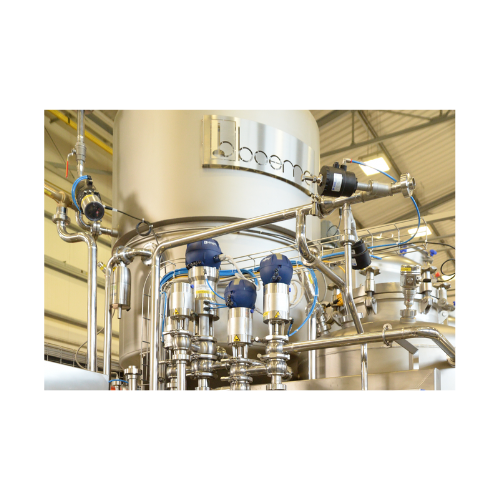
Vacuum degasser for juices and purees
Enhance the quality of your liquid products with efficient degassing and flavor recov...
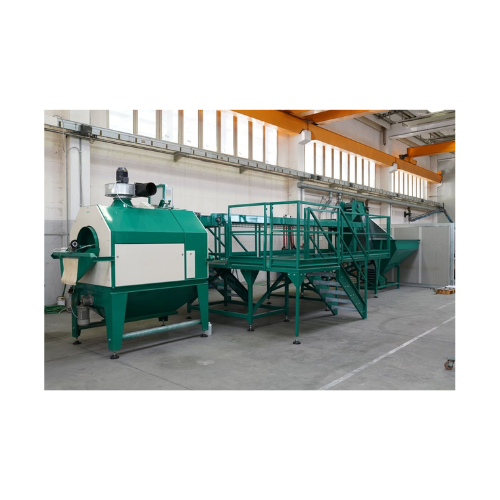
Chestnut processing line for fresh market
Efficiently transform raw chestnuts into polished, fresh market-ready products w...
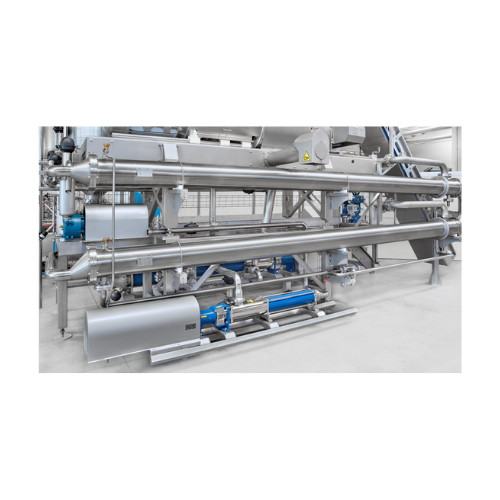
Heater for enzymatic inactivation of fruit and vegetable pulp
Optimize your puree and concentrate production with effici...
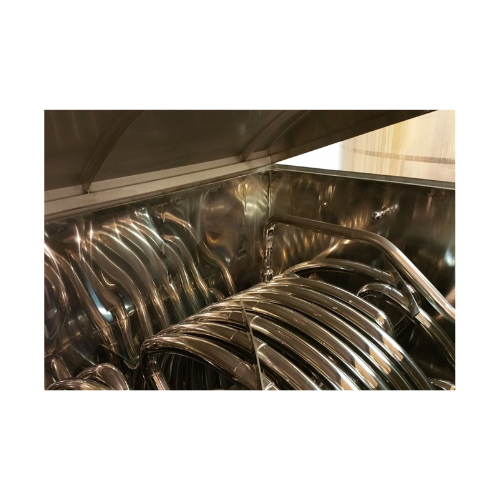
Continuous cooker for vegetables and fruits
Optimize your production line with a continuous cooker designed to defreeze an...
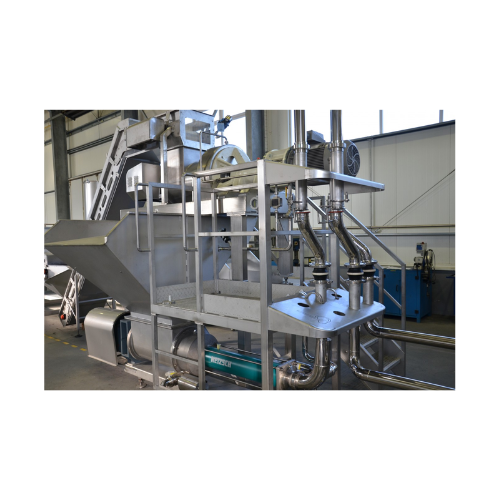
Shelling mill for Iqf and frozen fruit lumps
Effortlessly process frozen fruit and vegetable conglomerations into shelled ...
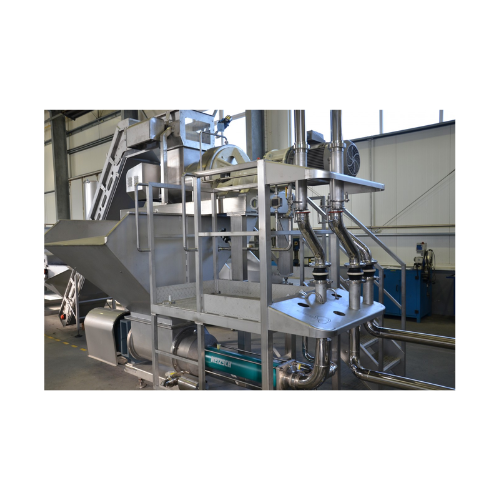
Shelling mill for Iqf and frozen lumps
Precision-engineered for the seamless transition from frozen state to process-ready ...
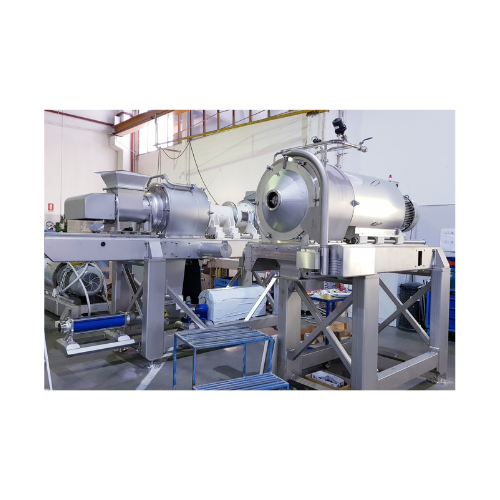
Turbo extractor for puree and concentrate production
Enhance your puree and concentrate production with a turbo extractor...
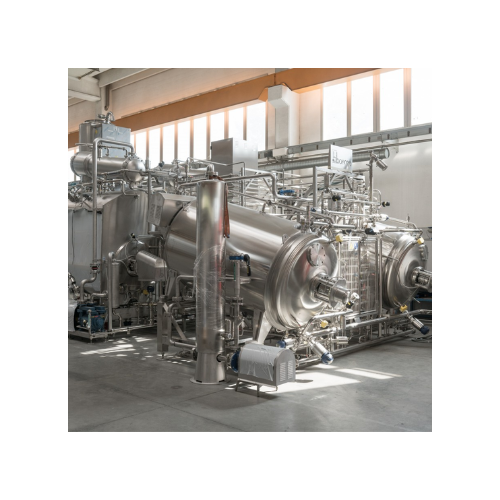
Sterile cooling system for fruit preparations
For manufacturers seeking aseptic conditions, this cooling system ensures ra...
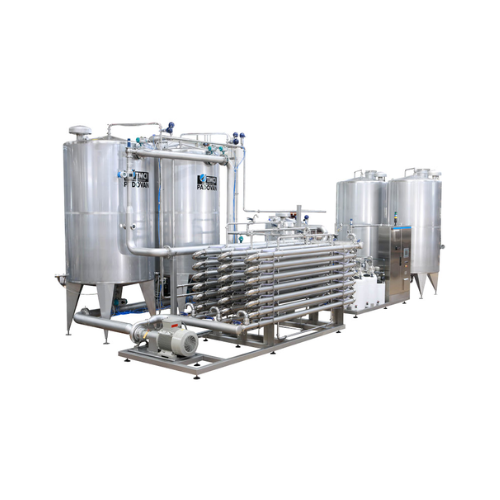
Ultrafiltration for fruit juices and nectars
Optimize your juice and nectars production with precise ultrafiltration, ensu...
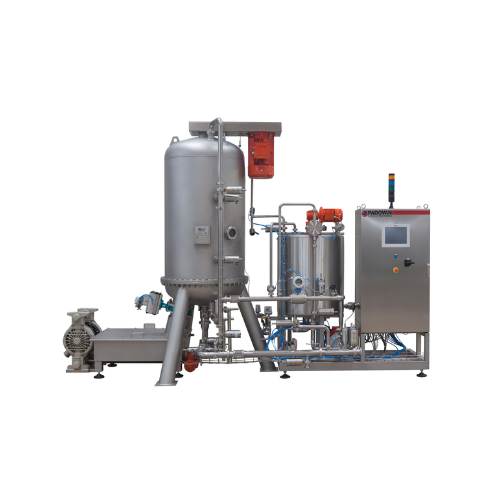
Diatomaceous earth pressure filter for fruit juices and soft drinks
Achieve exceptional clarity and taste in your bever...
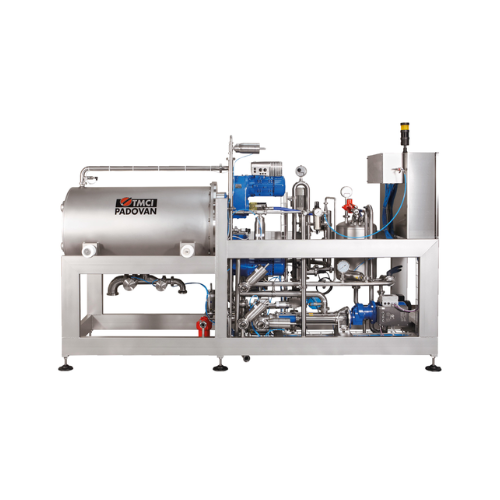
High solids crossflow filter for fruit juices and nectars
Eliminate the challenges of suspended solids in beverage produ...
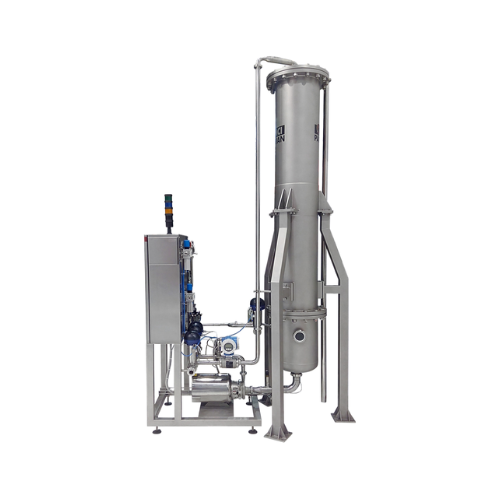
Deaeration system for fruit juices and soft drinks
Enhance your beverage quality by efficiently deaerating and carbonatin...
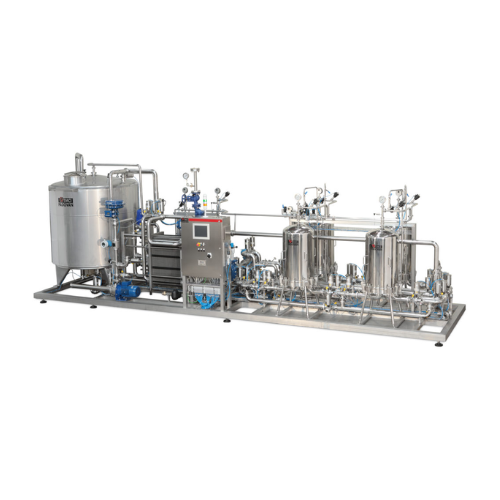
Microfiltration system for fruit juice and soft drinks
Ensure optimal purity and flavor retention in your beverages with ...
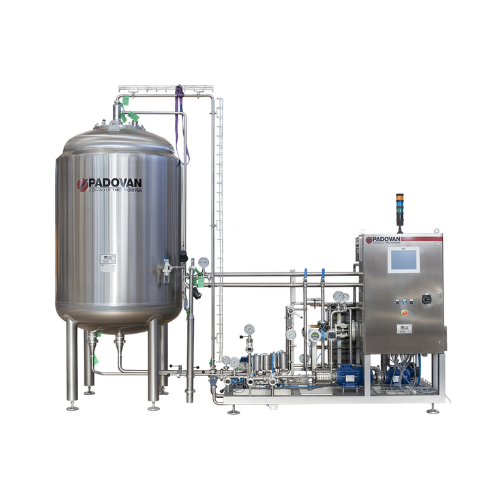
Plate flash pasteurizer for fruit juices and soft drinks
Ensure the purity and safety of your beverages with precision th...
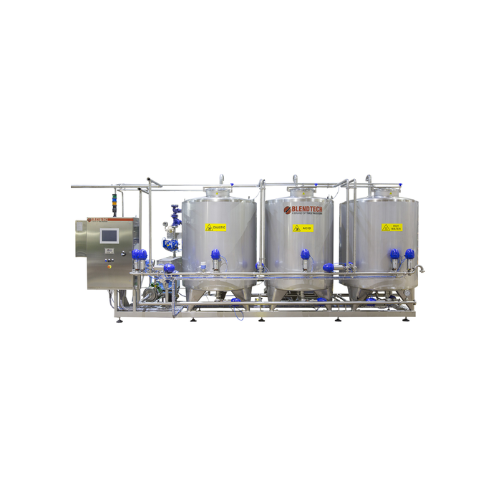
Cleaning in place for fruit juices and soft drinks
Ensure maximum hygiene and reduce downtime in your beverage production...
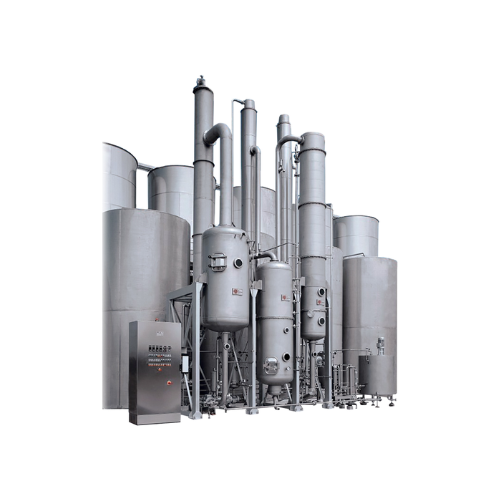
Desulphurizer for fruit juices and nectars
Enhance beverage quality by efficiently removing sulphur dioxide from fruit jui...
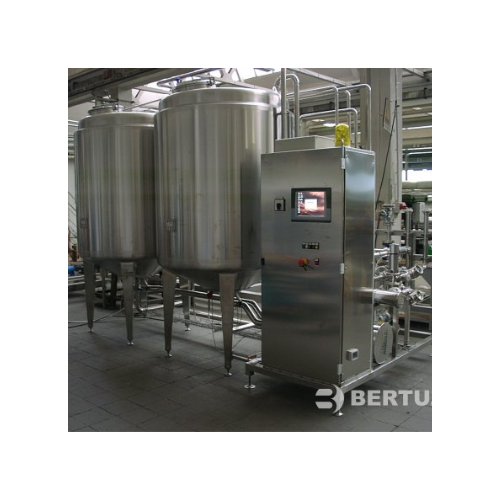
Apple processing equipment for juice and puree production
Efficiently process apples and pears into high-quality juice a...
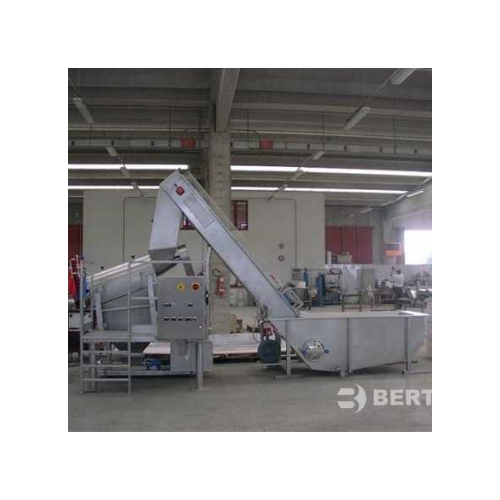
Avocado processing plant for puree and oil extraction
Optimize your avocado processing with a complete system designed fo...
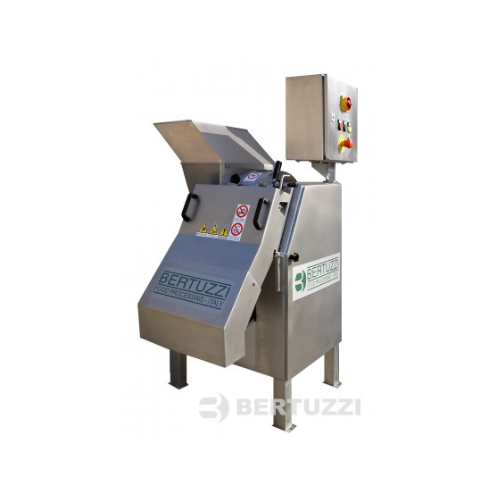
Dicing solution for fruits and vegetables
Optimize your ready-prepared food production line with a versatile cutting solut...
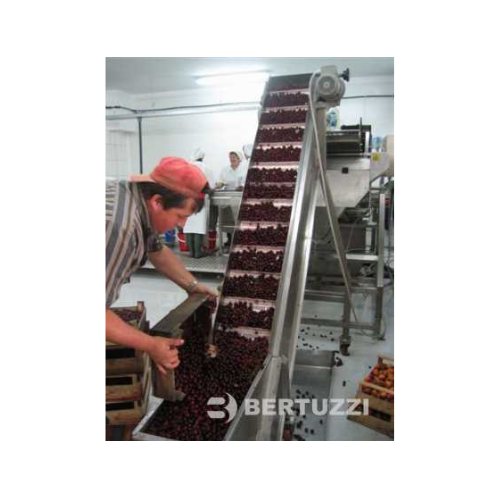
Industrial jam processing line for fresh fruit or puree
Streamline your jam production with a versatile line capable of p...
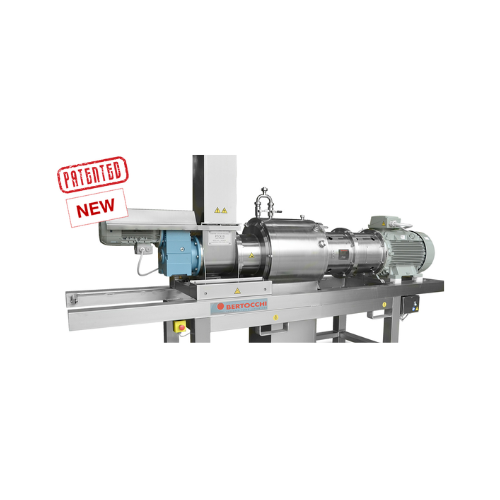
Industrial depitter for stone fruits
Effortlessly process stone fruits into smooth purees and nectars with a continuous, co...

Smoothies production line for fruits and vegetables
Optimize your smoothie production with a line designed for efficient ...
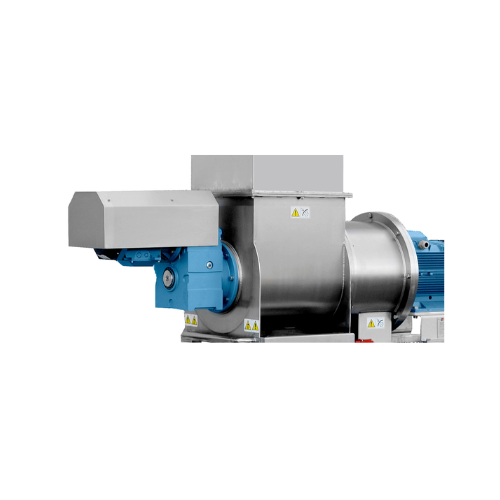
Industrial cutter for big fruits and vegetables
When dealing with large fruits and vegetables, precise chopping to prepare...
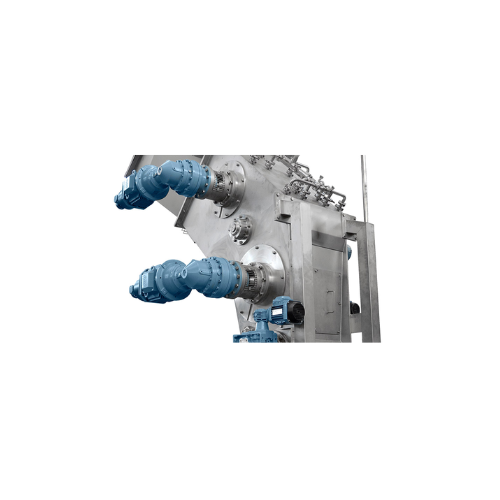
Industrial liquefying and crunching solution for frozen fruits and vegetables
Efficiently transform frozen produce int...
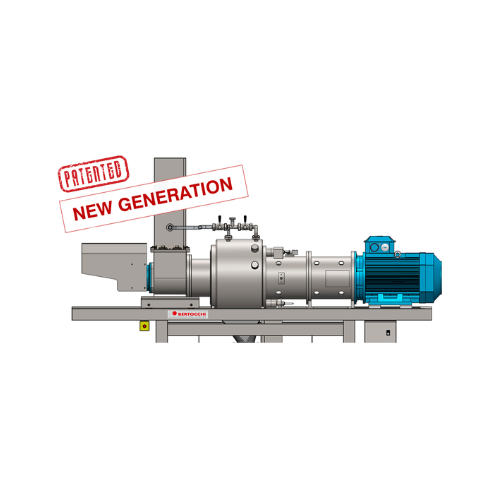
Turbo extractor for cold extraction of fruit and vegetable purees
Achieve high-yield, efficient cold extraction of frui...
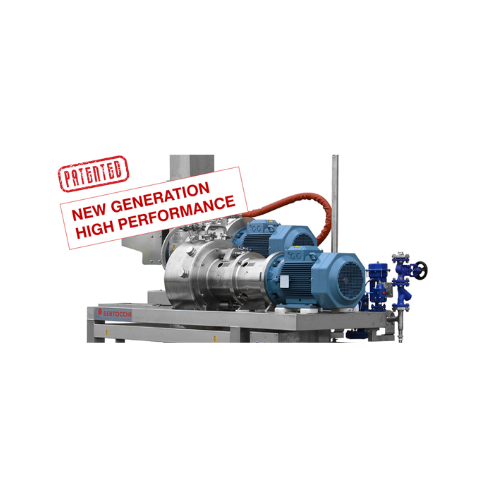
Frozen extraction turbo extractor for fruit and vegetable purees
Efficiently transform frozen fruits and vegetables into...
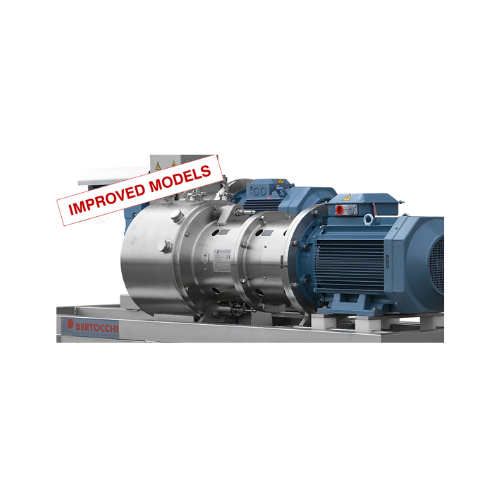
Cold extraction system for fruits and vegetables puree
Optimize your fruit and vegetable puree production with a versatil...
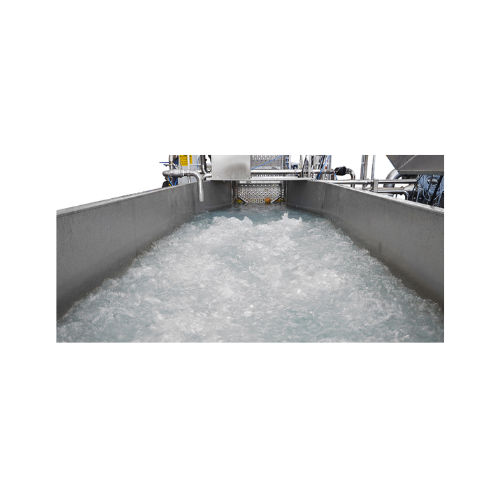
Washing and sorting line for fruits and vegetables
Efficiently achieve pristine fruit and vegetable cleanliness while enh...
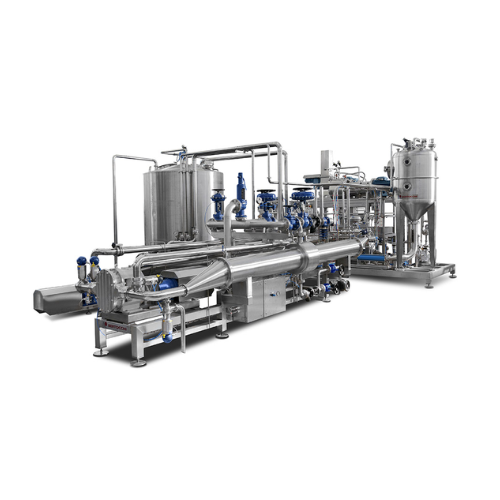
Line for production of fruit and vegetable purees by cold extraction
Streamline your puree production with innovative c...
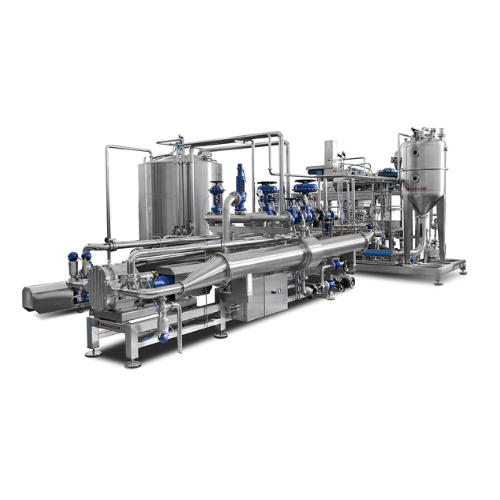
Frozen extraction line for fruit and vegetable purees
Overcome challenges of processing frozen fruits and vegetables effi...
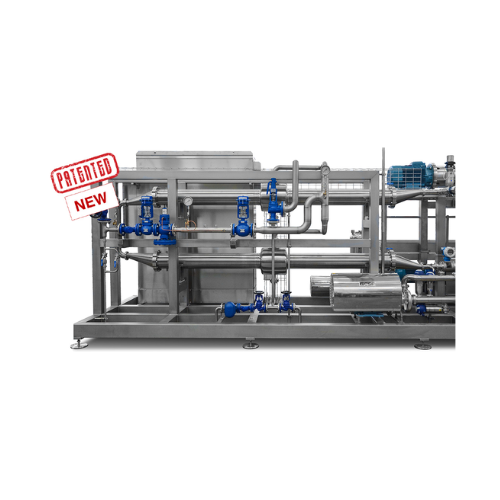
Cold extraction deaeration system for fruit and vegetable purees
Achieve superior puree quality with our system that ens...
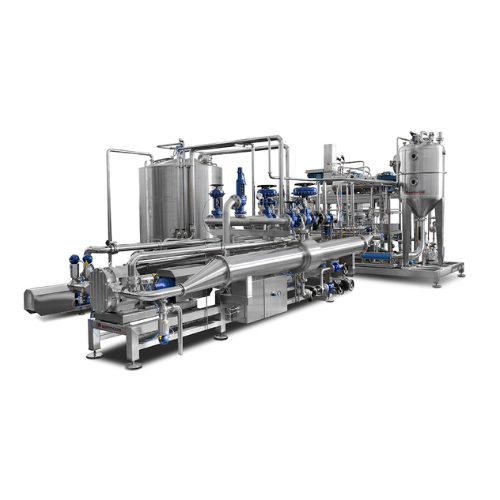
Cold extraction system for fruit and vegetable purees
Optimize fruit and vegetable puree processing with cold extraction,...
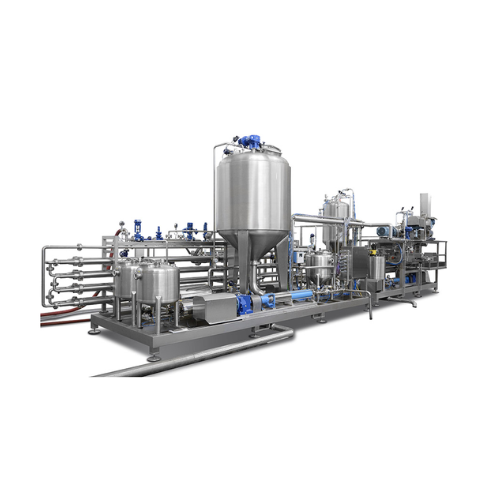
Cold extraction line for fruit and vegetable purees
Enhance puree quality with minimal thermal stress through a seamless ...
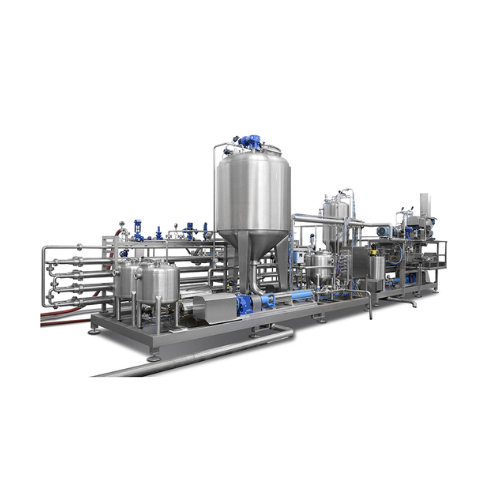
Cold extraction and enzymatic deactivation for fruit and vegetable purees
Enhance your puree quality with advanced col...
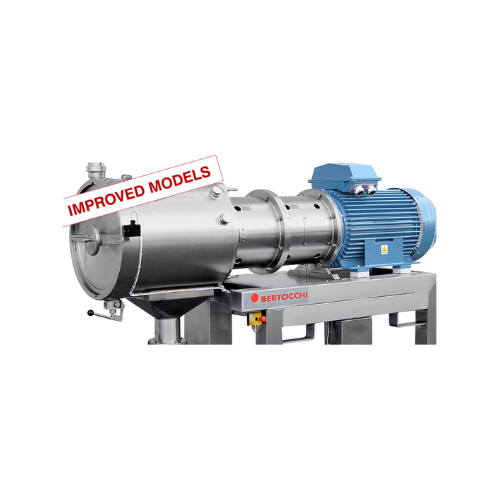
Turbo extractors for tomato and fruit hot extraction
Optimize your fruit and vegetable processing with high-capacity turb...
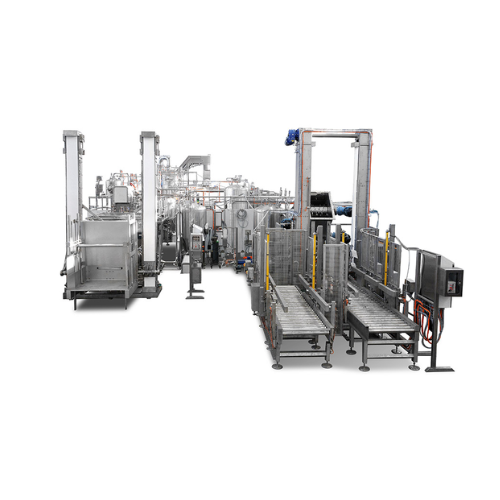
Multi feeding system for baby food and purees
Streamline your puree production with a versatile feeding system that expert...

Cold extraction and deaeration system for fruit and vegetable purees
Ensure high-quality fruit and vegetable purees wit...
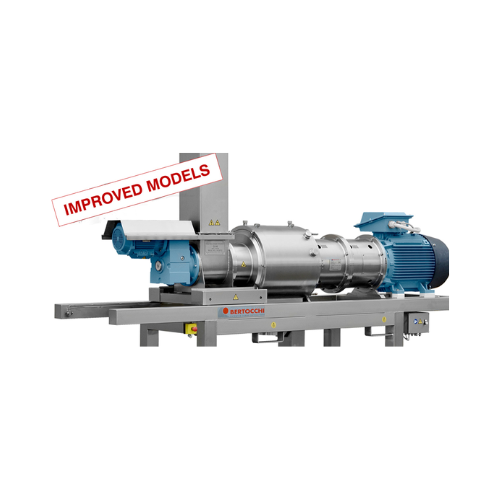
Cold extraction turbo extractor for fruit and vegetable puree
Optimize your processing line with continuous cold extract...
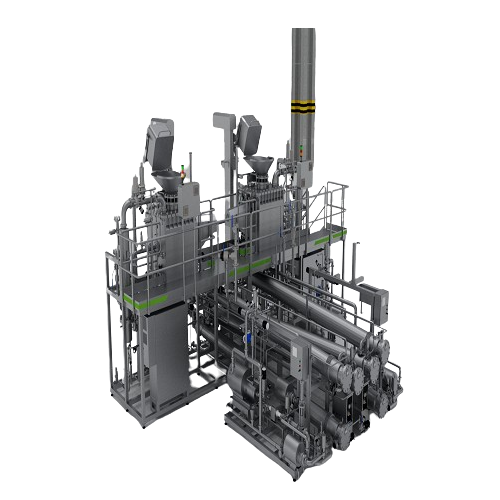
Aseptic cooking line for plant-based products
Enhance your production efficiency and product quality with an advanced doub...
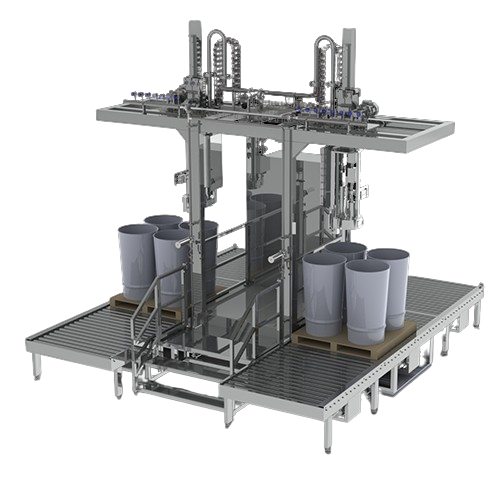
Aseptic filler for bag in drum or box
Enhance product shelf life and maintain quality without preservatives by employing as...
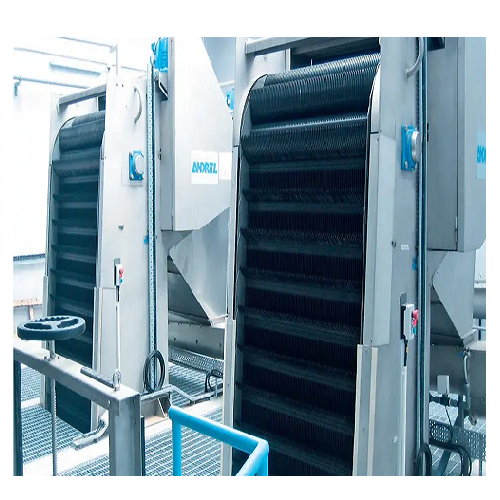
Fine screen for municipal and industrial wastewater treatment
Streamline wastewater treatment with a reliable, self-clea...
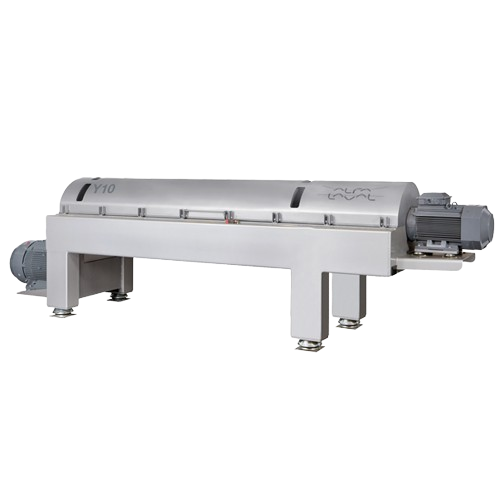
Two-phase decanter centrifuge for olive oil production
Achieve optimal clarity and yield in olive oil extraction with a h...
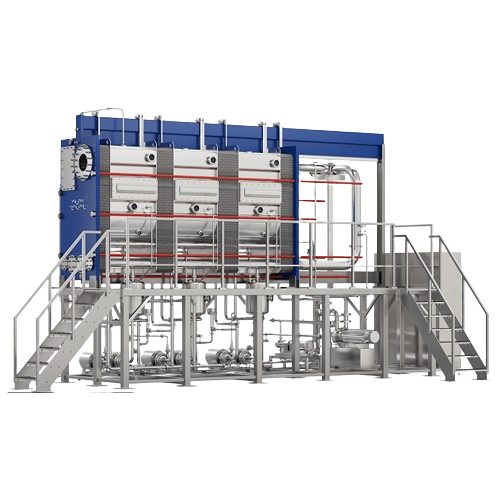
Climbing film plate evaporator for food industry
Efficiently concentrate heat-sensitive liquids while minimizing product e...
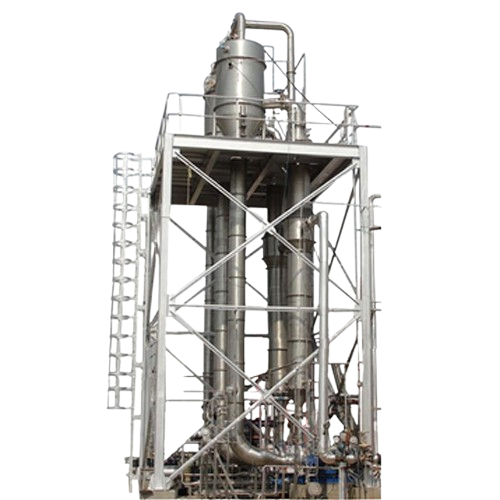
Forced circulation evaporator for high viscosity liquids
Optimize your production by efficiently concentrating viscous an...
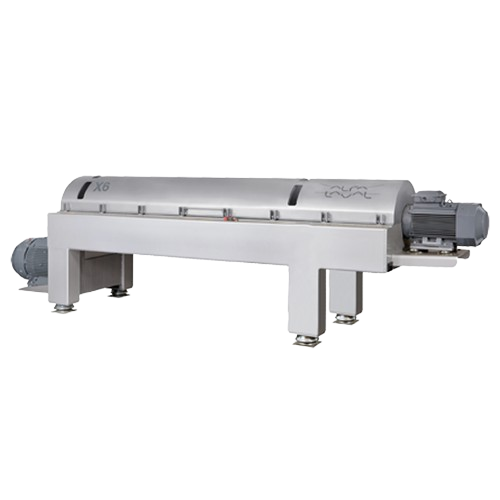
Decanter centrifuge for olive oil processing
Optimize olive oil production by achieving higher oil clarity and reduced wat...
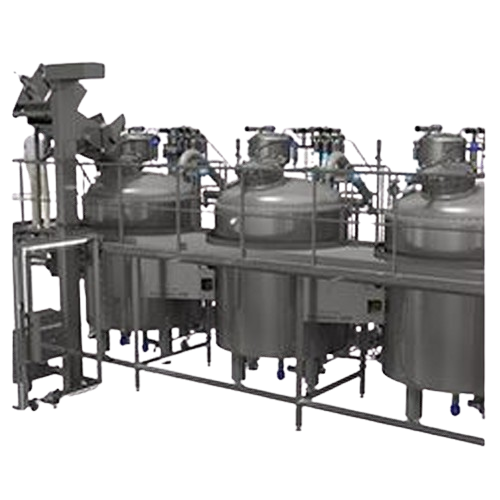
Aseptic vacuum cooker-cooler for jams and marmalade
Ensure your fruit-based products retain vibrant color and taste while...
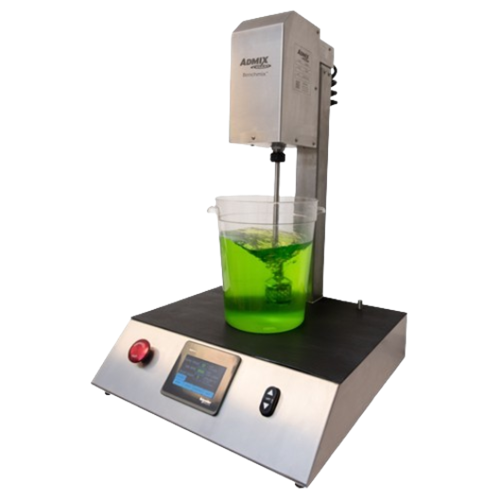
Benchtop mixer for lab-scale product development
Easily scale up your formulations with precise and repeatable lab-scale m...
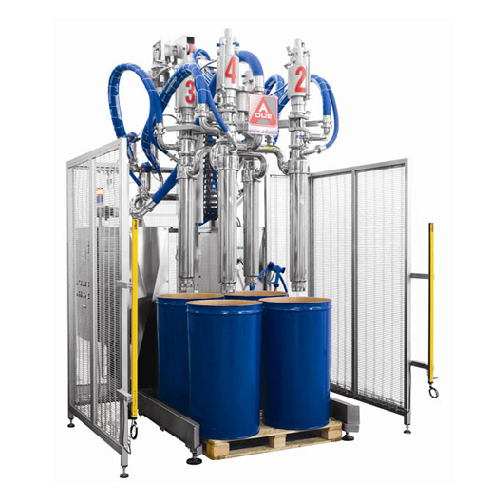
Fruit pieces handling for juice production
Achieve perfect fruit piece integration in juice with a system designed to prev...
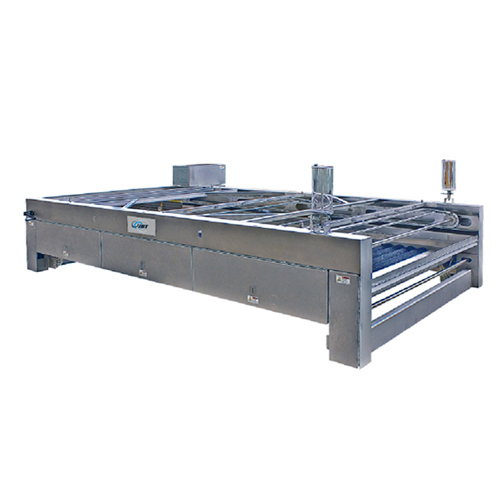
Citrus brush washer for fruit cleaning
Ensure your produce is impeccably clean with a brush washer designed to efficiently ...
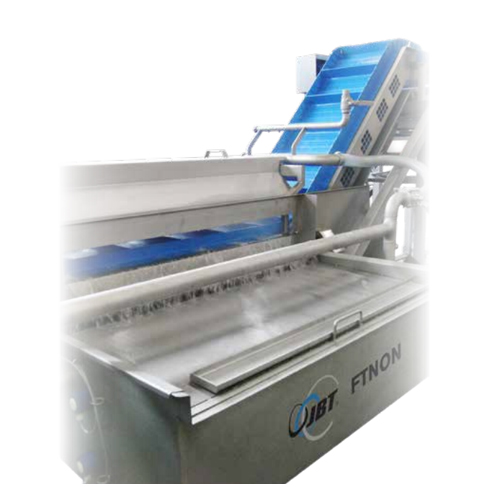
Multifunctional washer for fruits and vegetables
Achieve impeccable cleanliness in your food processing line with a versat...
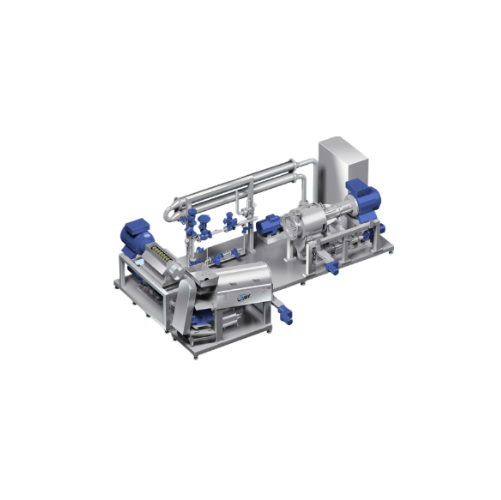
Industrial extraction line for fruits and vegetables
Optimize your fruit and vegetable processing with a highly flexible ...
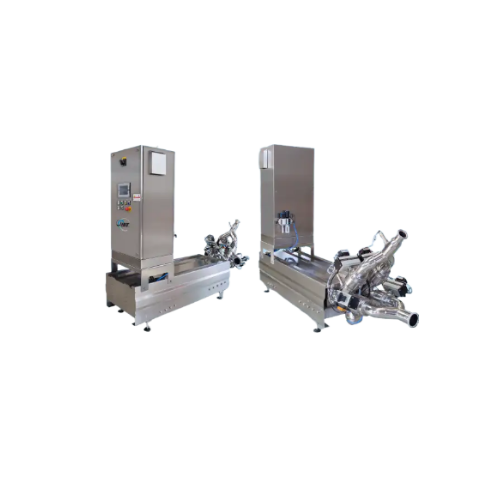
Pump for products with large particulates
When handling products with large particulates, maintaining integrity is paramou...
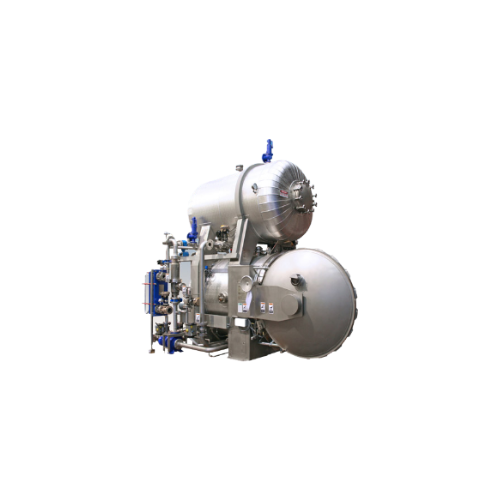
Multi-purpose laboratory sterilizer for food processing
Achieve precise thermal process design and flexibility with a ste...
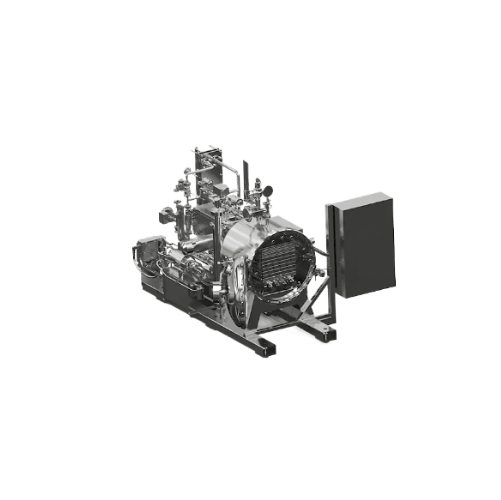
Efficient agitation system for retort packages
Enhance product quality and reduce processing time with this advanced agita...
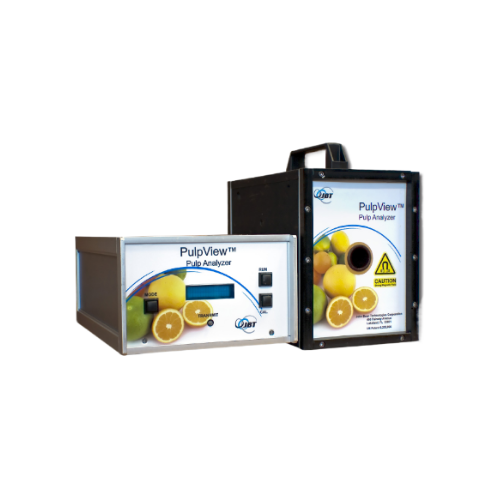
Laboratory pulp saturation analyzer for citrus processing
Ensure accurate dryness levels of citrus pulp with a reliable ...
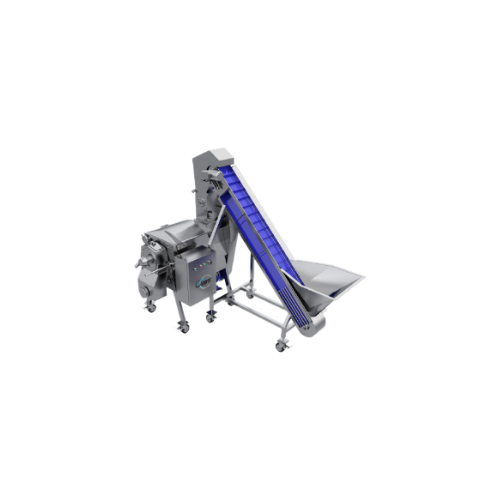
High speed fruit and vegetable juicer
Optimize your production with a high-capacity juicer designed to efficiently process ...
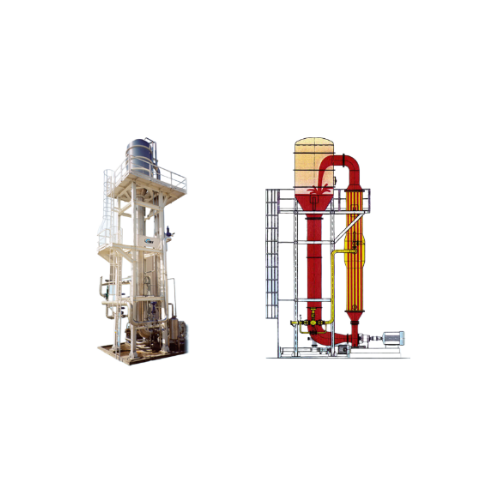
Thermal treatment system for tomato purees
Eliminate pectin enzyme activity and prevent syneresis in your purees and conce...
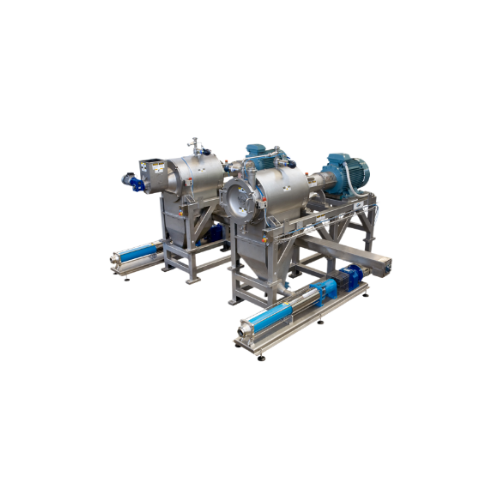
Juice extractors for variety of fruits and vegetables
Streamline your juice and puree production with advanced extraction...
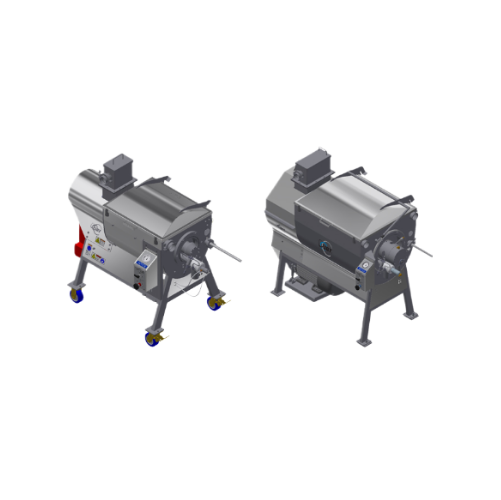
Screw finishers for citrus processing
Optimize your production line with screw finishers designed to efficiently separate l...
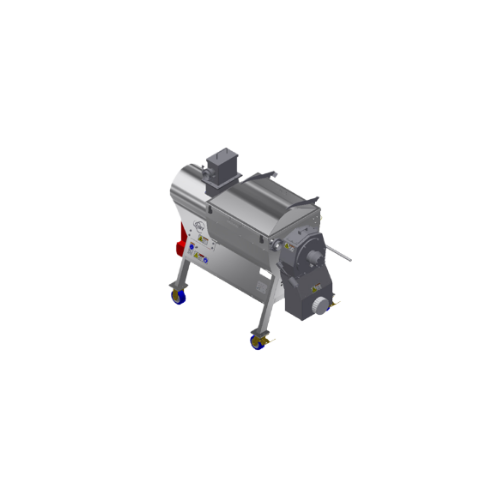
Paddle finishers for fruit and vegetable processing
Optimize your processing efficiency with robust paddle finishers desi...

Vegetable and fruit processing skid
Optimize your fruit and vegetable processing with a compact skid that seamlessly integr...
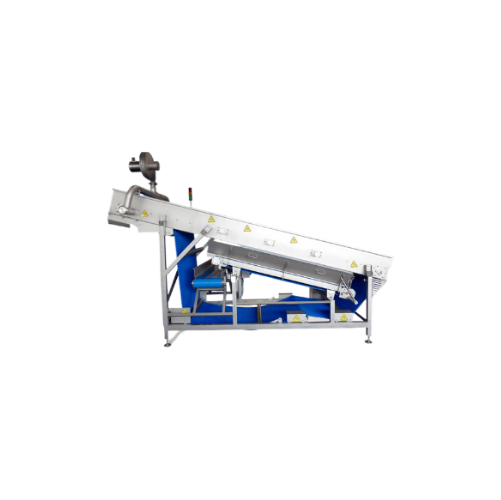
Knocker conveyor for fresh produce processing
For processors dealing with mixed produce, this conveyor effectively separat...
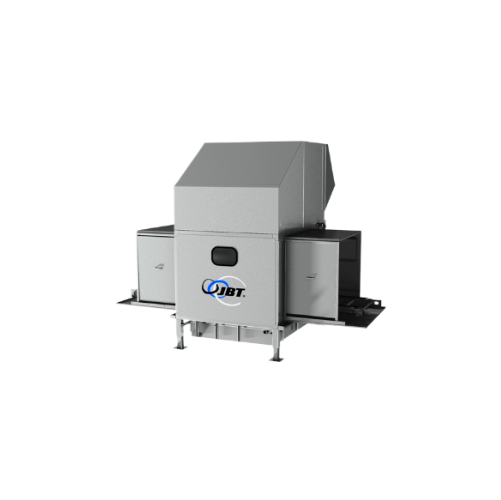
Industrial bin scrubbing system for fresh produce
Enhance food safety and operational efficiency with a bin scrubbing sys...
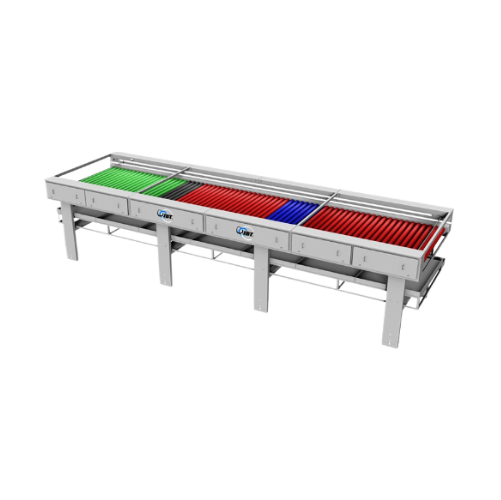
Brush bed system for fresh produce cleaning and waxing
Optimize your fresh produce processing with this advanced brush sy...
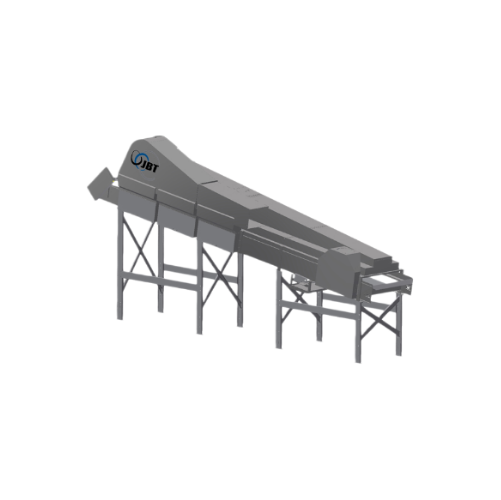
Single pass dryer for fresh produce
Optimize your fresh produce processing with a continuous drying solution that enhances ...
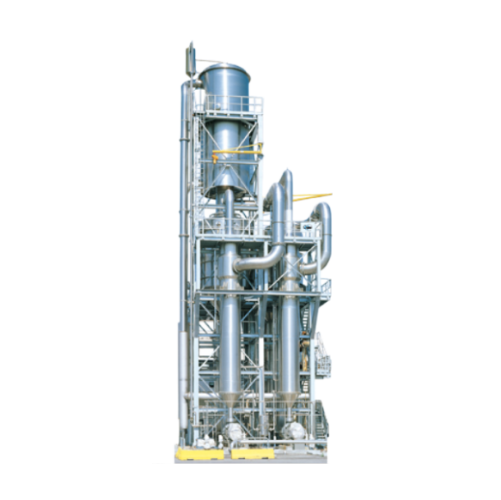
Forced circulation evaporator for tomato and fruit paste
Optimize your high-viscosity tomato and fruit paste production w...
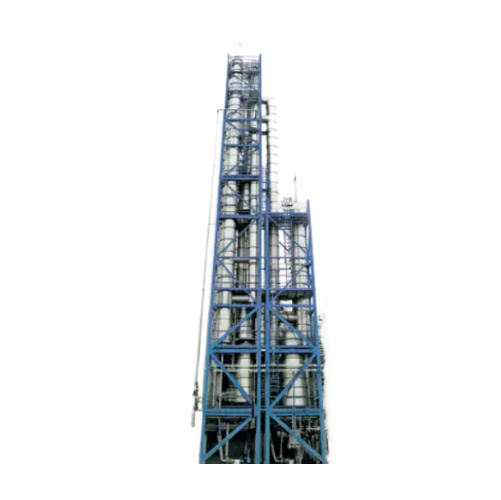
Evaporator for citrus juice concentrate
Optimize juice concentration and reduce thermal damage with advanced short-time eva...

Aseptic filler for juices and beverages
Ensure sterile packaging with precision. This aseptic filler offers high-speed, con...
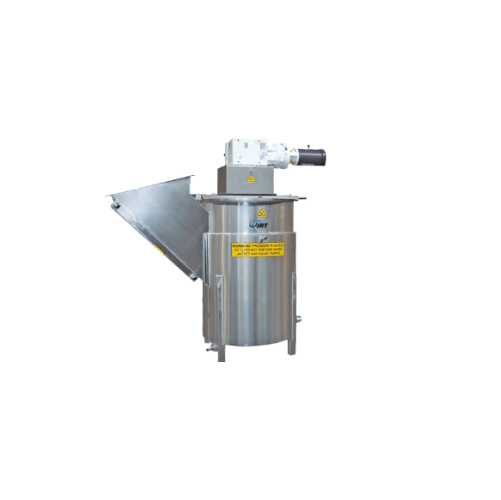
Industrial chopper/blender for frozen fruit processing
Efficiently transition frozen fruits and concentrates into a manag...
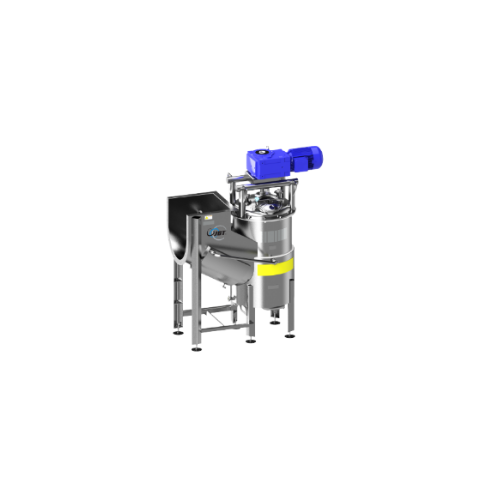
Industrial chopper blender for thawing frozen products
Quickly transform frozen produce into pumpable liquids, optimizing...
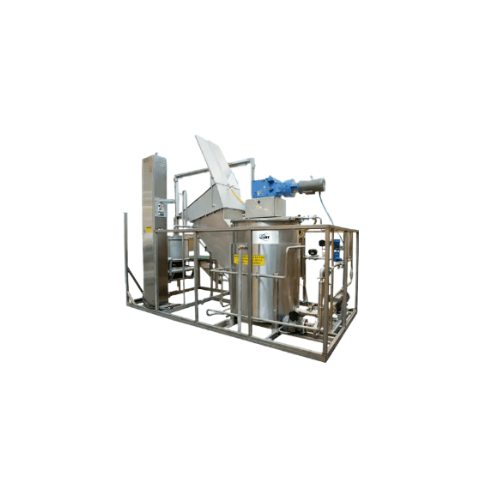
Industrial-scale chopper and blender for frozen juice processing
Eliminate lengthy thaw times for frozen concentrates wi...
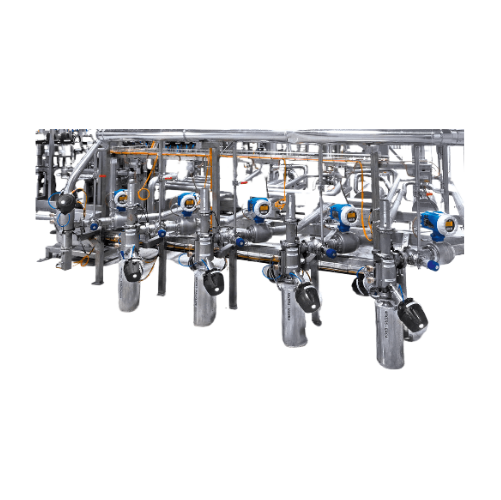
3a certified product recovery system for food and pharmaceuticals
Optimize your production line with a system designed ...
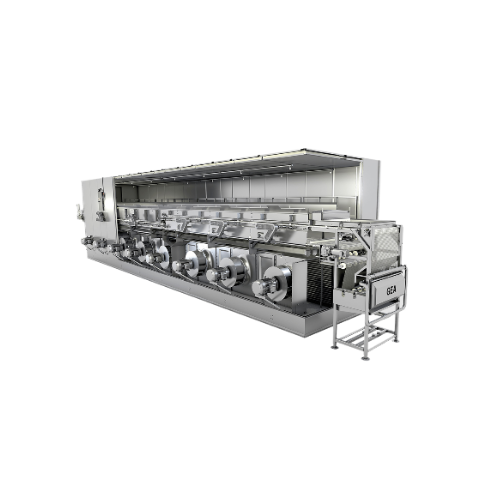
Iqf tunnel freezers for berries
Maximize product quality with advanced fluidization technology, ensuring consistent freezing...
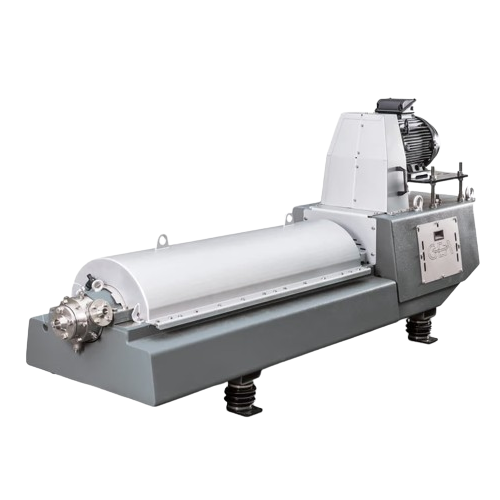
Clarifying decanter for starch recovery
Ensure optimal dewatering and separation of starch, pulp, and fibers with this high...
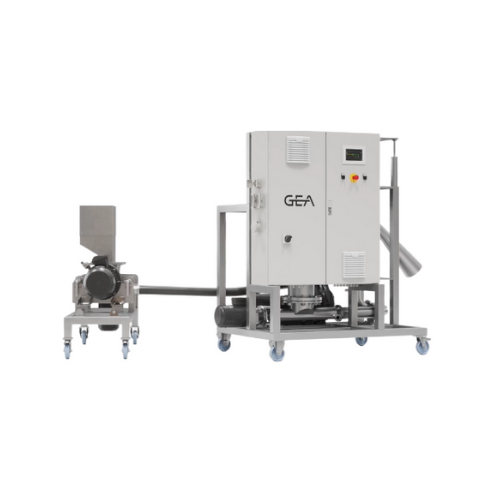
Vacuum juicing for fruits and vegetables
Achieve superior juice quality with minimal oxidation and maximum nutrient retenti...

Fruit treatment lines for juice and pulp extraction
Optimize your juice production line by efficiently extracting, proces...
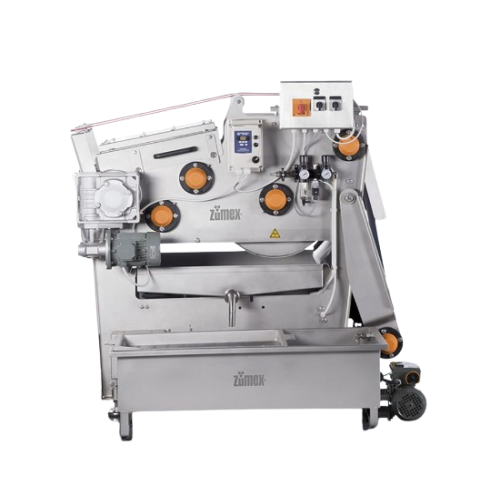
Industrial fruit juice extractor
Maximize juice yield from a wide range of fruits and vegetables with precise extraction and...
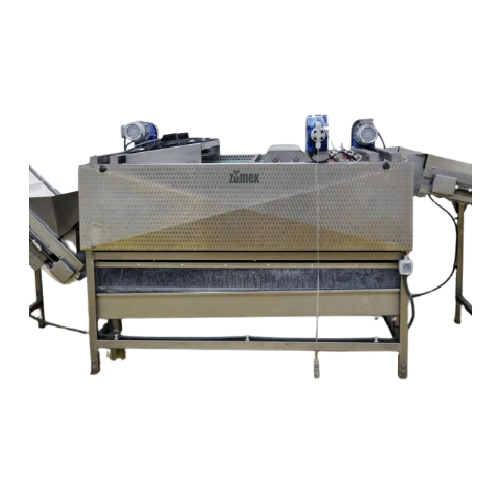
Industrial fruit washing and loading hopper system
Streamline your juice production by ensuring optimal fruit preparation...

Depulper for efficient fruit and vegetable juice extraction
Streamline your juice production with equipment designed for...
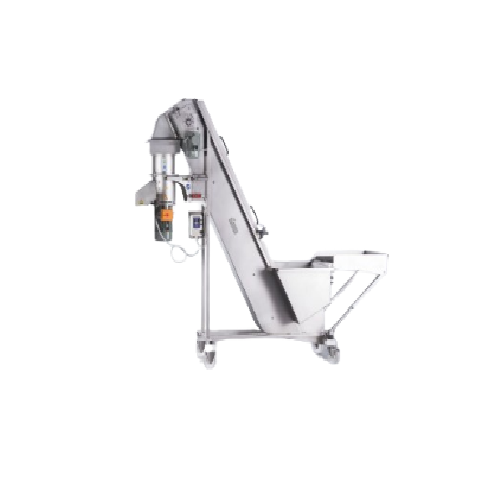
Industrial fruit elevator crusher
Maximize juice yield and streamline processing with efficient fruit crushing and elevatio...
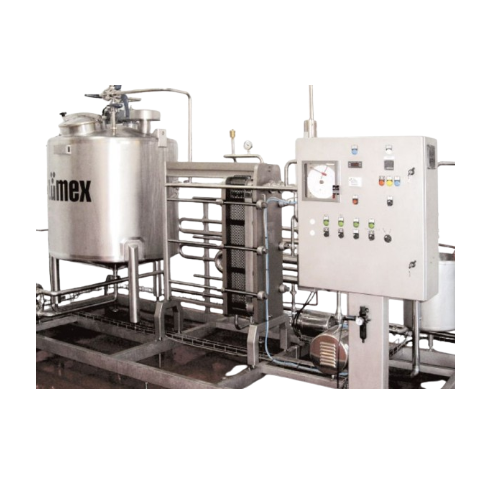
Flash pasteuriser for high-quality fresh juice
Achieve superior juice quality and extended shelf life with precision paste...
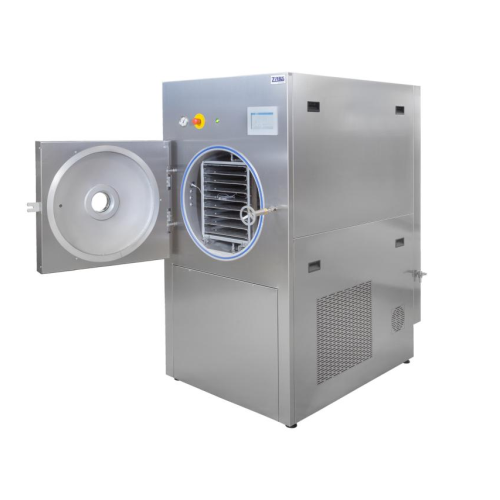
Food freeze dryer for bulk materials
Achieve efficient and uniform drying of fruits, herbs, and other materials with advanc...
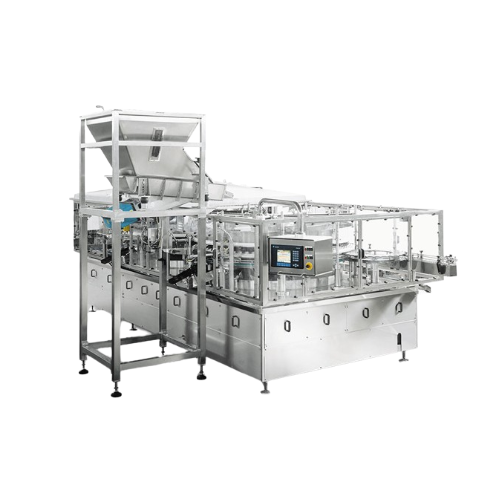
Industrial multifiller for fruit and vegetable salads
Need to efficiently fill diverse containers with fruit and vegetabl...
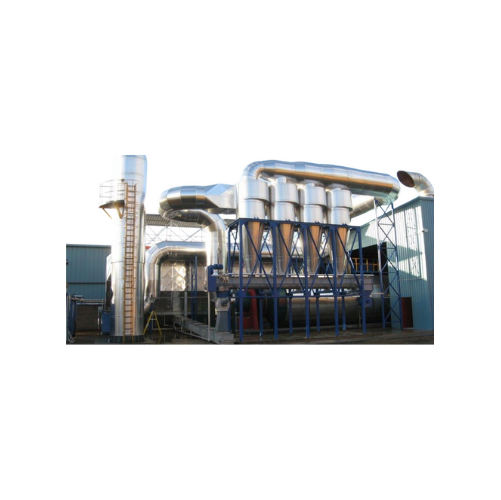
Shaftless spiral conveyor for waste water treatment
Efficiently handle challenging materials like de-watered sludge and s...

Vertical screw separator for slurries
Efficiently separate solids from liquids in diverse slurry applications, ensuring opt...
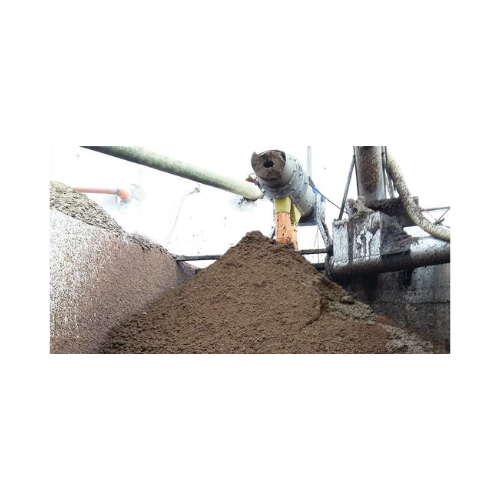
Horizontal screw press separator for pomace yield optimization
Enhance your production line by efficiently separating so...
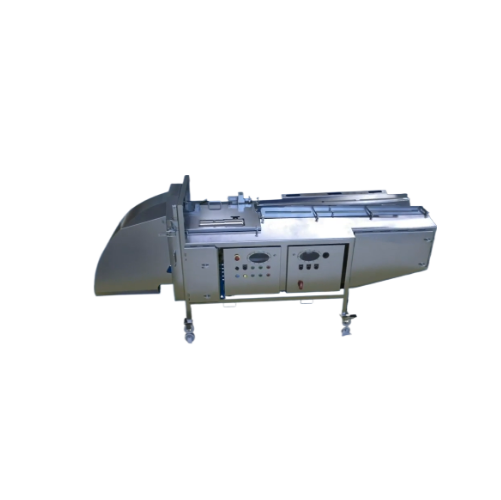
High-capacity food processor slicer
Enhance your production line with precise cutting capabilities and reduced cleaning tim...
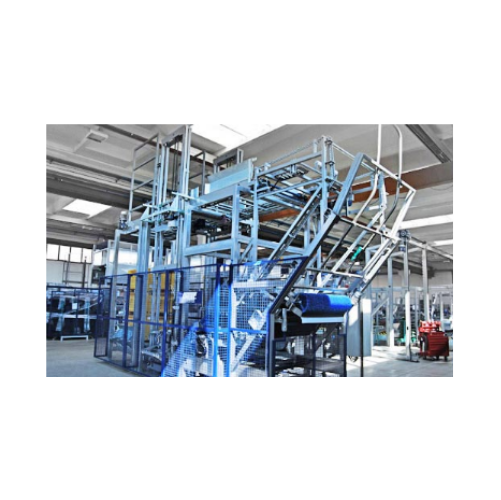
Automatic bin dumper for various fruits
Streamline your fruit and vegetable processing with our self-adjusting bin dumpers,...
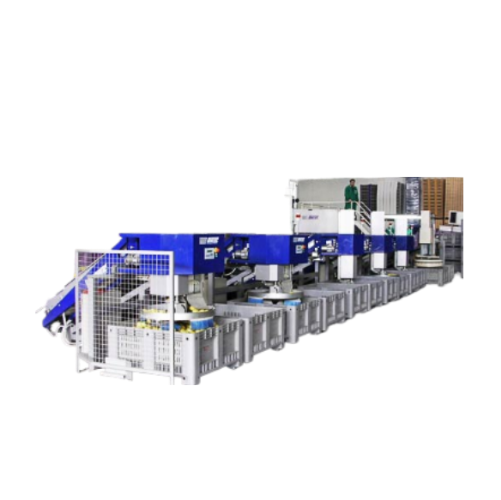
Bin fillers for fruit packing
Achieve precise and gentle handling of fruits and vegetables with flexible bin fillers that se...
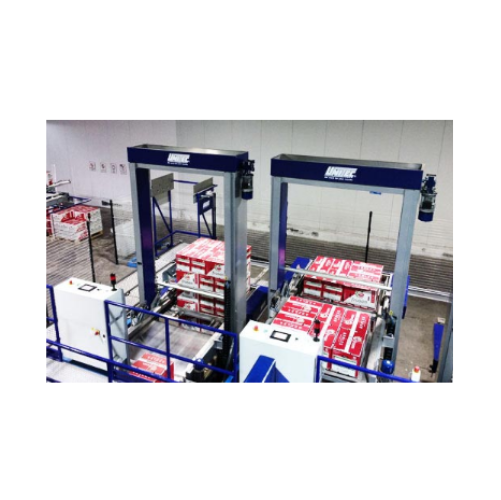
Automatic palletizer for fruit and vegetable crates
Optimize your fruit and vegetable handling with efficient palletizati...
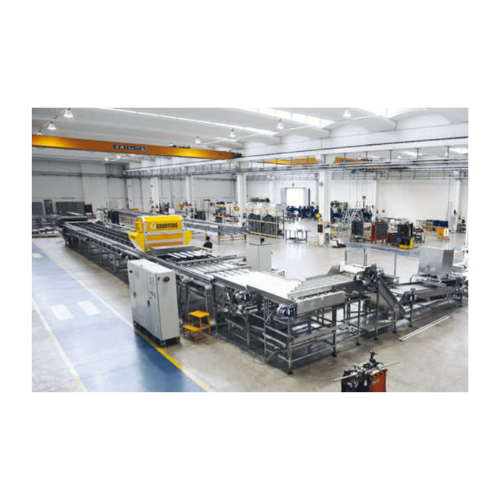
Avocado sorting and processing systems
Ensure consistent quality and maximize yield in your avocado production with precisi...
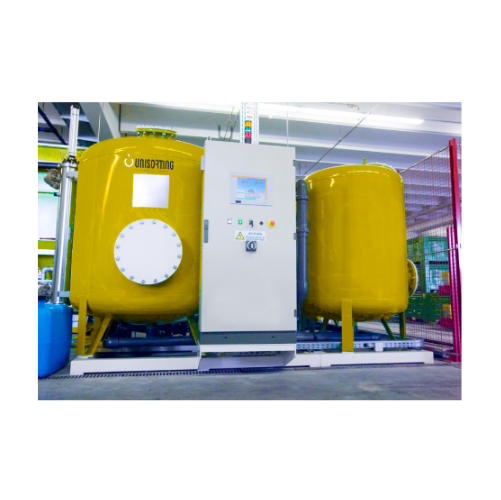
Water purification systems for fruit processing plants
Ensure high-quality fruit products with pristine water through adv...
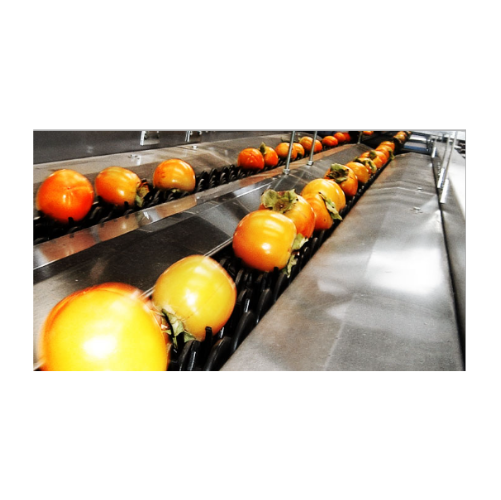
Persimmon sorting and grading system
Streamline your persimmon processing with advanced sorting and grading that ensures pr...
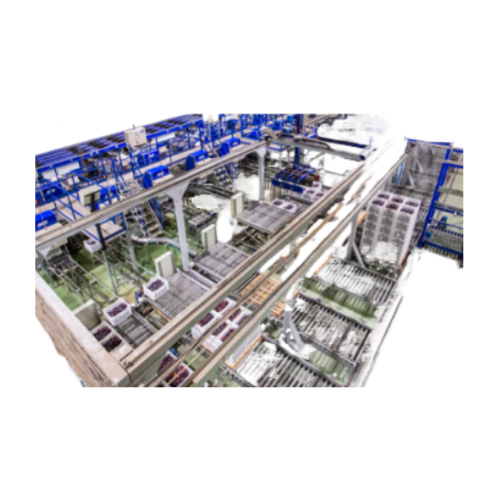
Plum sorting and grading system
Enhance your fruit processing efficiency with our advanced solution that precisely sorts and...
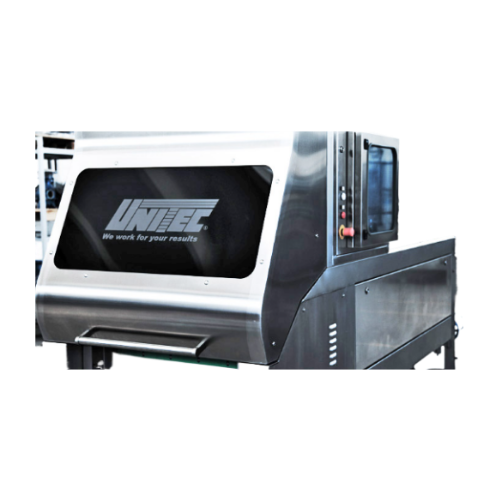
Sour cherry sorting and grading system
Optimize fruit processing with precision sorting technology that ensures the highest...
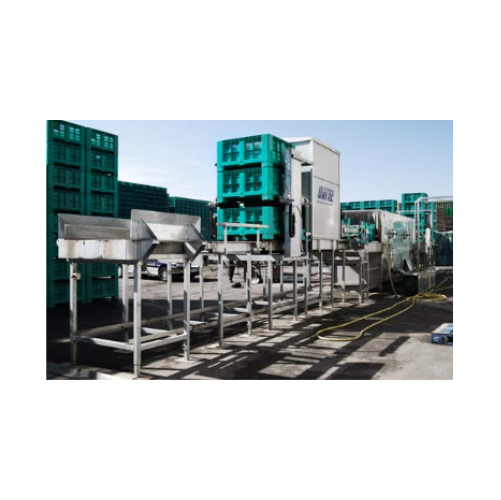
Industrial fruit bin washing system
Optimize your fruit and vegetable processing with a high-speed bin washing system that ...
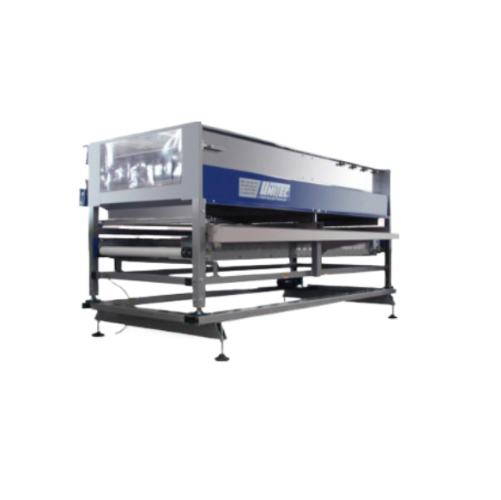
Brushing systems for agricultural produce
Enhance the precision and efficiency of fruit and vegetable processing with vers...
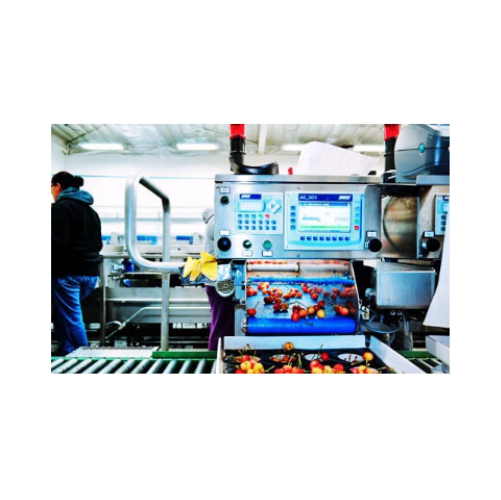
Automatic crate fillers for fruit packing
Elevate your fruit packing efficiency with precision crate fillers, designed to ...
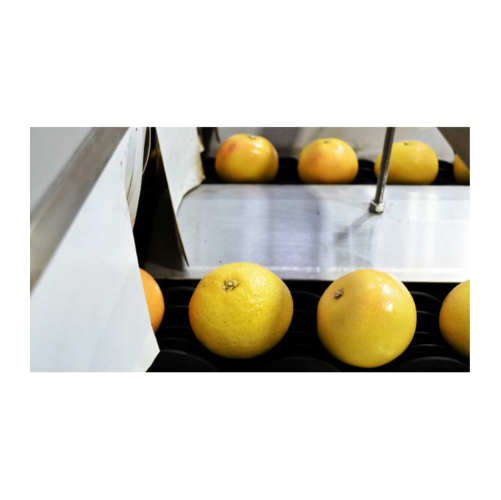
Grapefruits sorting & grading system
Achieve unparalleled precision in grapefruit processing by eliminating manual selectio...
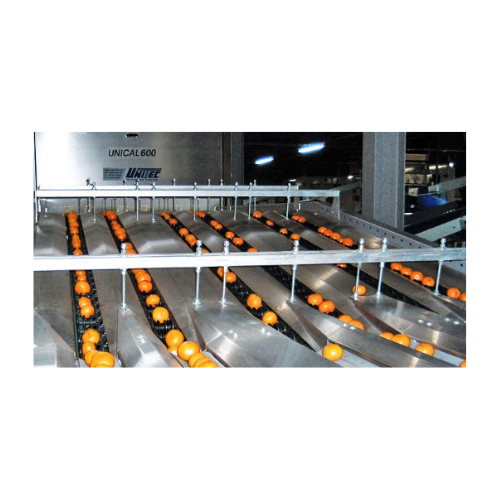
Mandarin and clementine processing sorting and grading system
Optimize your citrus operations with advanced processing s...
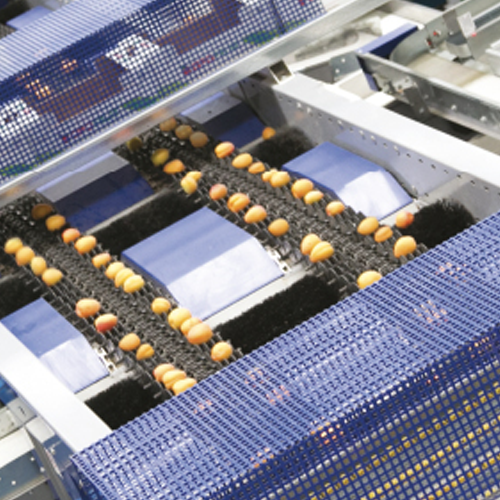
Grading and sorting solutions for apricots
Optimize your fruit production with precise grading and sorting technologies de...
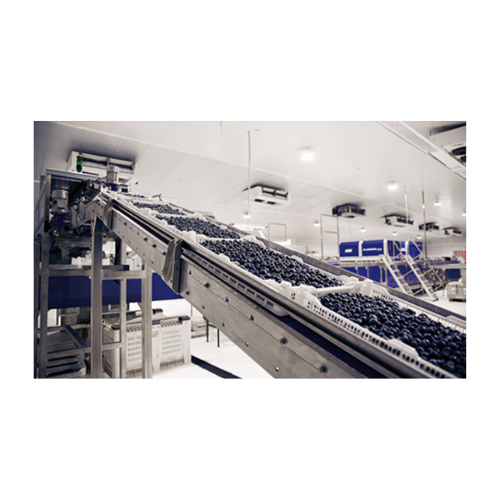
Blueberry sorting for consistent quality control
Ensure your blueberries meet market standards with precise sorting and gr...
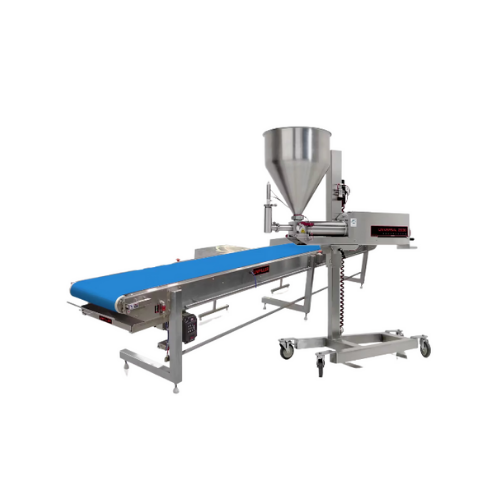
Parfait production line equipment
Optimize your dessert production with advanced depositing technology, perfect for creatin...
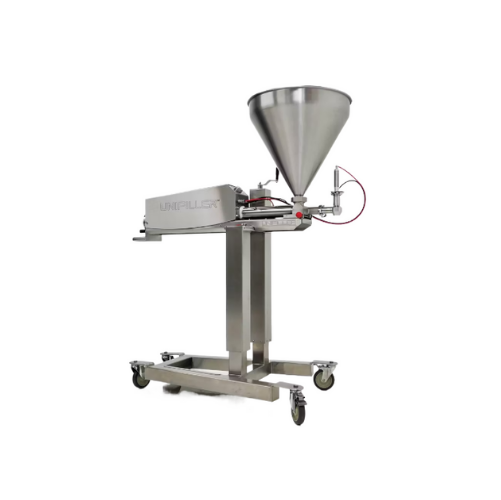
Industrial food filler for precise depositing over conveyors
Optimize your food production line with a versatile filler ...
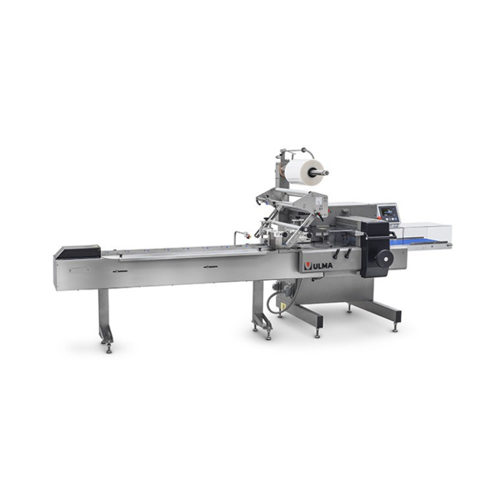
Horizontal flow wrapper for packaging trays and punnets
Optimize your packaging process with an adaptable flow wrapper, p...
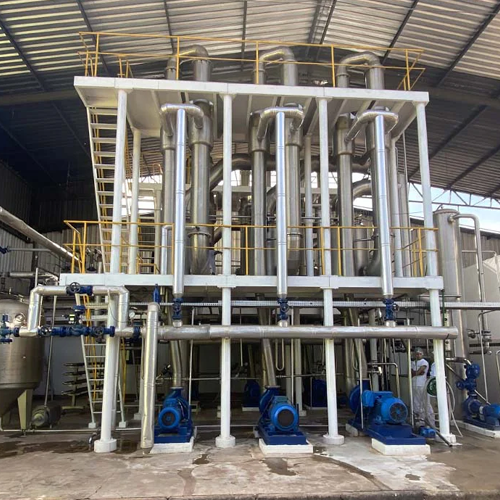
Forced circulation fruit juice concentrator
Optimize your fruit juice production with advanced forced circulation technolo...
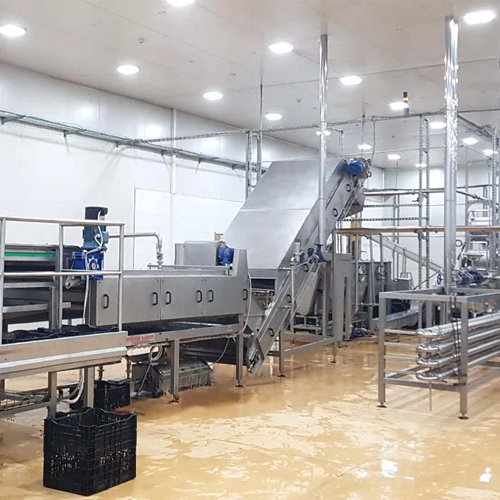
Multi-fruit extraction line for mango, guava, and passion fruit juice
Optimize your fruit processing with high-yield ex...
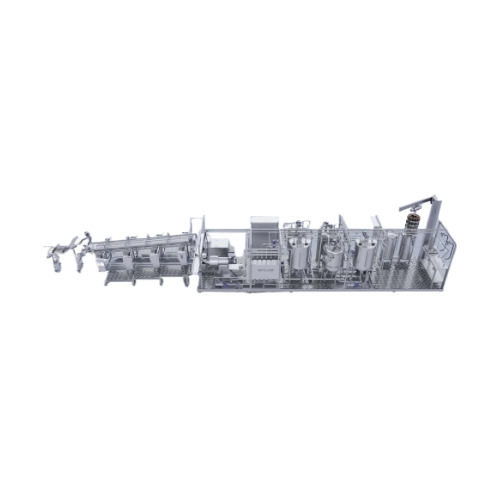
Small-scale fruit processing line for juices and sauces
Streamline your small-scale production with a versatile line that...
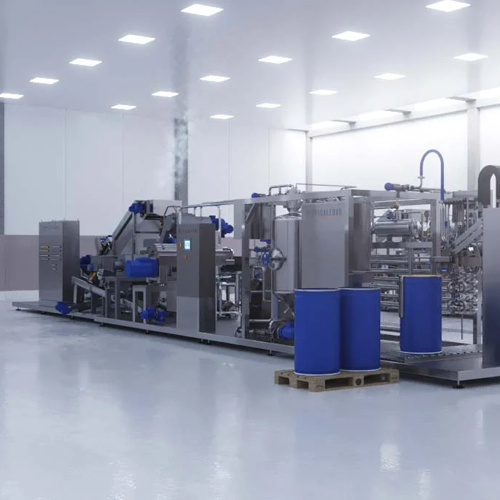
Multifruit processing line for wholemeal pulps and juices
Optimize your fruit processing capabilities with a skid-based ...
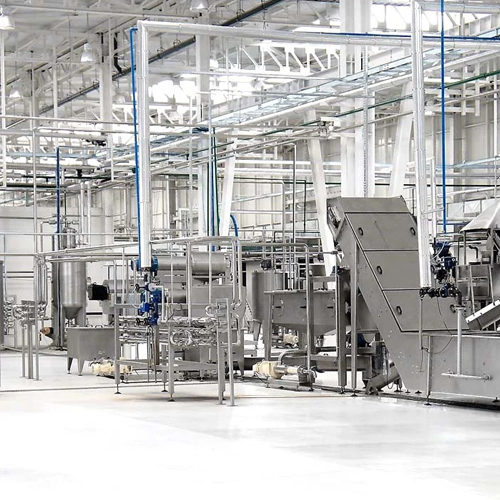
Multifruit processing line for tropical and temperate fruits
Optimize your fruit processing operations with a versatile ...
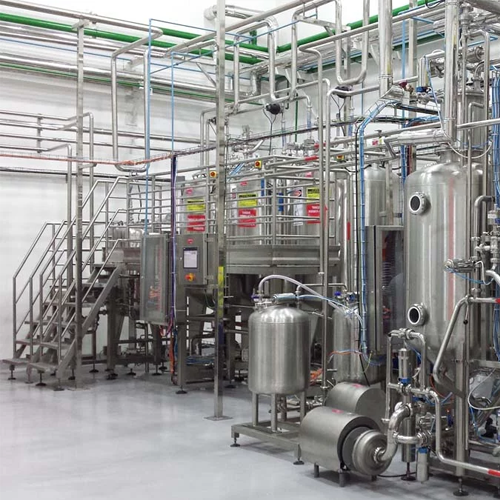
Nectar formulation line for fruit juices
Optimize your fruit-based product lines with a seamless process that integrates hi...
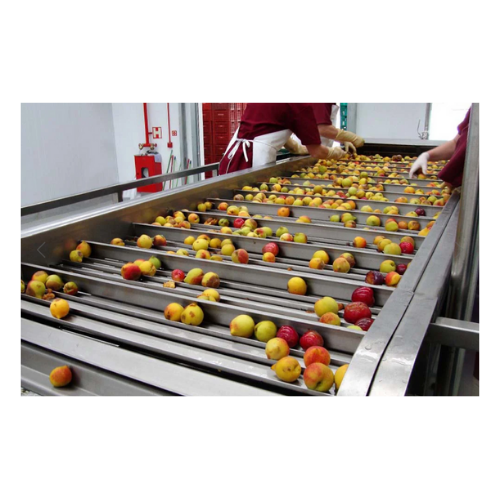
Peach, plum, and apricot juice processing line
Optimize your fruit processing capabilities with a multifunctional solution...
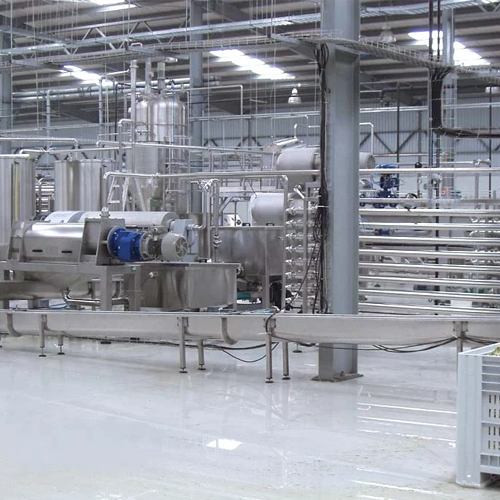
Pineapple juice extraction line
Streamline your pineapple processing with a complete solution designed to efficiently transf...
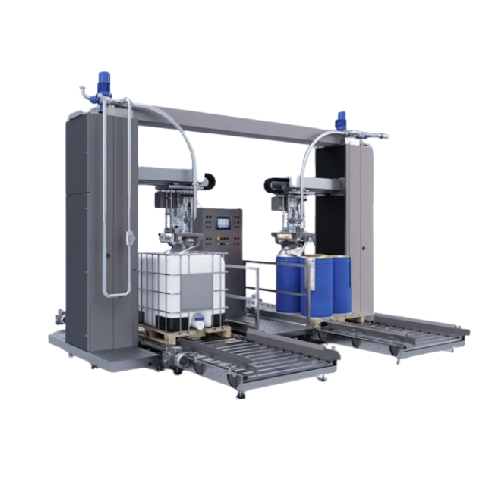
Aseptic filler for fruit juice and dairy products
Ensure sterile, high-speed filling of liquids and creams with precision...
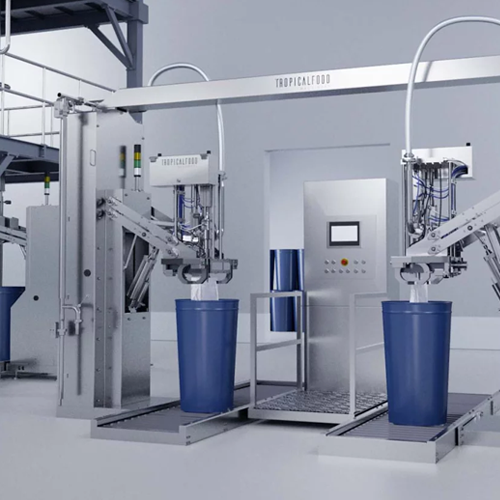
Aseptic filler for fruit juices and purees
Ensure product integrity and shelf stability with a versatile filler designed t...
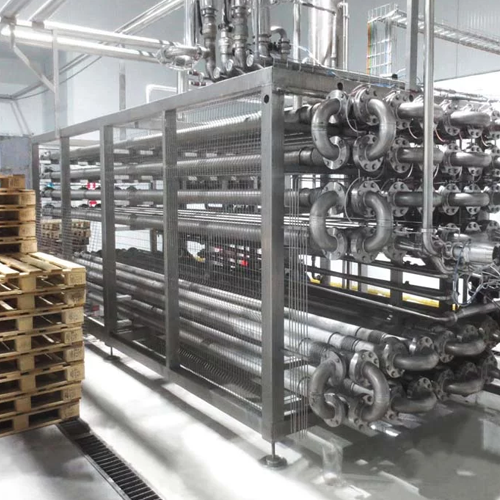
Banana purée production line
Maintain banana pulp quality by processing in a nitrogen atmosphere, ensuring fresh, oxidation-...
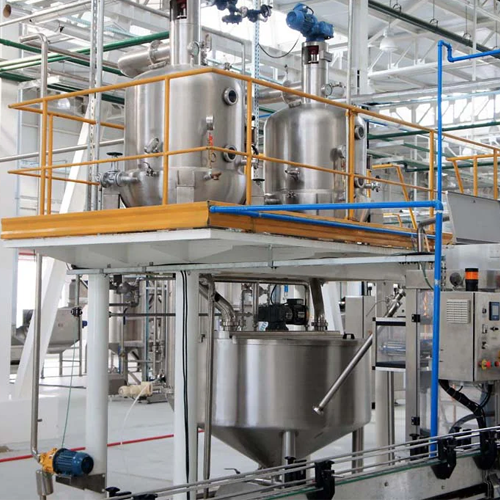
Batch evaporators for fruit juice and tomato concentration
Achieve high-quality fruit and tomato concentrates while pres...
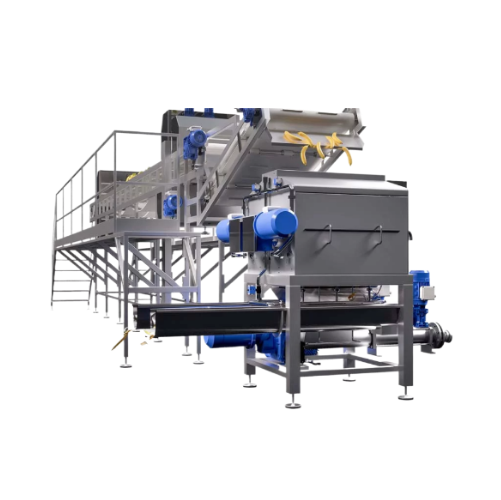
Automatic banana peeling solution
Struggling with banana oxidation during puree production? This solution ensures swift, hi...
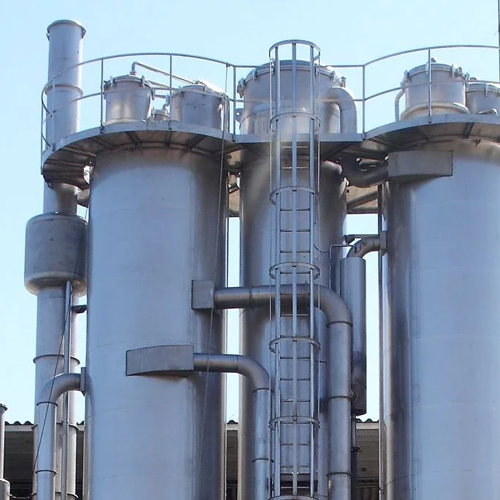
Falling film concentrators for low viscosity fruit juices
Achieve high concentration levels in fruit and dairy products ...
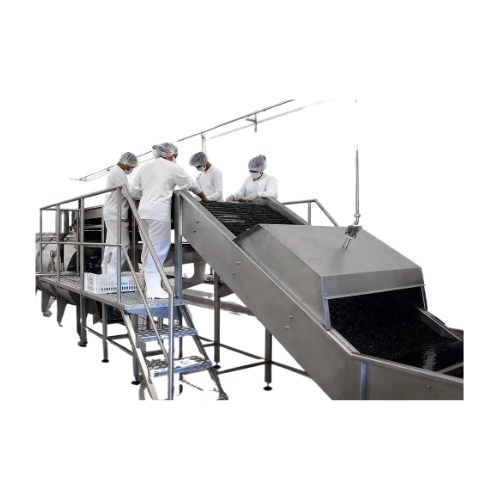
Acai berry processing line
Enhance your acai berry production efficiency with an automated line that transforms traditional ...
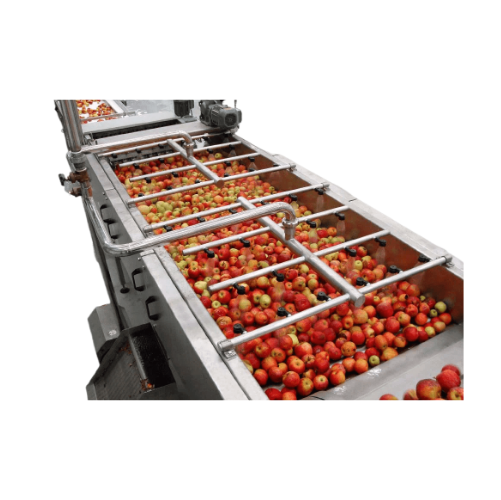
Apple, pear, and kiwi juice extraction line
Achieve high-yield juice production from apples, pears, and kiwis while retain...
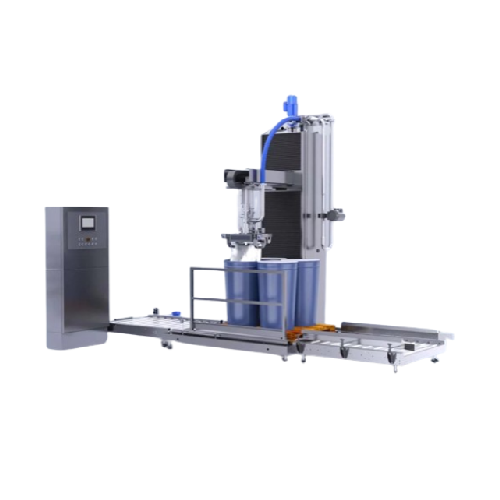
Aseptic filler for various liquid and semi-liquid food products
For manufacturers focused on quality, this aseptic filli...
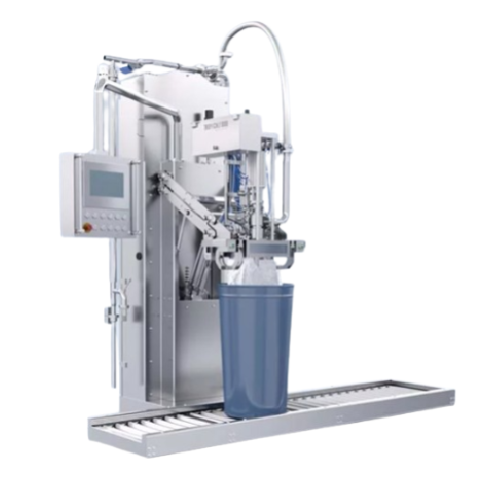
Aseptic filler for fruit juice and puree
Ensure optimal product safety and quality with this aseptic filler, designed to ha...
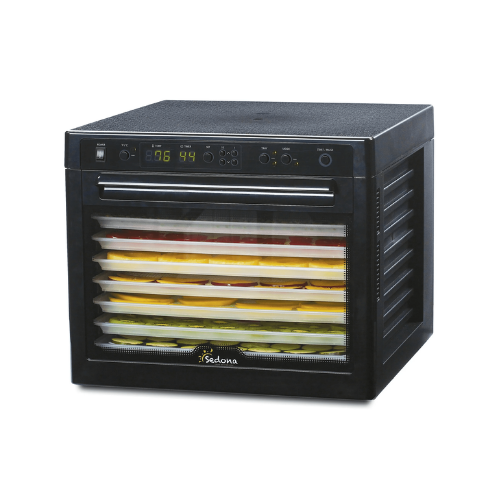
Food dehydrator with Bpa-free trays
Effortlessly retain nutrients while creating a variety of dehydrated snacks using dual ...
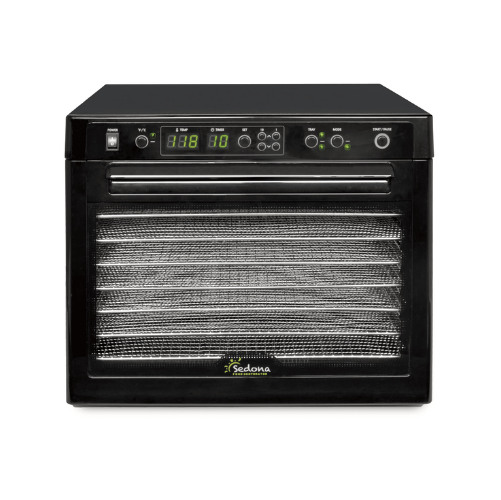
Cabinet Food dehydrator
Achieve precise drying control with dual fan technology, ensuring even airflow and optimal nutrient p...
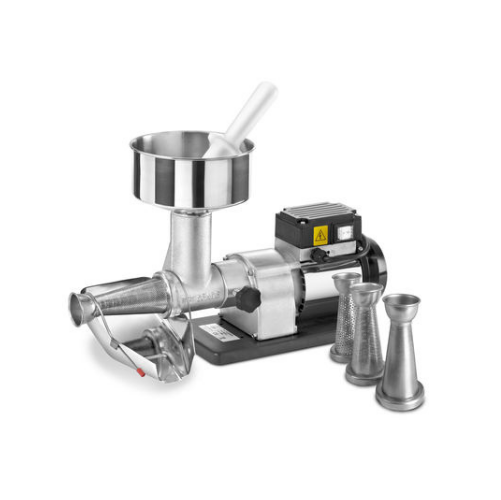
Tomato squeezer for efficient fruit and vegetable pressing
Streamline your fruit and vegetable processing with a versati...
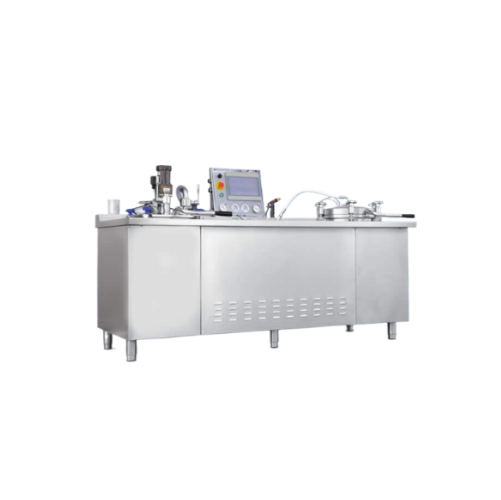
Low temperature food dehydration system for fruit and vegetables
Optimize your food processing with advanced low-tempera...
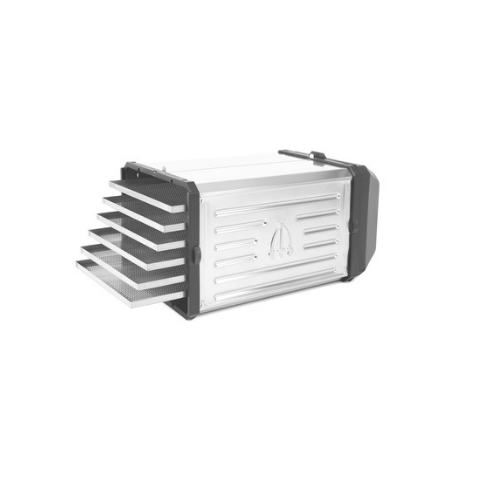
Professional food dehydrator for fruits and vegetables
Enhance your culinary creations with precise dehydration technolog...
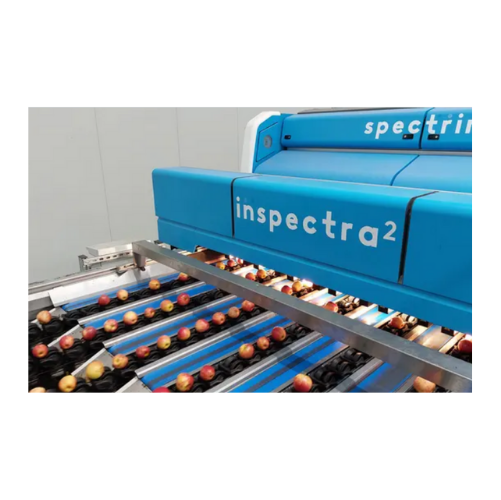
Advanced fruit sorting platform
Optimize your operations with a cutting-edge sorting solution designed to enhance product in...
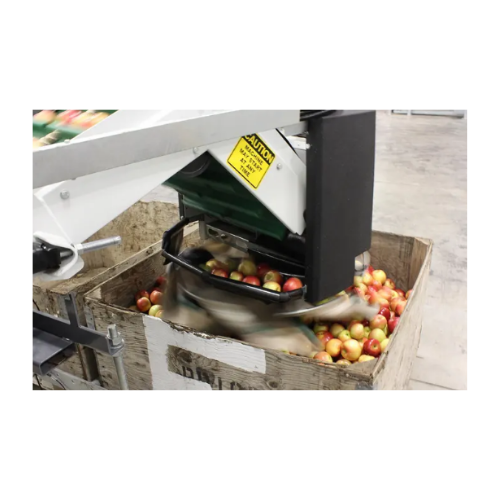
Dry bin filling for delicate fruit
Achieve gentle, high-throughput filling of delicate fruits with minimized manual interve...
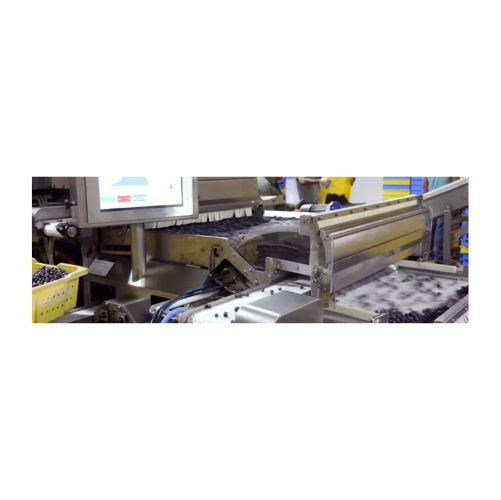
Soft fruit sorter for packing lines
Enhance your production line’s efficiency by accurately sorting and removing unwa...
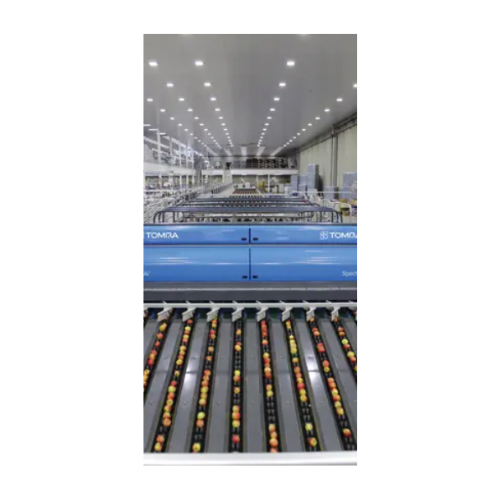
Intelligent optical fruit sorting and grading system
Enhance product quality and reduce waste with cutting-edge optical s...
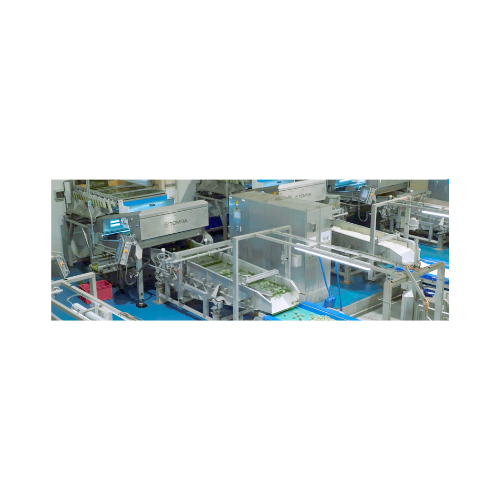
Blizzard sorter for Iqf fruits and vegetables
Optimize your frozen food production with a compact sorter that seamlessly r...
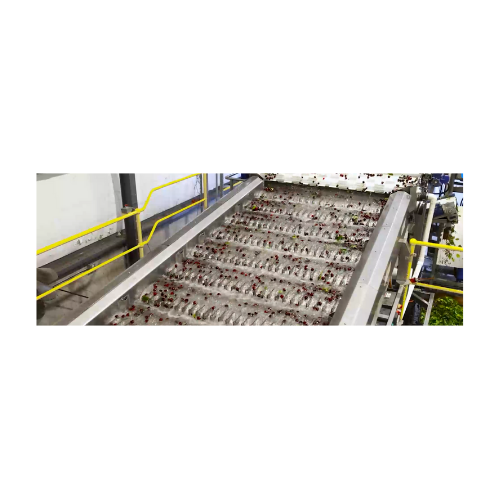
Cherry singulation system
Effortlessly streamline cherry processing with a system that ensures gentle handling and superior ...
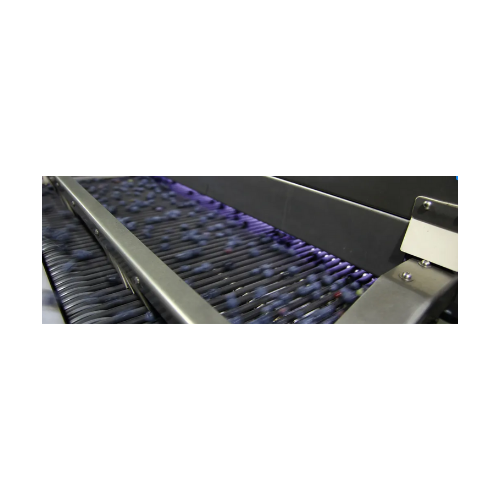
Color sorter for small fruits
Optimize your production line with a high-speed color sorting solution that enhances quality c...
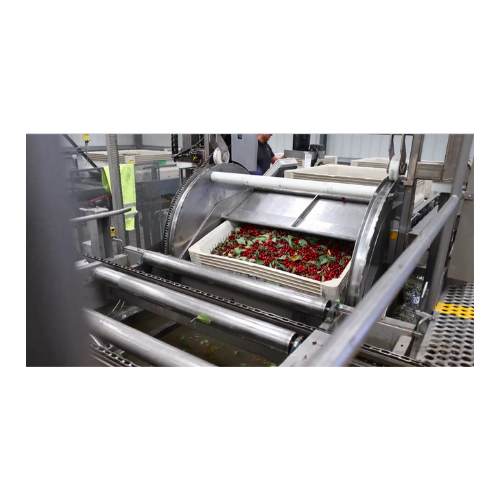
Cherry sorting system with deep learning technology
Boost your fruit processing efficiency by utilizing advanced deep lea...
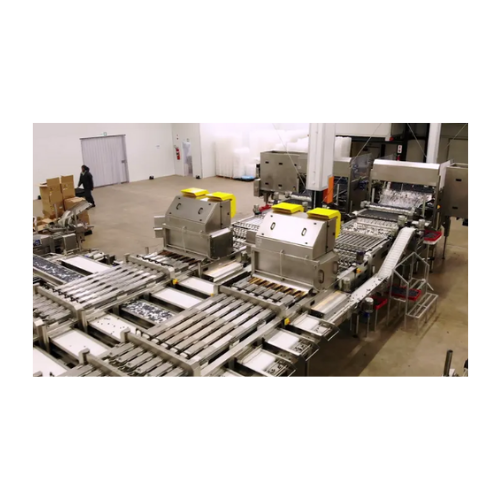
Blueberry sorting and grading system
Enhance your fruit processing line with a cutting-edge system designed for precision s...
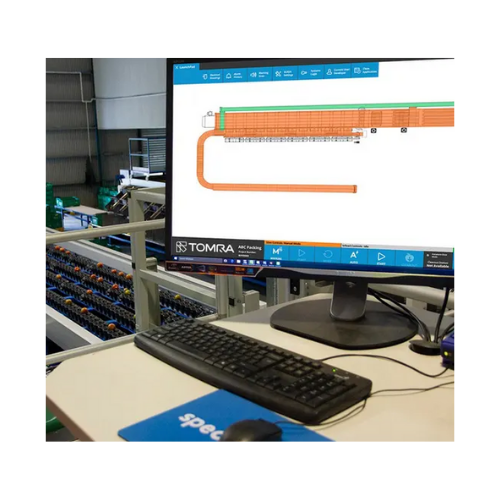
Line control and product tracking systems for post-harvesting
Optimize your production line with precision control and r...
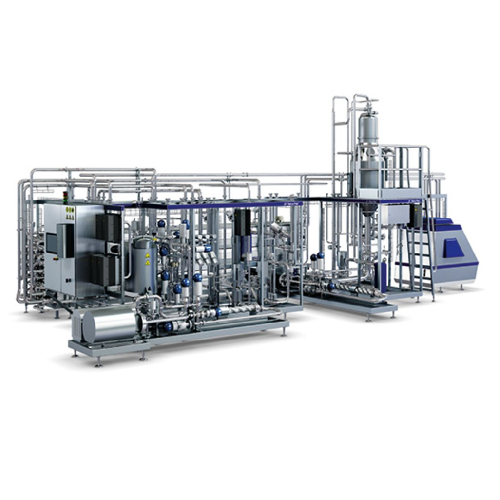
Continuous ultra-high temperature treatment for prepared food products
Optimize your prepared food production with cont...
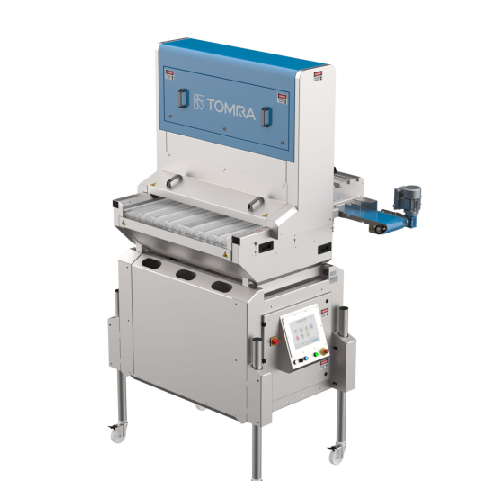
Blueberry pre-grading system
Optimize your blueberry sorting by automating the removal of clusters and unwanted berries, enh...

Blending tank for food preparations
Optimize your production line with a tank designed for efficient blending and storage o...
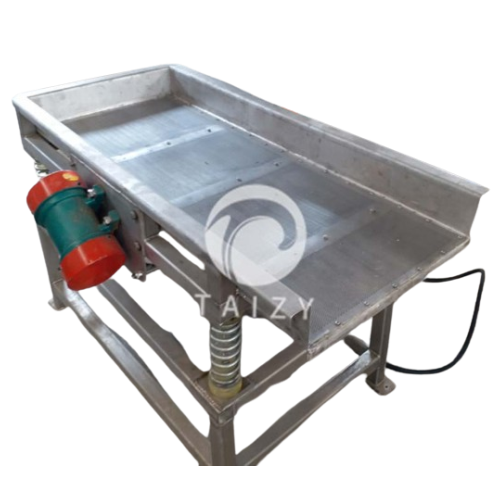
Vibration sieving machine for removing droplets or oil
Enhance your production line by efficiently removing surface liqui...
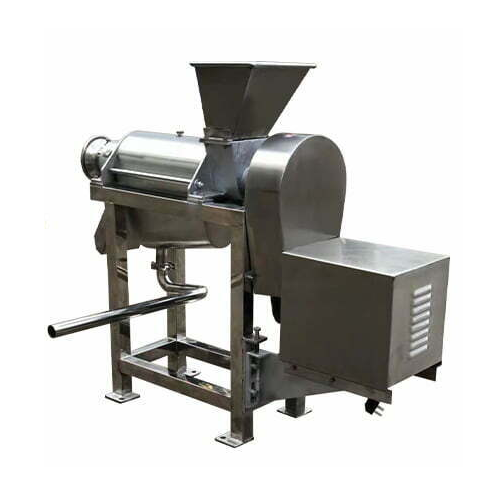
Spiral fruit juicer for apples and oranges
Enhance juice production efficiency by seamlessly integrating this spiral fruit...
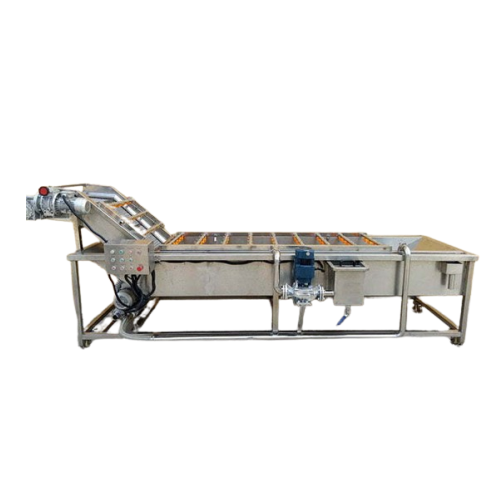
Industrial strawberry and blueberry washer
Ensure your soft fruits remain intact and impurity-free with this specialized w...
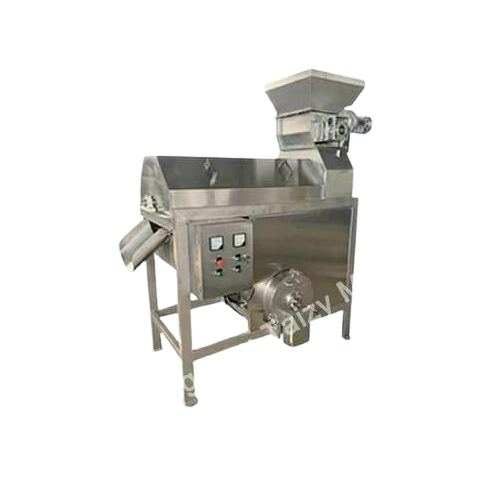
Industrial passion fruit juicer for efficient juice extraction
Achieve complete separation of passion fruit components w...
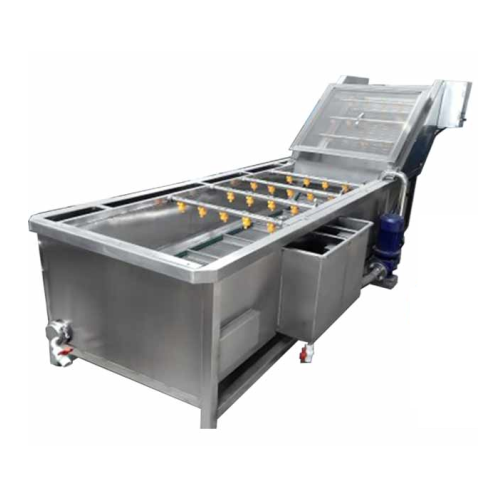
Mango juice production line
Streamline your mango juice production with a complete solution that efficiently transforms fres...
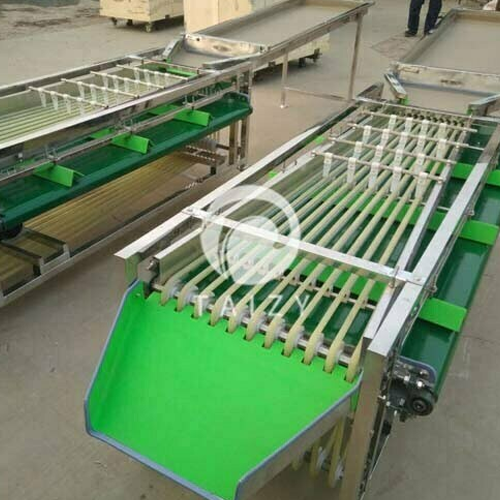
Jujube grading machine for round and oval fruits
Optimize your fruit and vegetable processing with precise size sorting, e...
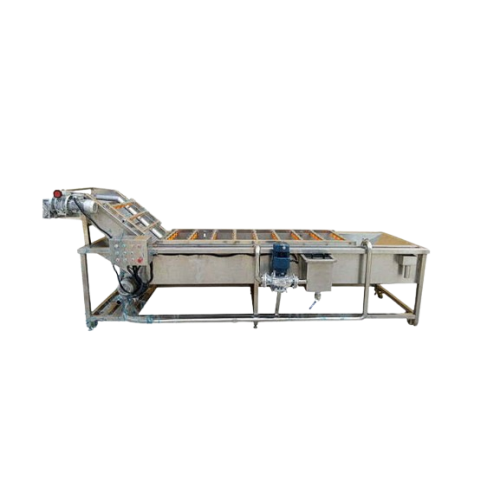
Bubble type fruit and vegetable washer
Ensure your produce is impeccably clean and damage-free with our bubble-type washing...
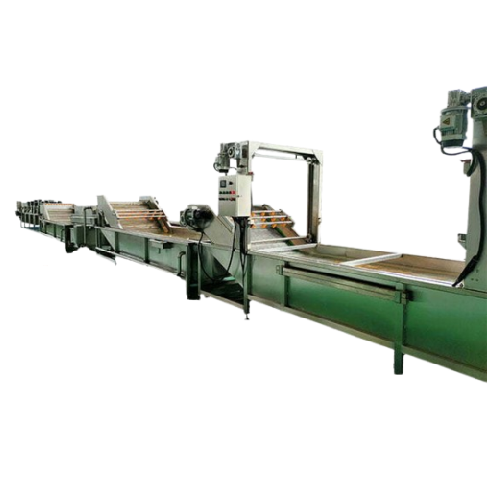
Date palm processing line for jujube cleaning and drying
Optimize your date and fruit production with our line that ensur...
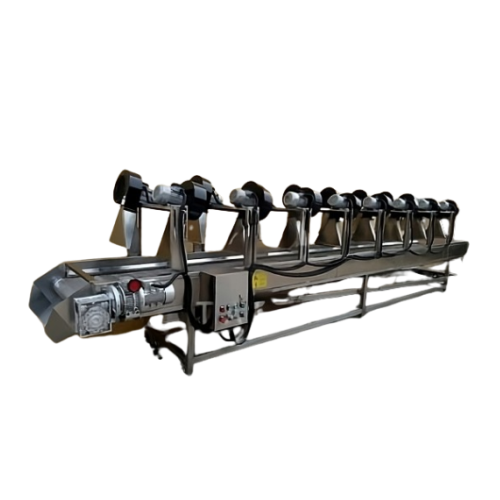
Vegetable and fruit air drying production line
Efficiently dry fruits, vegetables, and vacuum-packed goods while maintaini...
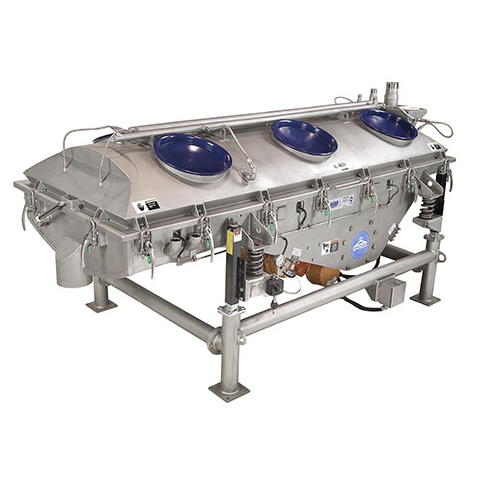
Dual-motion rectangular separator for pulp and paper industry
Optimize your production line with a versatile separation ...
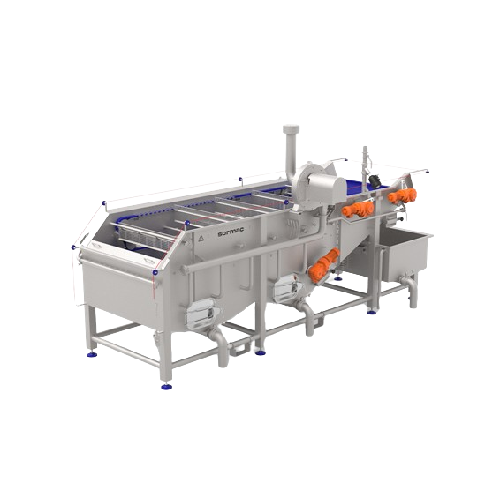
Fruit washer for efficient cleaning and sanitizing
Effectively clean and sanitize a range of buoyant and non-buoyant frui...
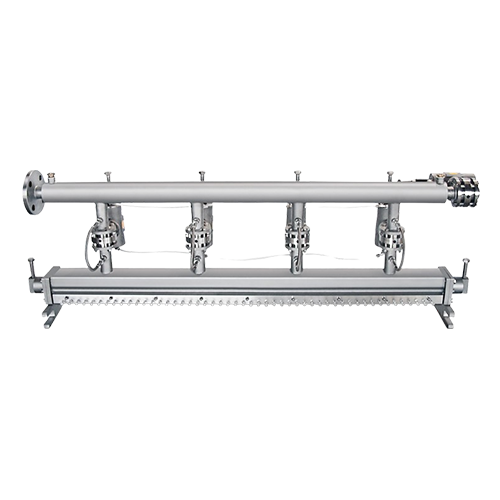
Manifold system for producing weight-accurate ropes of chocolate or fruit masses
Achieve precise weight and shape in c...
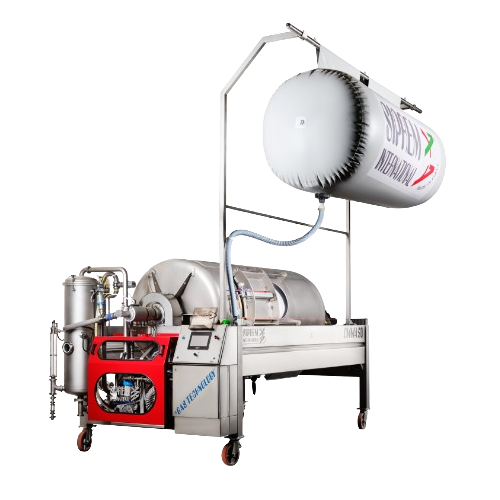
Vacuum juice extraction for various soft-pulp fruits
Achieve superior fruit juice quality by maintaining the integrity of...
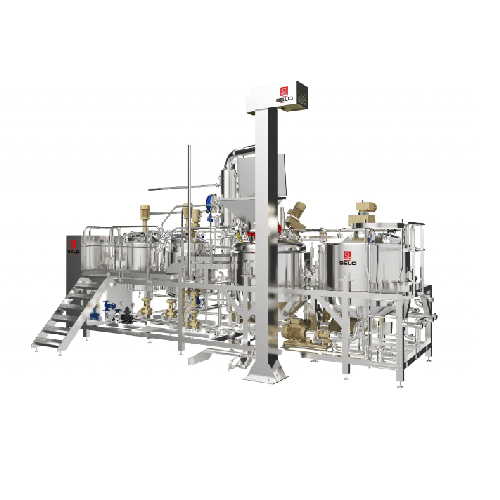
Jam production line
Optimize your jam production with our sophisticated line that ensures high capacity, consistent quality, ...
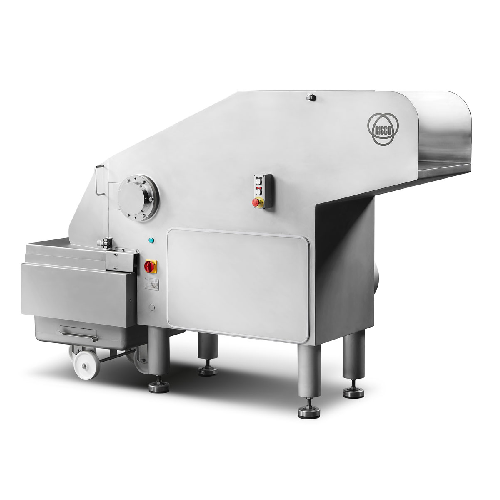
Flaker for frozen meat and food blocks
Efficiently transform solid blocks of frozen foodstuffs into precise cuts and flakes...
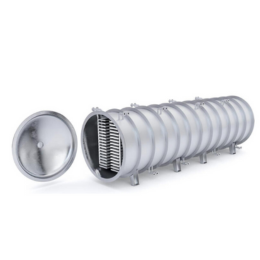
Semi-continuous freeze dryer with easy-loading
Freeze-drying is both a time- and energy-consuming process. In addition to ...
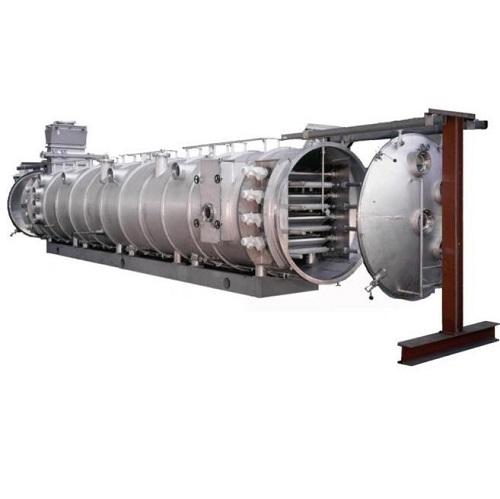
Vacuum belt dryer for fruit, vegetable and herbal extracts
Organic volatile compounds from fruits, vegetables and herbs ...
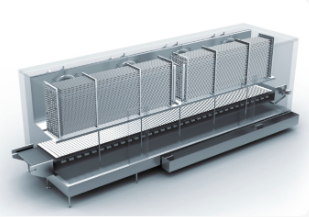
IQF (Individual Quick Freezing) freezer
Food products such as berries and fries in large volumes may tend to stick and form...
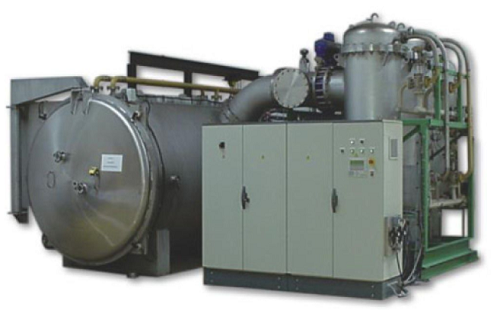
Freeze drying system for berries and fruit powders
Delicate fruits with high moisture levels, such as berries, risk losin...
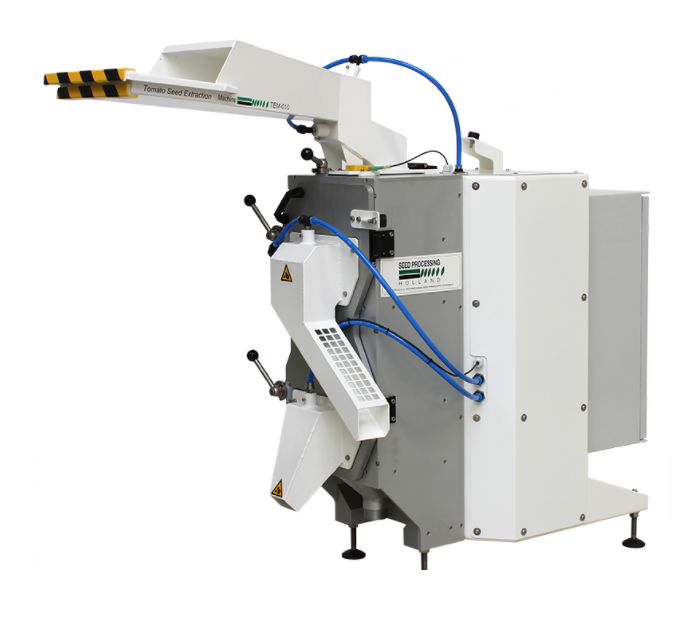
Tomato seed extraction machine
Although it’s the safest method, extracting tomato seeds manually can be time-consuming...
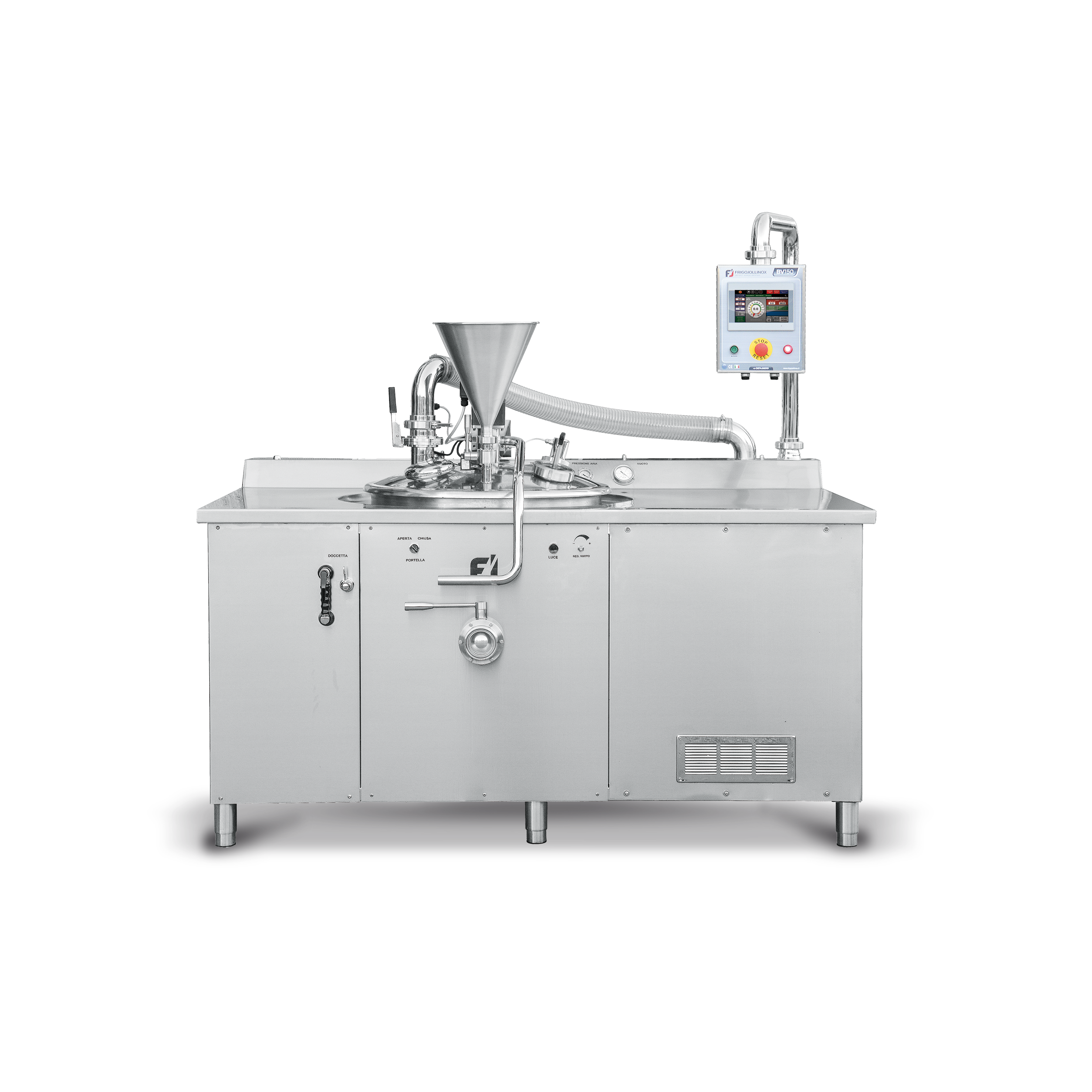
Industrial jam vacuum cooker
In a production setup of agri-food preserves, sauces, and other condiments, vacuum cooking at 5...
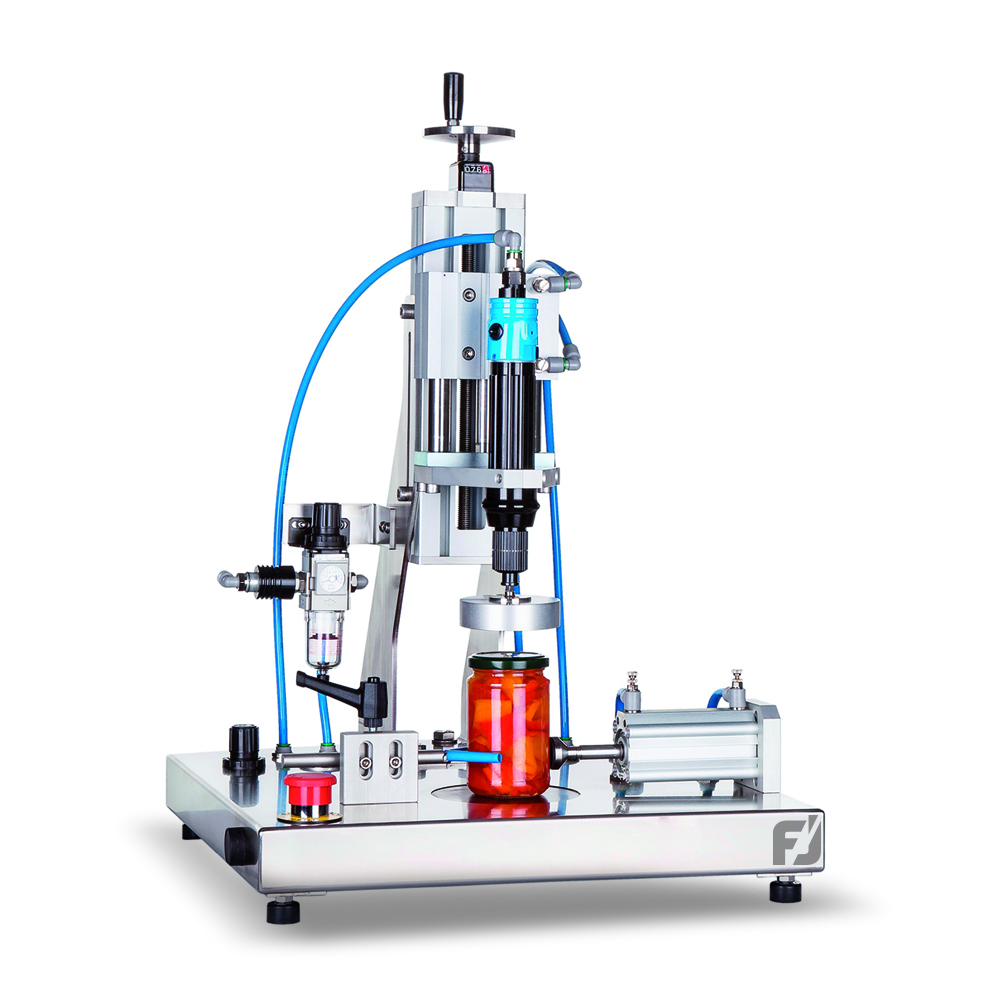
Capping Machine for Jars
In production lines that involve sterilization processes, jars that are not properly capped may expl...
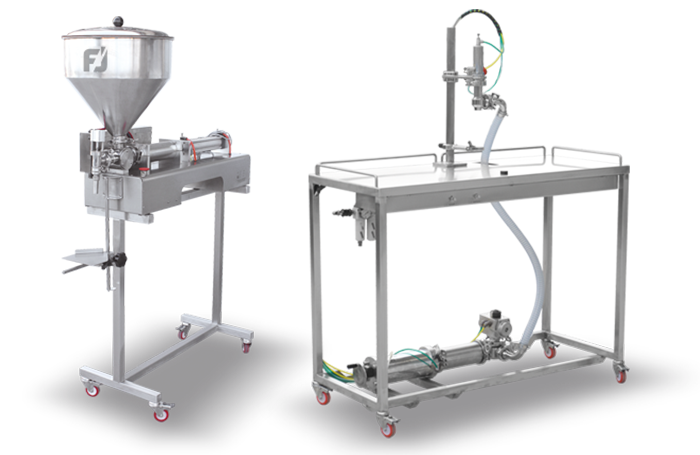
Semi-Automatic Volumetric Liquid Filling Machine
Filling containers manually with liquid and viscous products is the metho...
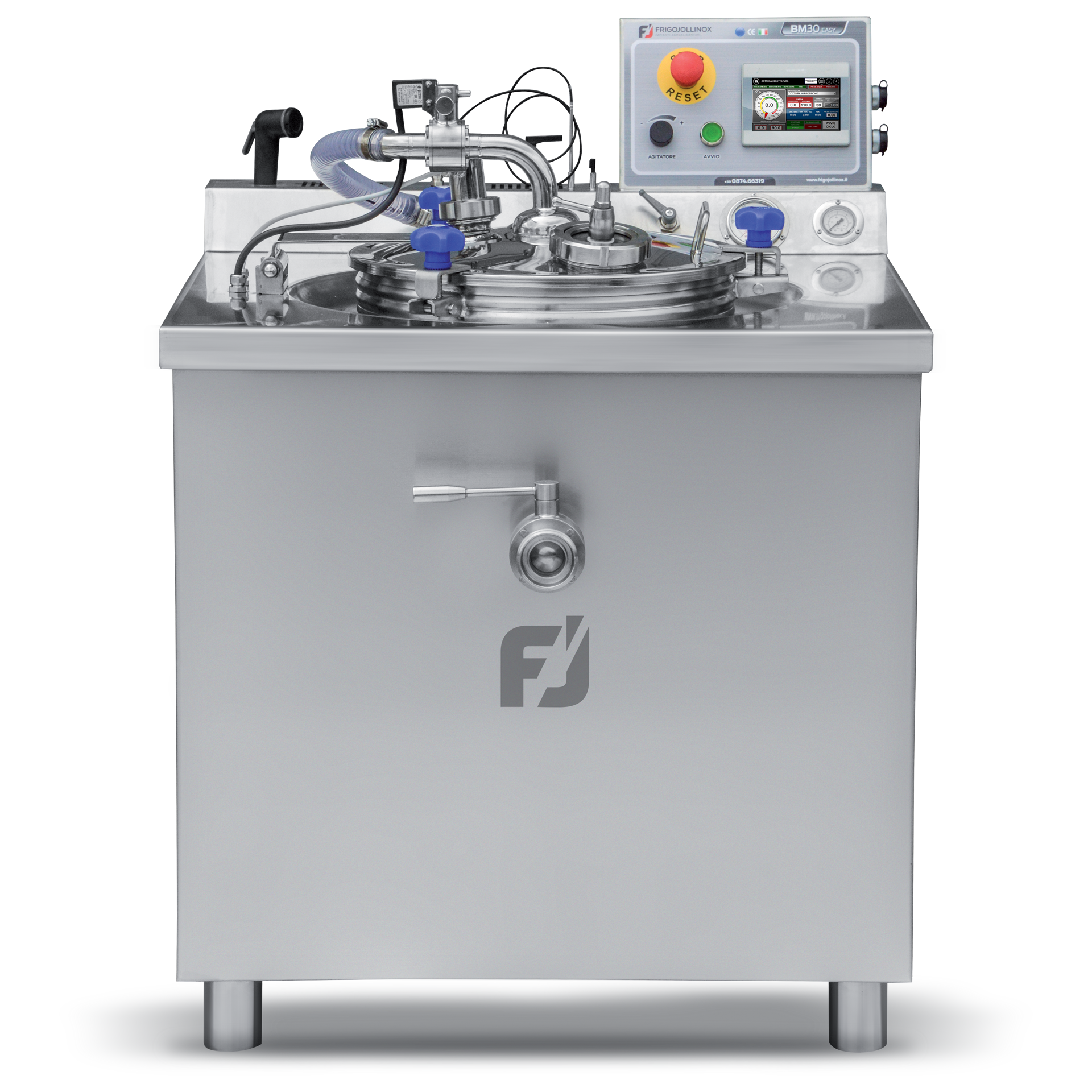
Small Scale Industrial Jam Cooker
Production of marmalades, jams, fruit concentrates, and sauces requires multiple steps. T...
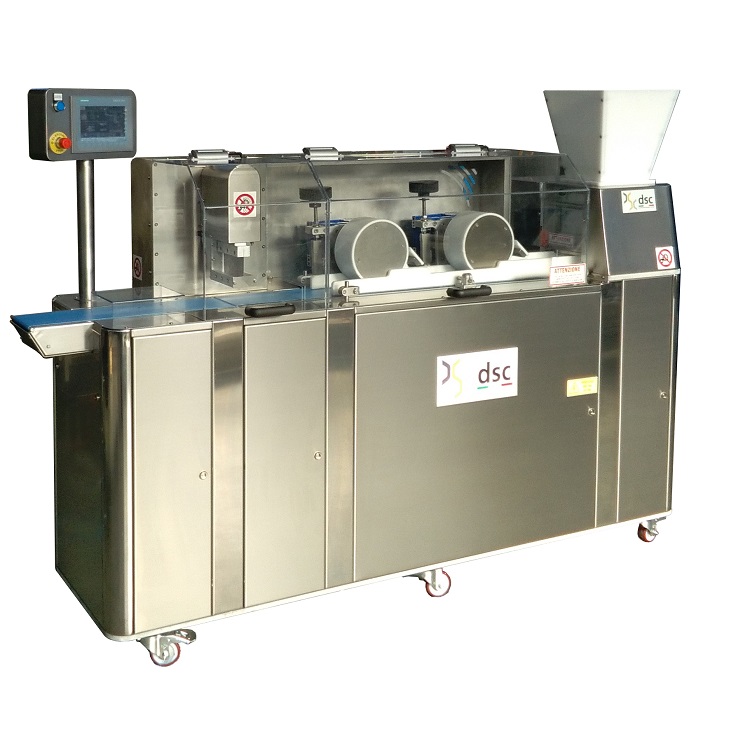
Entry-level cereal bar making machine
Cereal and grain bars are increasingly popular, both as snack foods and as functional...
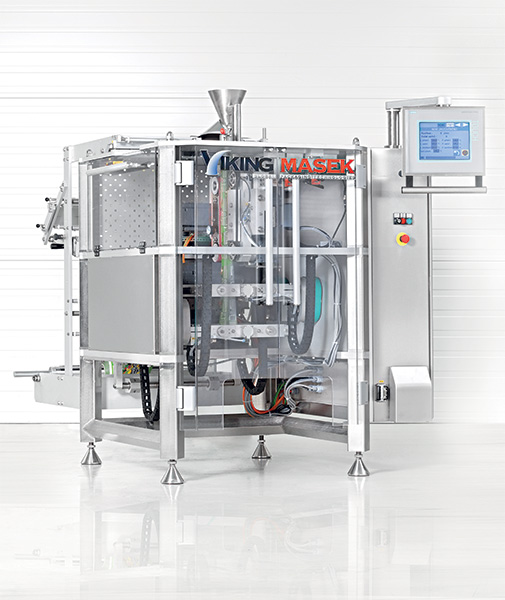
Continuous bagger with twin sealing jaws
If you want to pack into gusseted and pillow style bags and packing speed is impor...
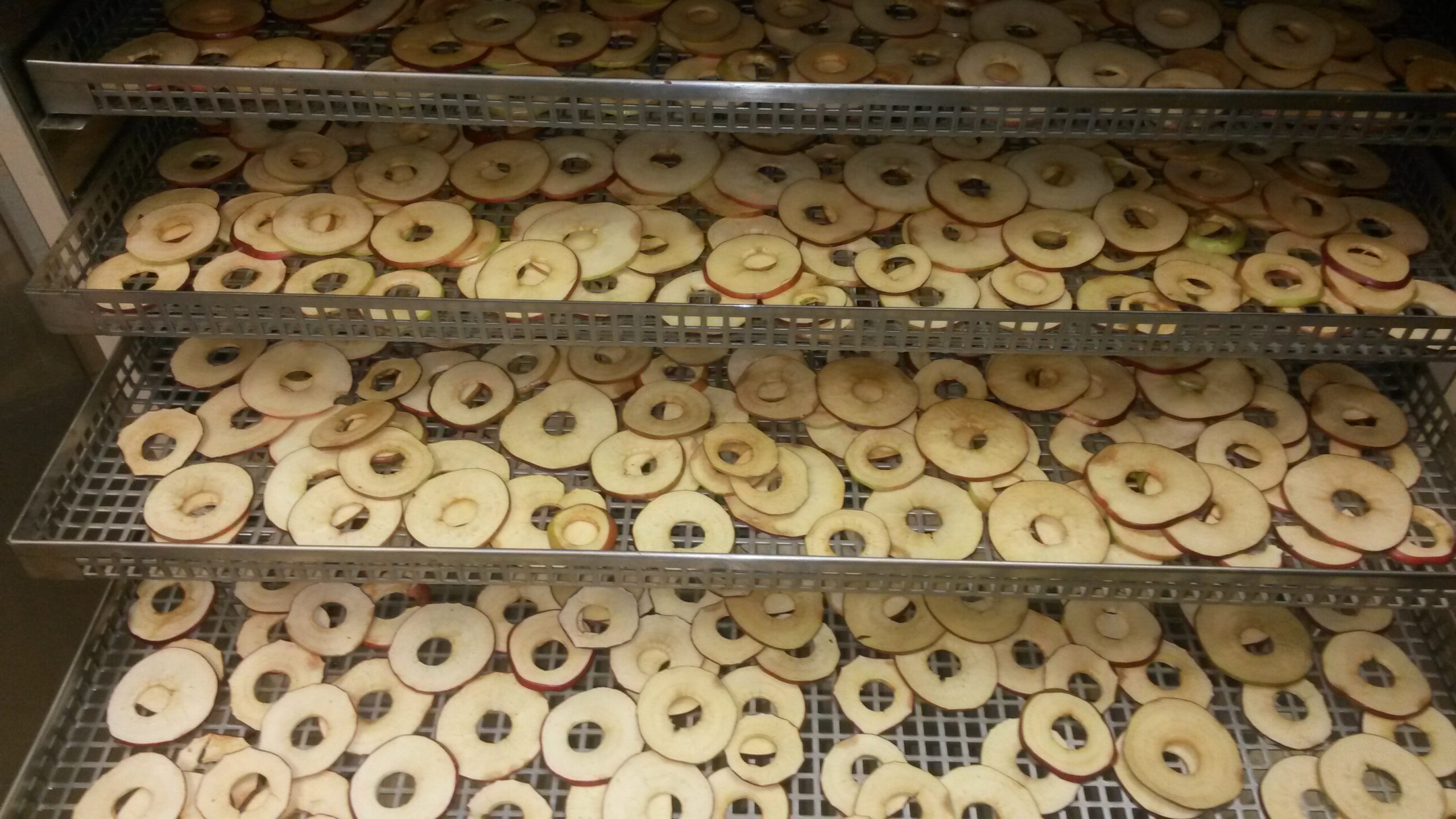
Energy saving cabinet dryer for food
Traditional drying systems use a lot of energy and take a long time to dry the product...
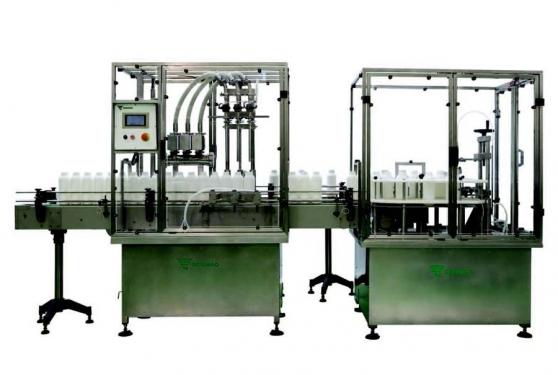
Linear automatic bottling machine for liquids
Autonomous filling systems are a very widely utilized solution for the consi...
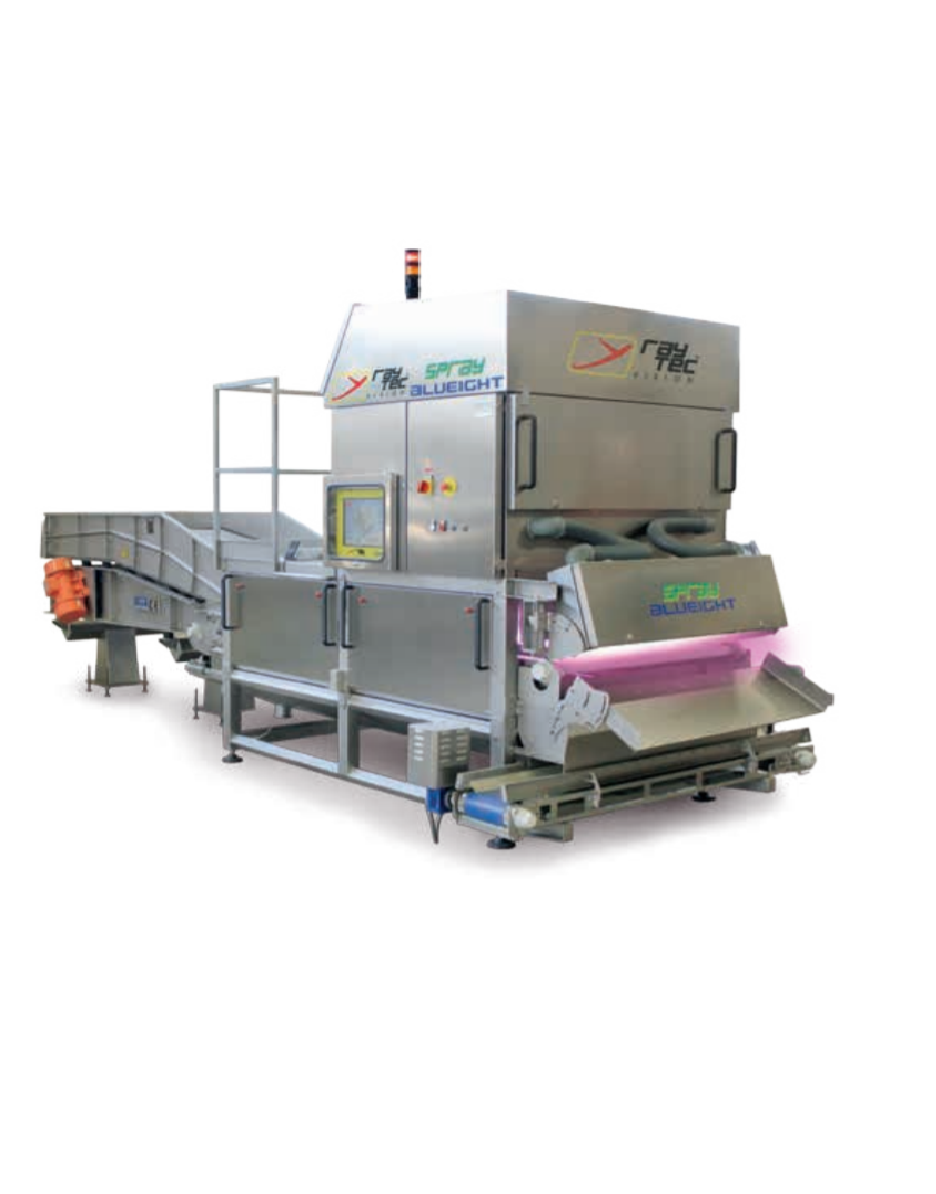
Optical sorter for fruit and vegetables
In fresh vegetable and fruit production, product quality is key to ensure a longer ...
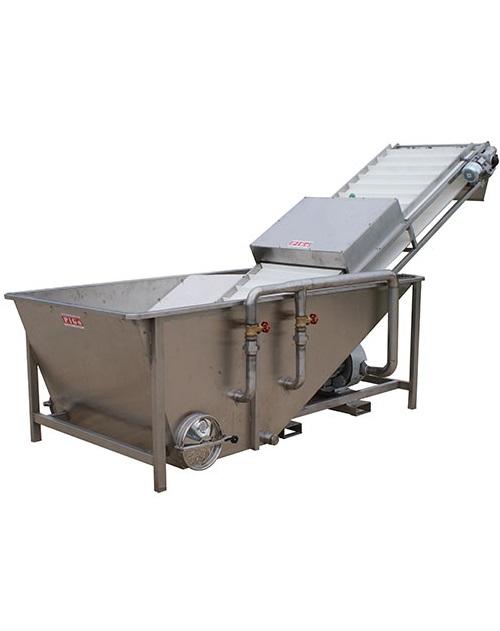
Industrial washing machine for fruits and vegetables
The effective fruit and vegetables’ initial preparation for producti...
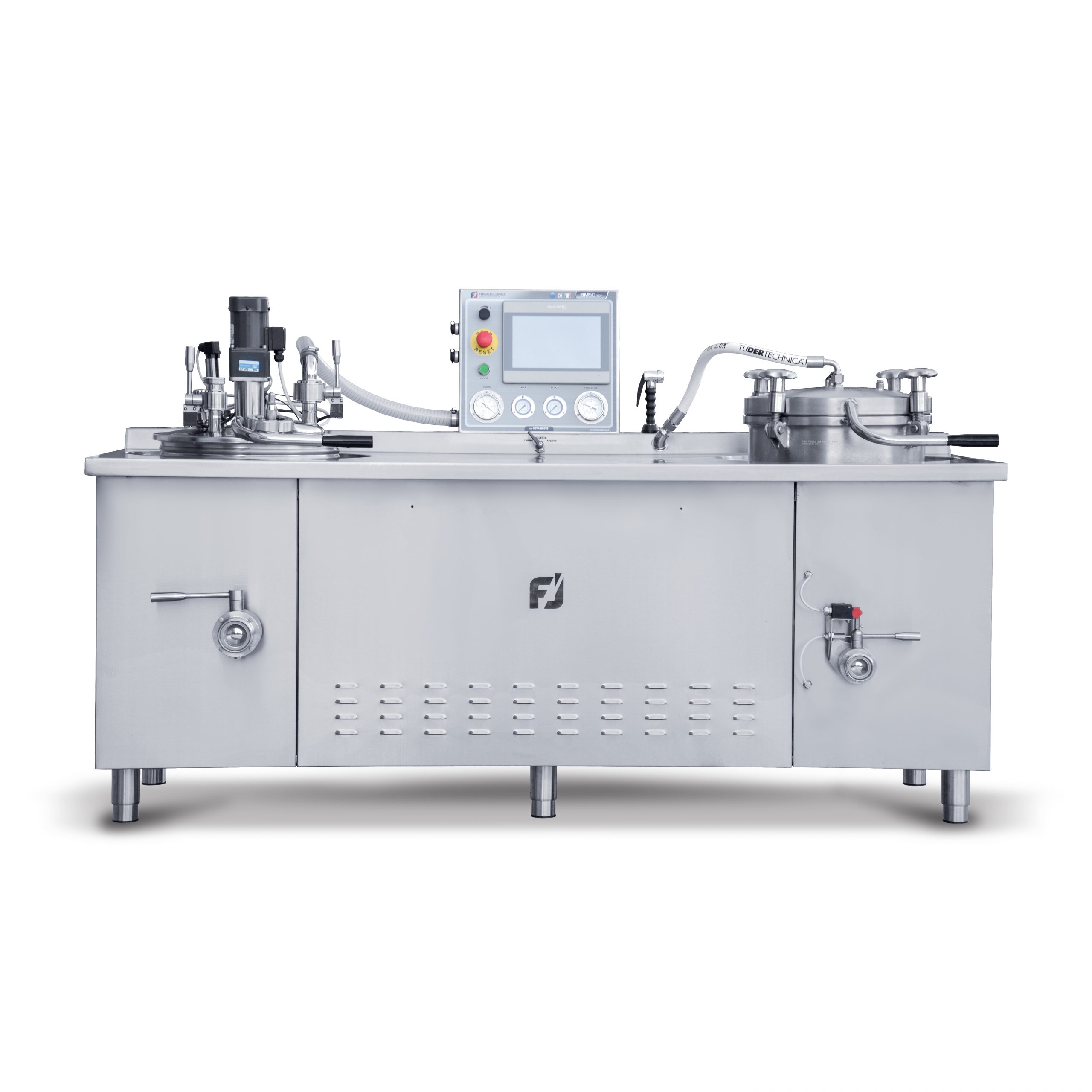
Marmalade and Jam Processing Machine
When producing jams and marmalades, preserving the natural flavours, aromas and colors...
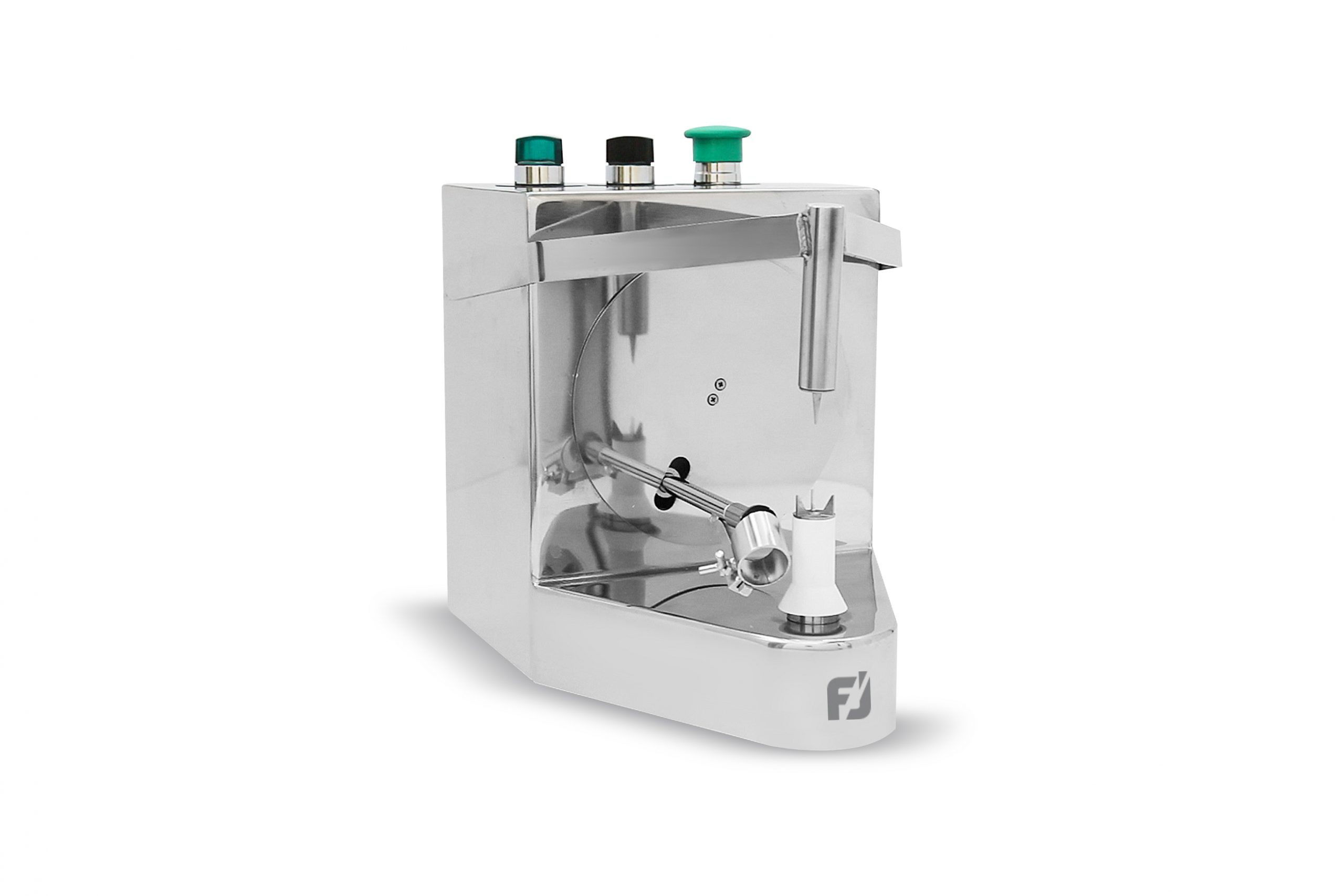
Automatic Peeler Machine For Fruits and Vegetables
Manually peeling fruits and vegetables can be tedious. Especially in l...
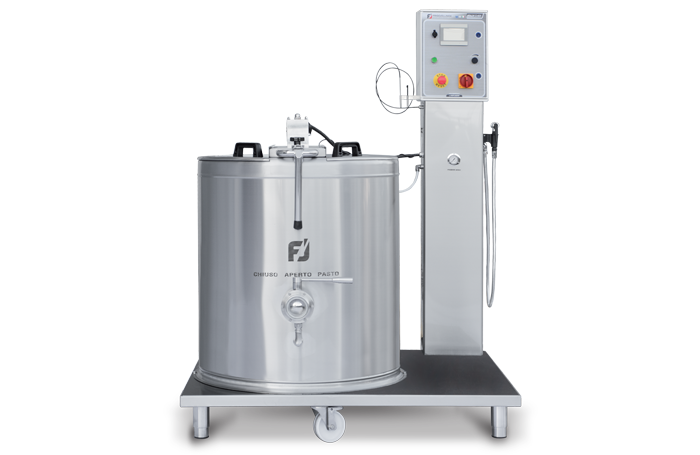
Vegan Sauce Processing System
Having a multipurpose machine allows one to perform different tasks like cooking, frying, brai...
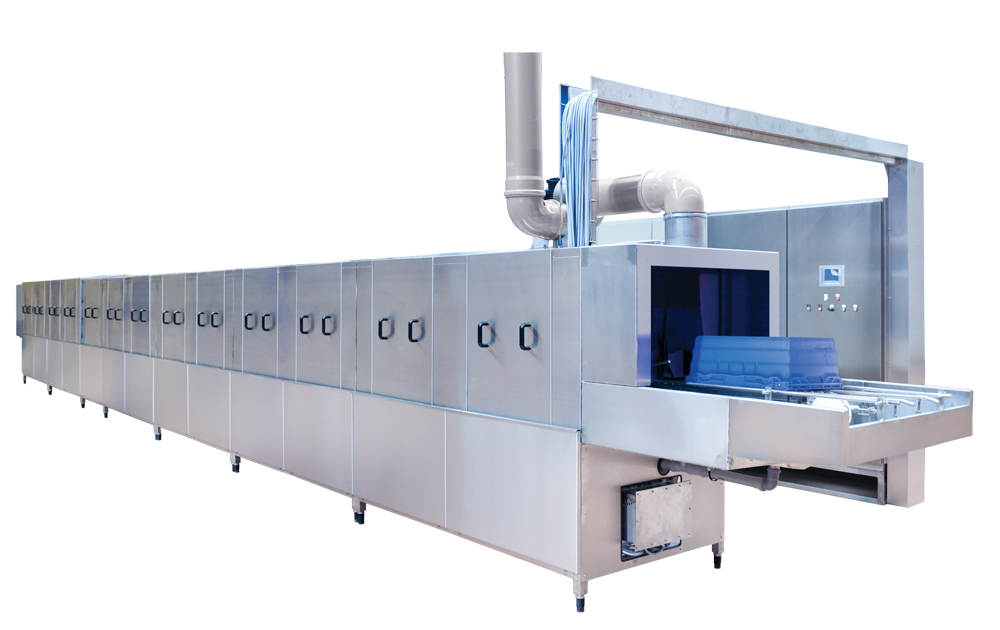
Industrial washer for plastic crates
In the food production sector, hygiene regulations are getting stringent by the day. E...
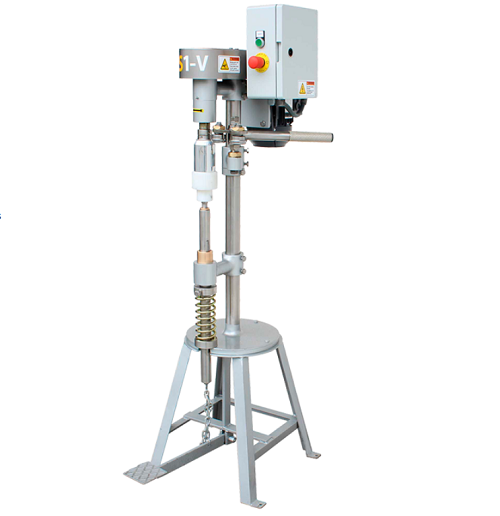
Semi-manual can sealer
When starting out in the canned product business, you do not necessary want to invest in industrial sc...
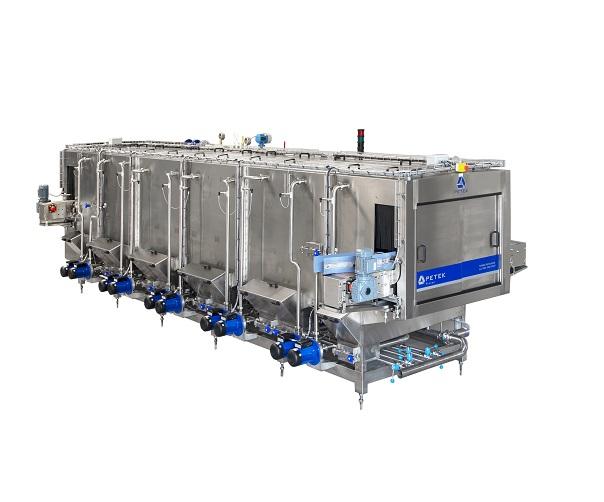
Craft Beer Pasteurizer
Pasteurization of craft beers in breweries is very important to ensure the maintenance of taste and ex...
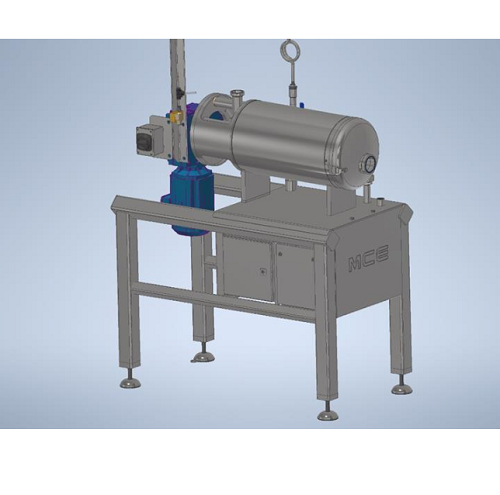
Licorice cooker
When producing liquorice and other sticky or viscous food products, during the cooling or heating process, com...
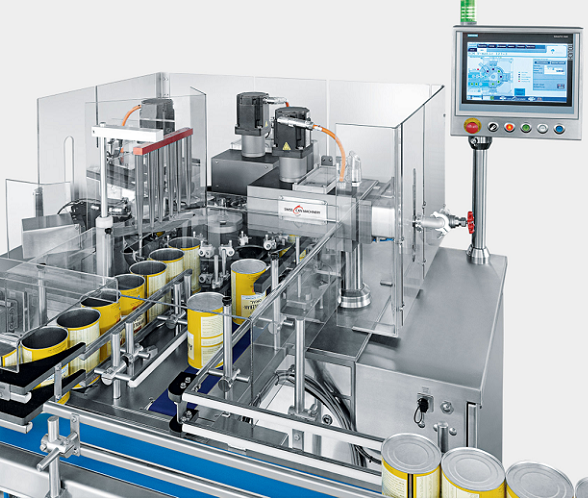
Seaming machine for infant formula cans
Packaging of food products, but especially those for babies, like infant formula, i...
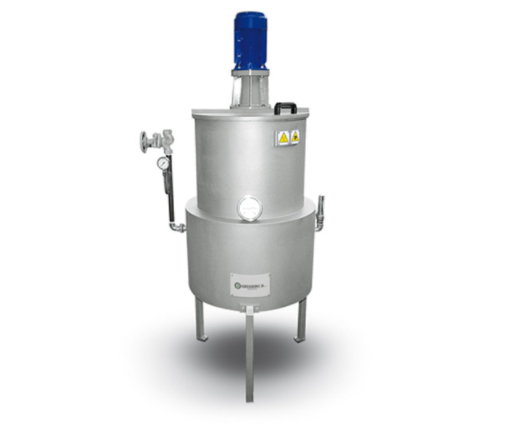
Emulsifier and mixer for gelling agent
When making jams and marmalades, gelling agents, such as pectin, are used to thicken...
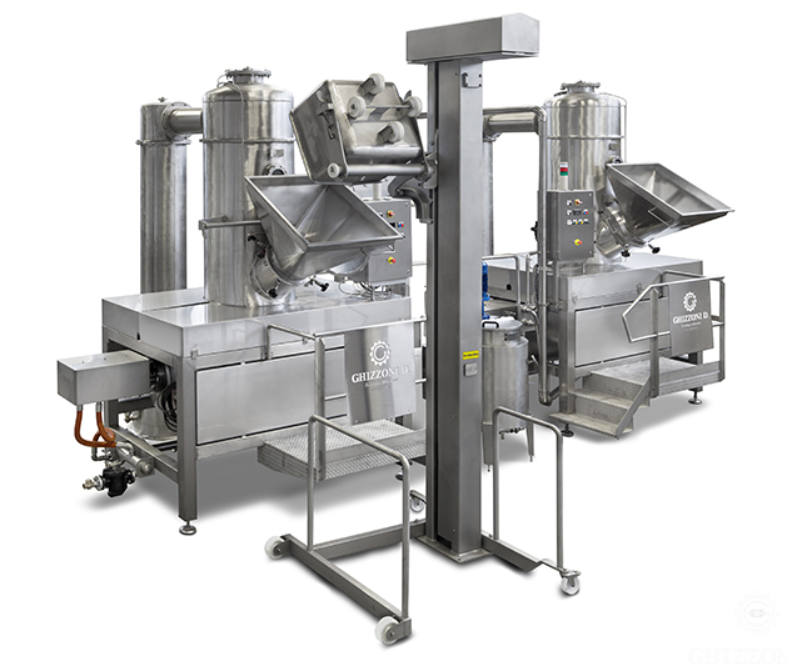
Concentrator for fruit puree preparation
Fruit puree is often an ingredient of various fruit-flavored yogurts, which someti...
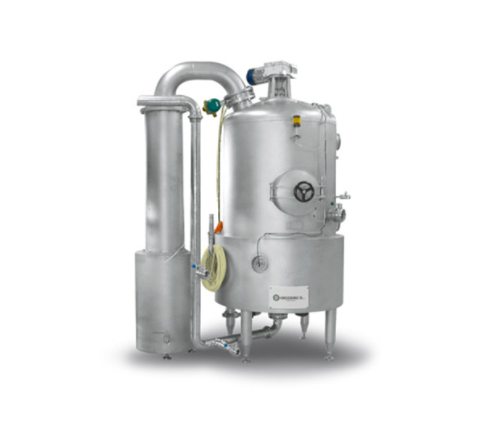
Vacuum and pressure cooker for fruits and vegetables
When producing fruit-based products such as marmalades or ice cream ...
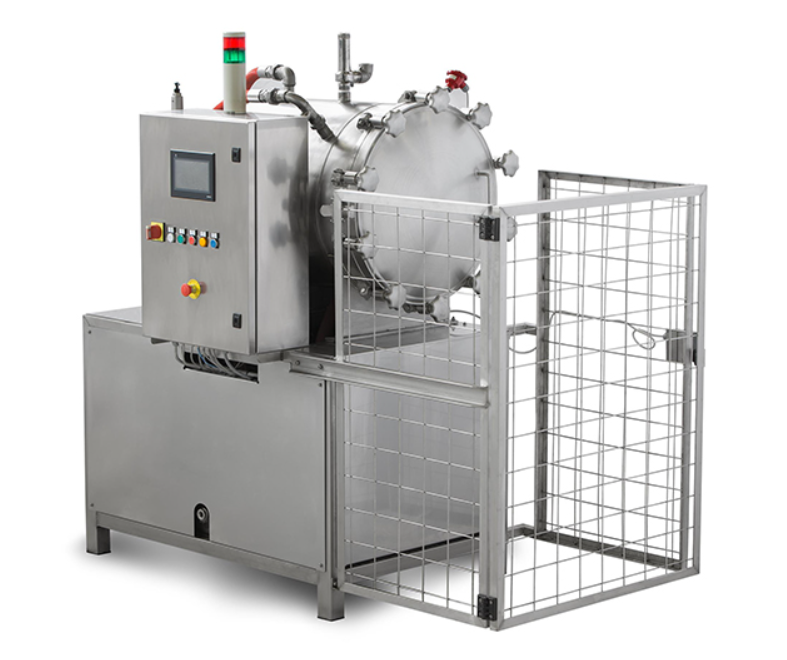
Autoclave sterilizer for food cans and jars
An autoclave is a must-have machine for canned food production lines. It perfo...
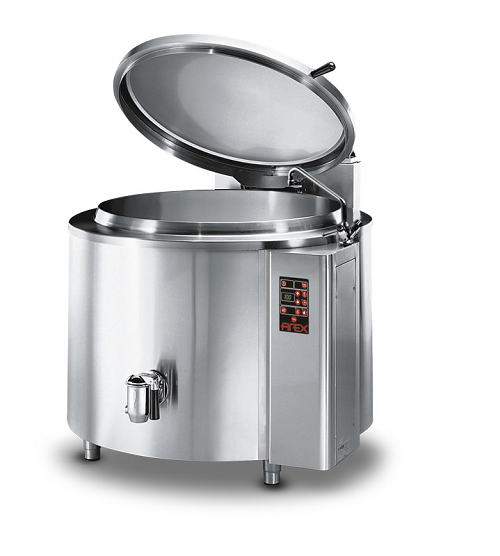
Jam pasteurizer with temperature control
Microorganisms and pathogenic forms in fresh fruit jams can shorten storage time. ...
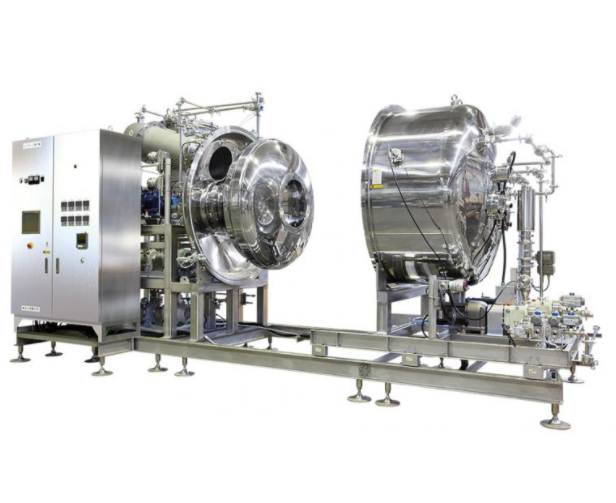
Evaporator for heat sensitive products
The removal of solvents when making products in industries like food, cosmetics, pha...
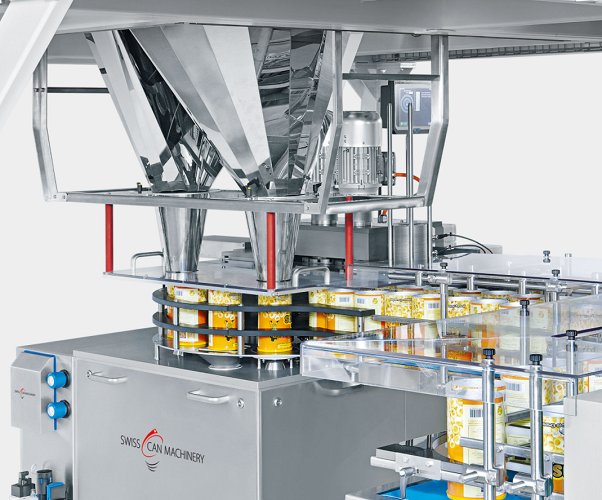
Filling and weight checking machine for food cans
Making sure the right quantity of product is in the packaging can be a ...
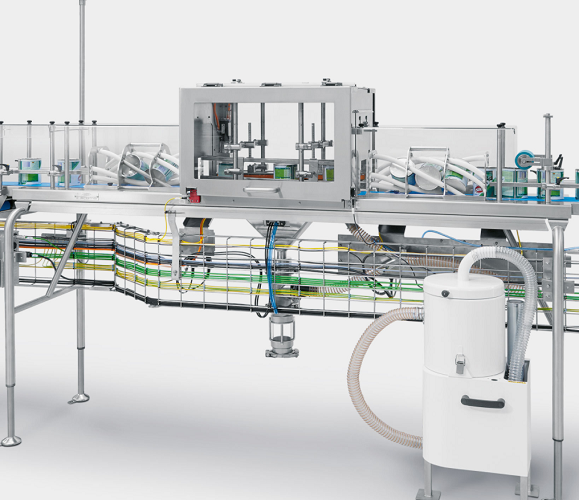
Ionized air system for cleaning of baby food cans
When producing canned food products, especially those for infant...
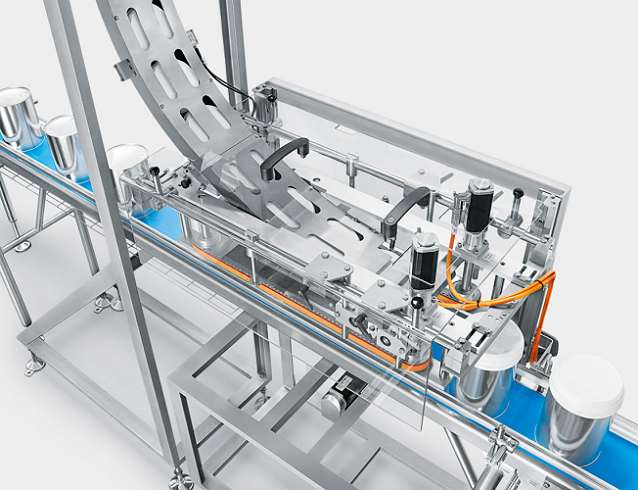
Capping machine for plastic lid oatmeal tins
Some products ask for a plastic reusable lid after the can has been sea...
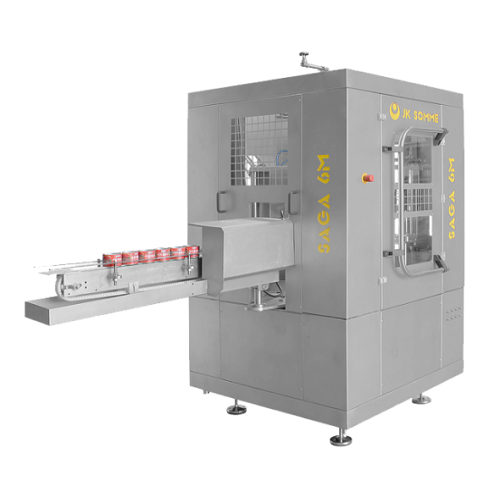
High speed can seamer
Tin plate thickness for cans has gradually reduced over the years, which makes it a hassle to use new c...
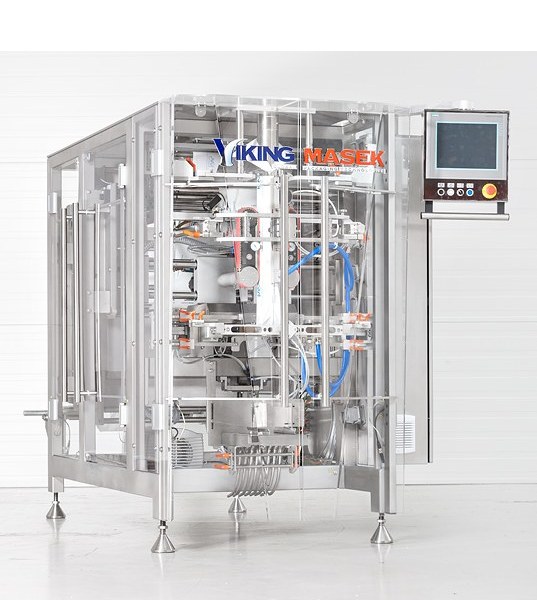
Bagger with mechanical driven jaw actuation
If you want to pack into unique bag styles like Quad-seal and Doypack, but you...
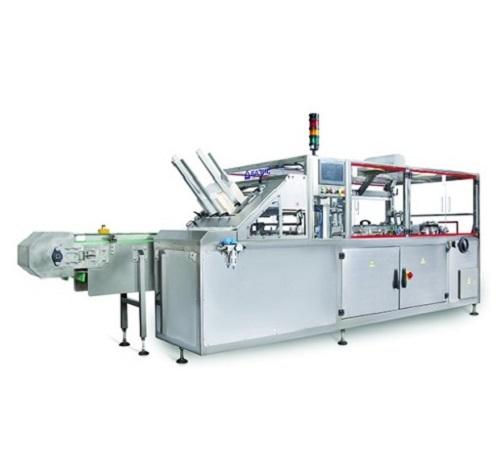
Horizontal cartoner for food products
Depending on the primary product packages, food products like confectionery (biscuits...
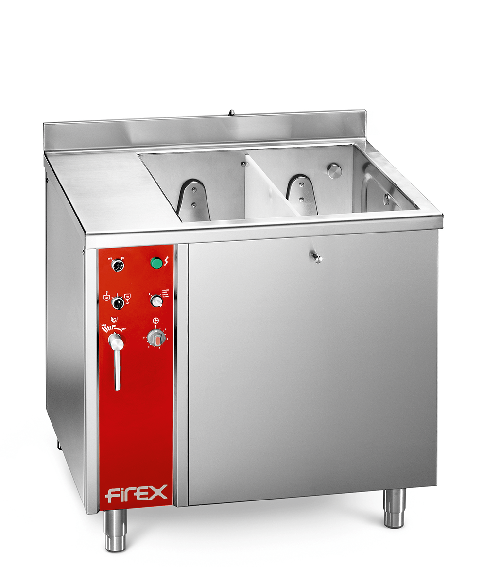
Industrial potato washer
Washing potatoes or other vegetables can be a time consuming task for large restaurants or other foo...
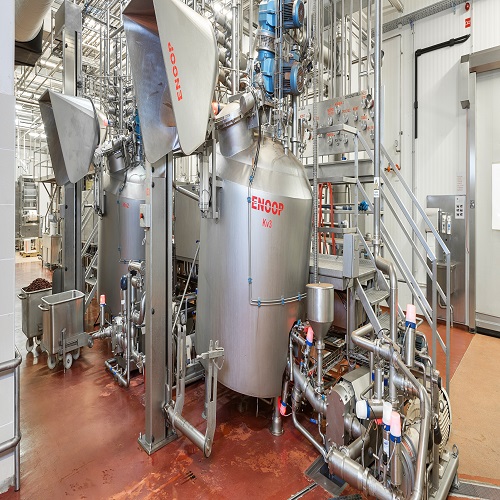
Industrial vacuum cooker
Batch cookers can be highly inflexible and inefficient, relying on maximum fill levels to operate we...
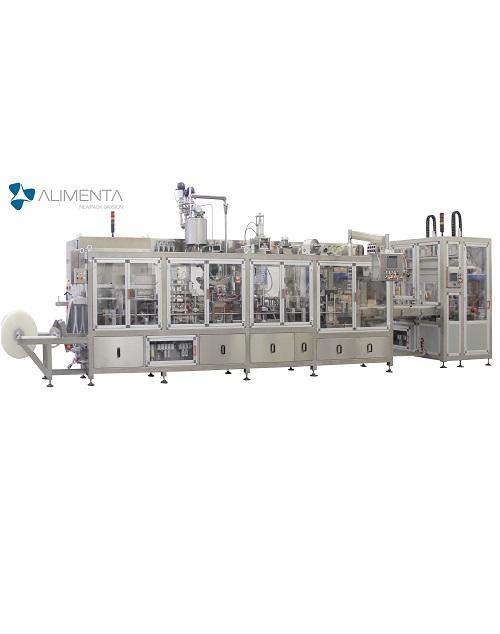
High-clean FFS machine for butter in mini portions
With the production of dairy products such as butter in mini portions ...
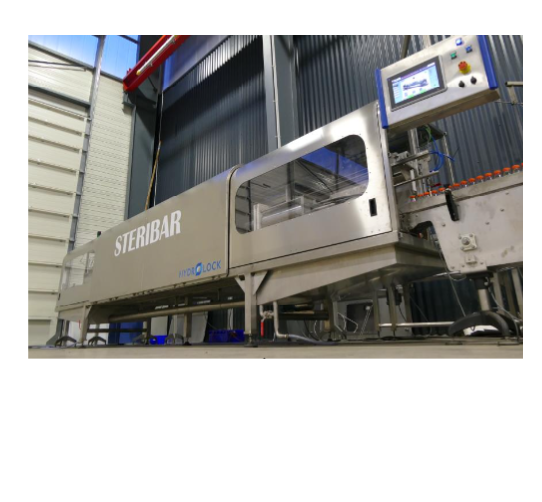
High pressure processing machine for juice
High-pressure processing (HPP) is one of the technologies in the manufacturing ...
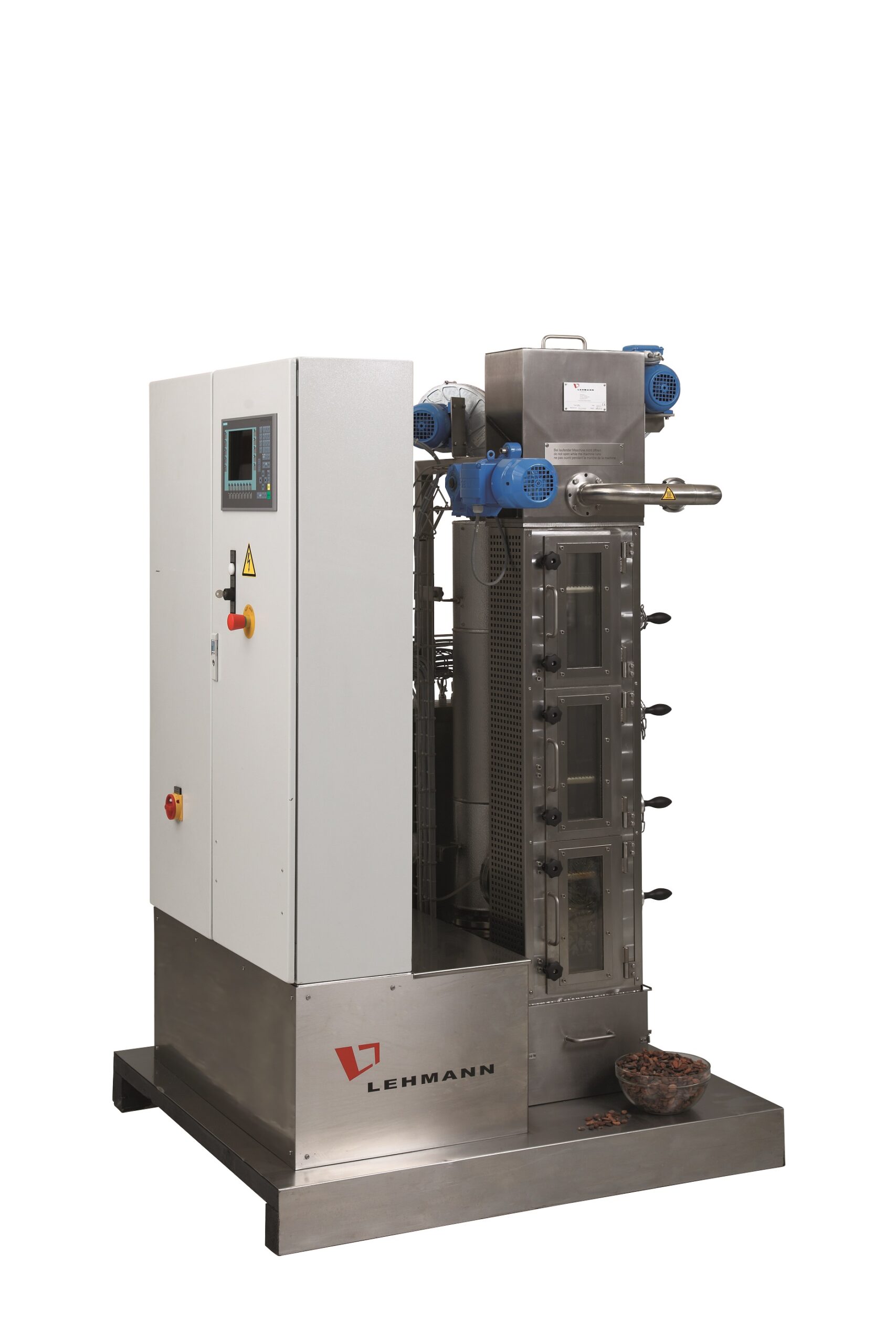
Continuous cocoa bean roasting line
When you are processing chocolate, after the conditioning and fermenting of cocoa, the ...
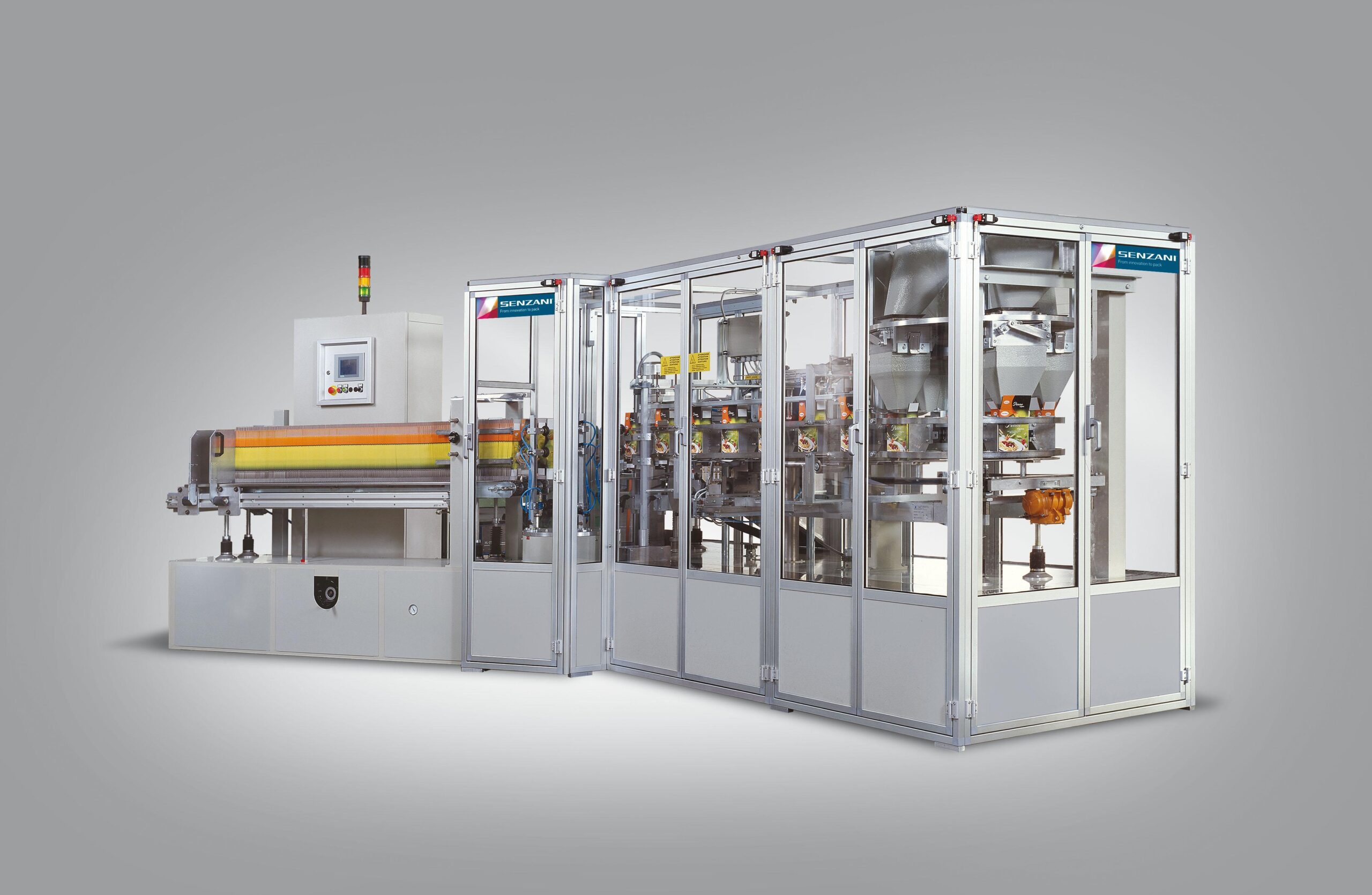
Entry-level vertical cartoner for frozen food
When it comes to frozen food, selecting quality packaging is fundamental for...
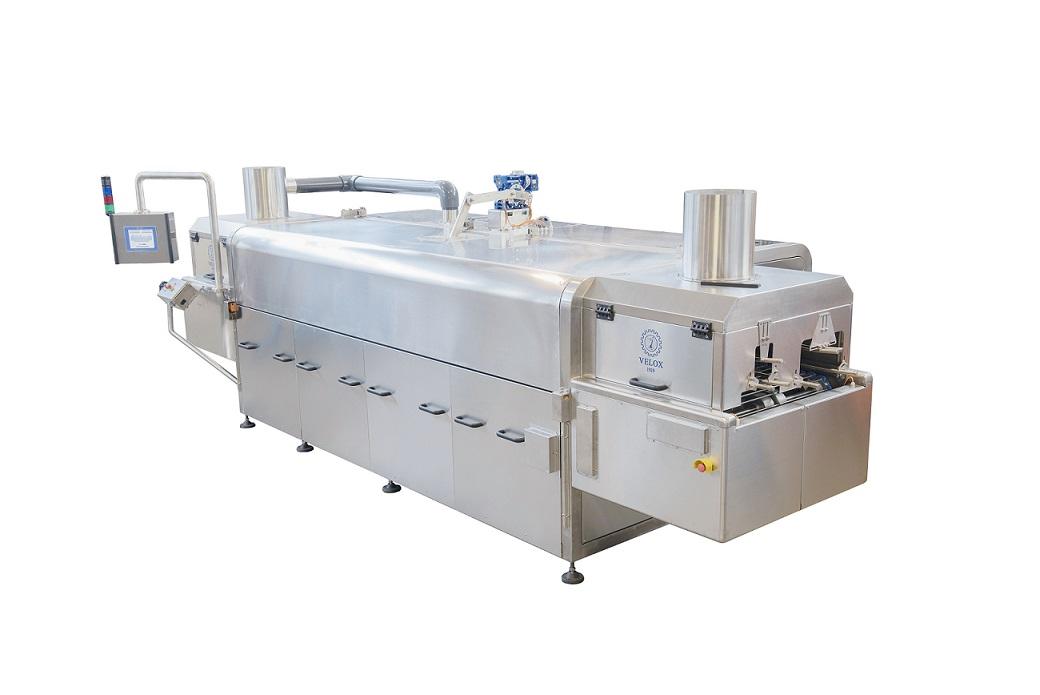
Tunnel washer for food containers
With an increase in demand for production across food service and manufacturing companies...
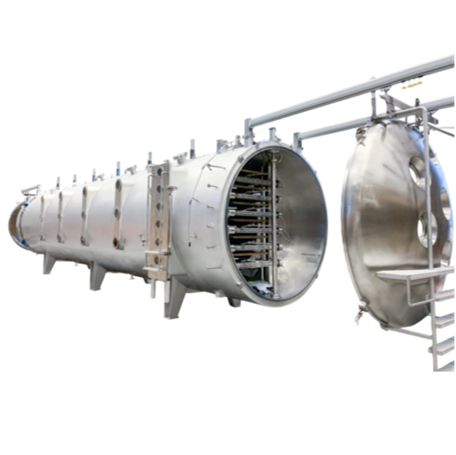
Vacuum belt dryer for instant drink powders
Extracting the essential acids and compounds from fruits and plants is a compl...
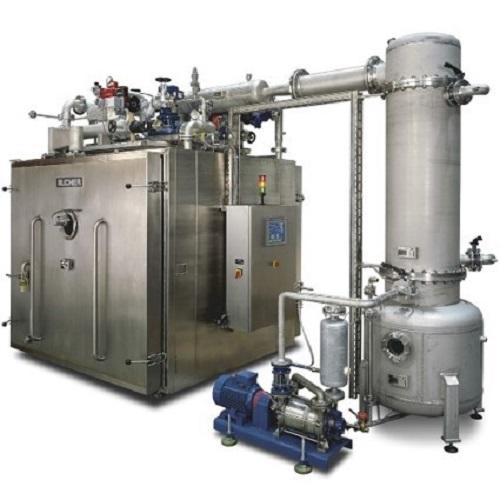
Vacuum cabinet dryer for plant extracts and functional foods
Plant extracts are vital to functional food preparations. B...
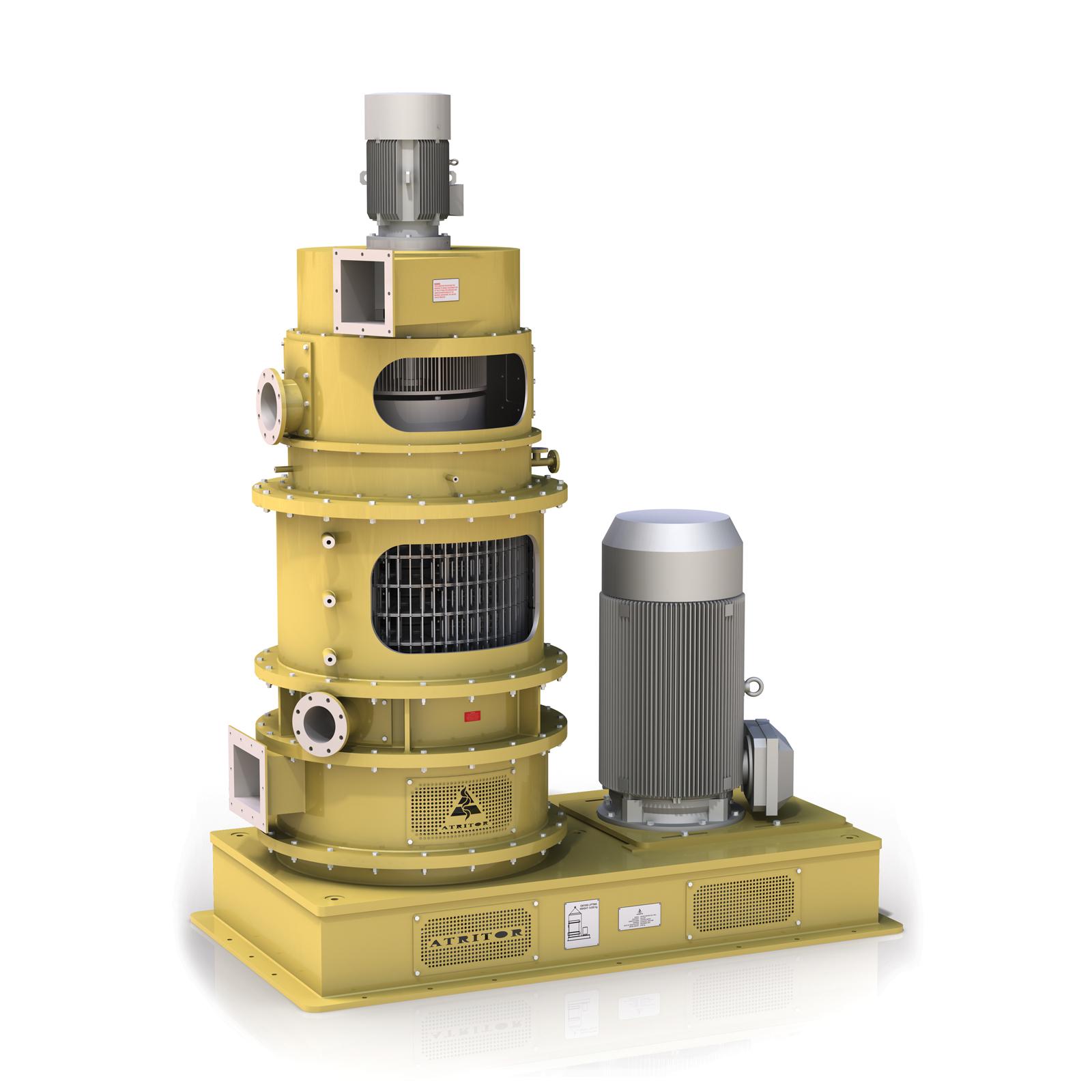
Milling and drying machine for fine powders
When you need to produce ultra-fine powders, the milling and drying process em...
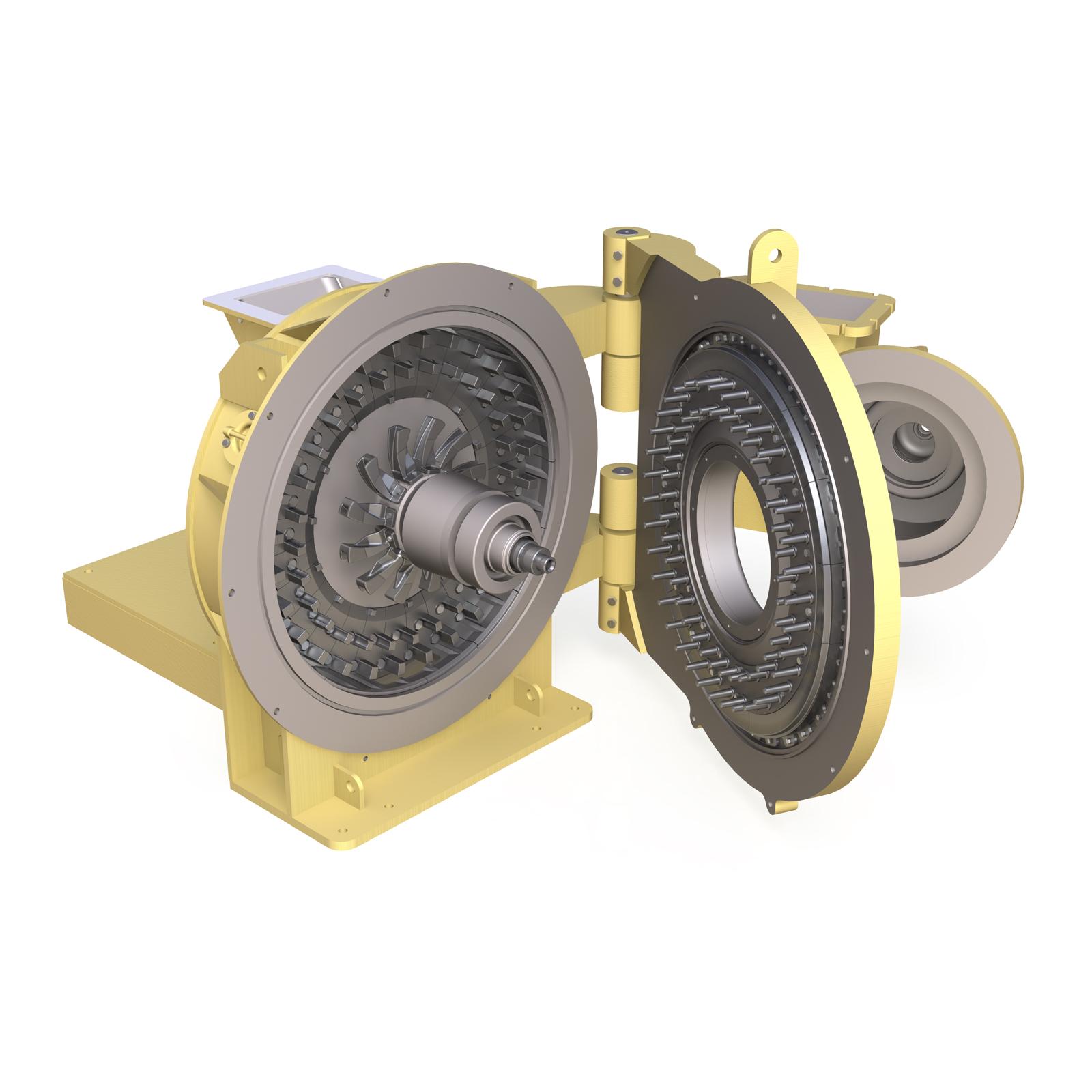
Flash drying grinder for powders
Drying and grinding can be an important feature when trying to process products such as raw...
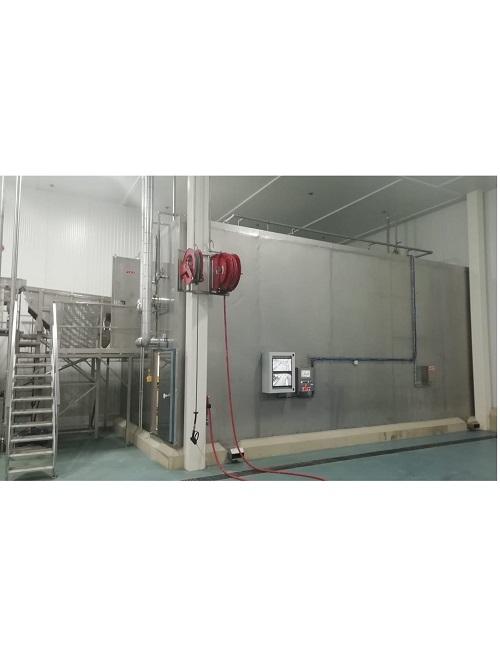
Industrial IQF freezer for fruits and vegetables
As people become more health aware, frozen fruits and vegetables have bec...
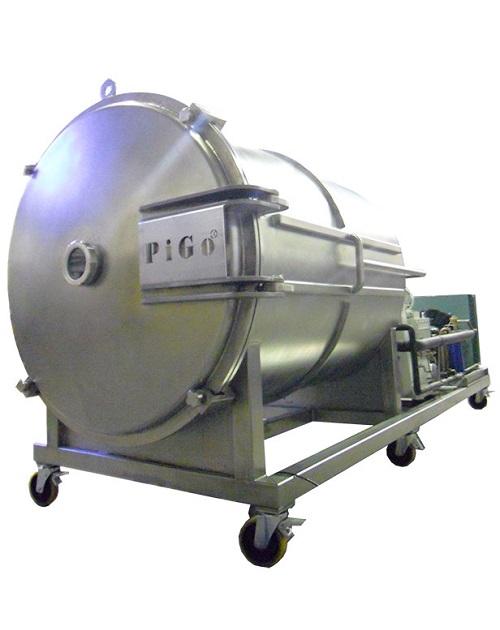
Industrial freeze-dryer for fruits
Freeze-drying is a complex and delicate process. If you are searching the market for a f...
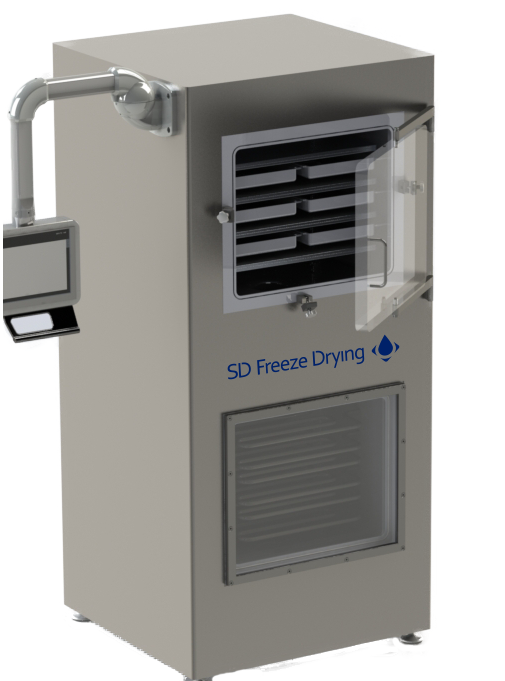
Pilot scale freeze dryer
Freeze drying is a complex and time-consuming drying process which requires maintaining the quality ...
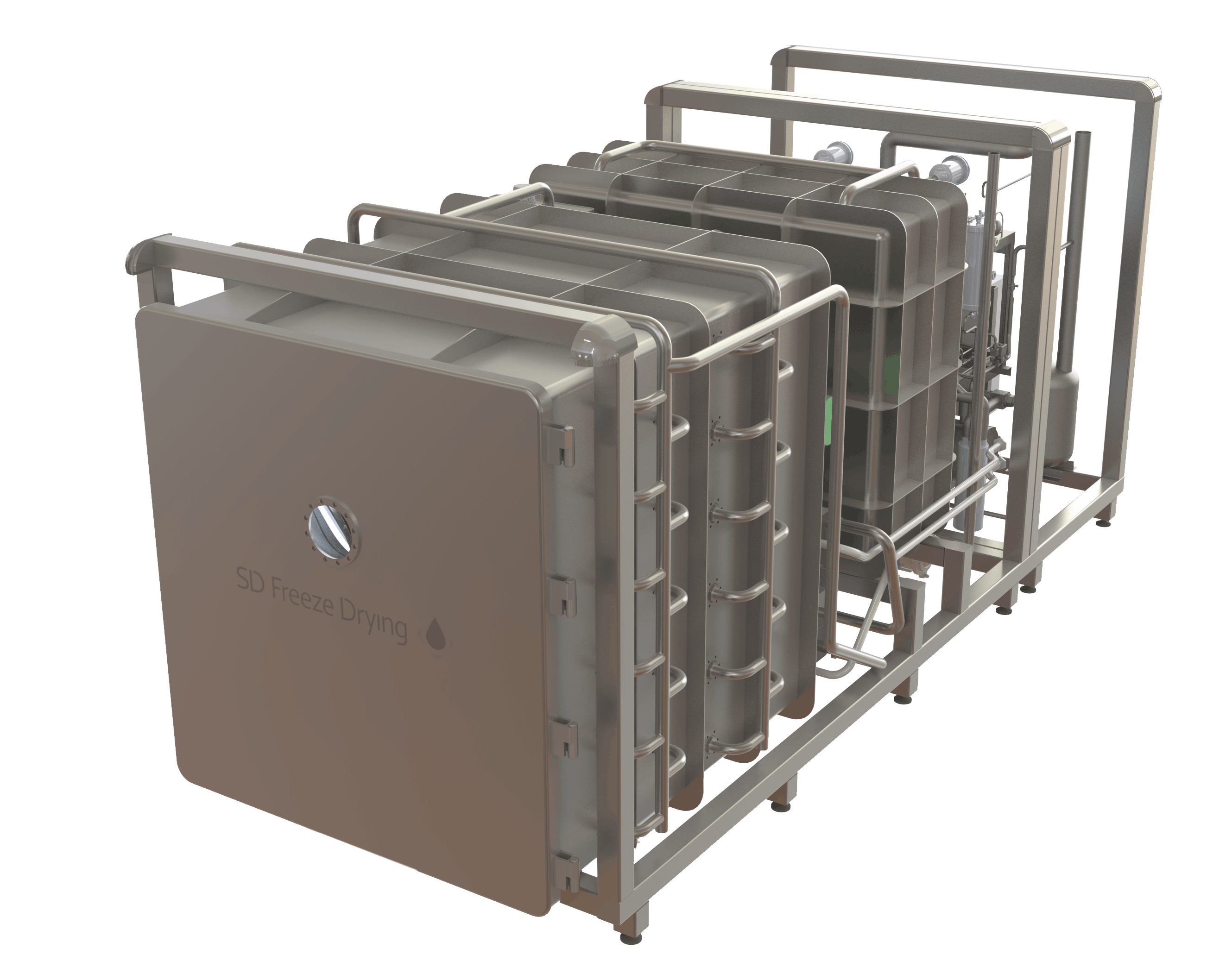
Industrial food freeze dryer
Nutraceuticals and dietary supplements can be highly sensitive and need to be protected against...
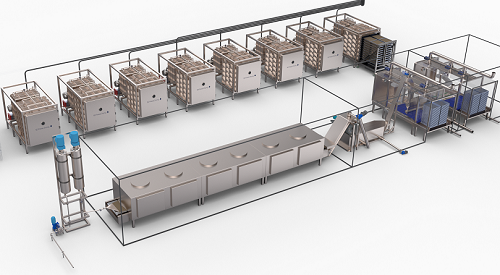
Automatic freeze drying system
Freeze drying can be an expensive and cumbersome process. When dealing with nutraceuticals it...
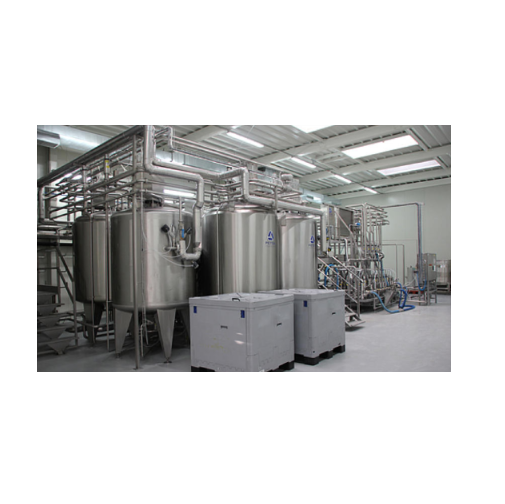
Inline syrup room
The beverage industry requires high-quality syrup. Soft drinks, fruit juices, still drinks, ice tea, flat o...
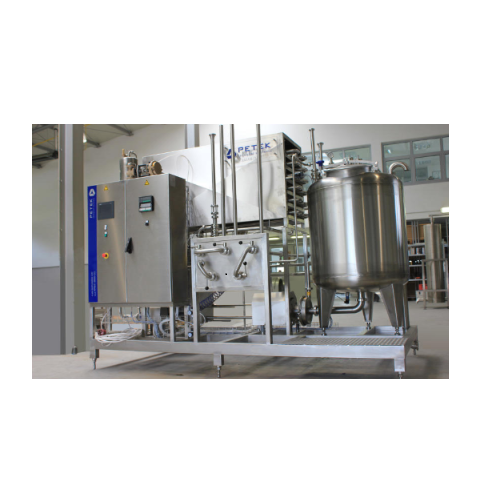
Flash pasteurizer for beer
The food and beverage industry are faced with constant challenges. Contamination and cross infect...
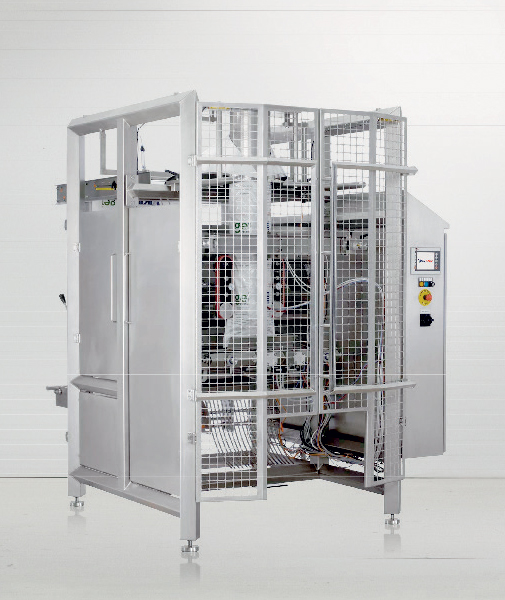
Hygienic vertical bagging machine
Hygienic bagging with a compact packing machine that can withstand the harshest wash down...
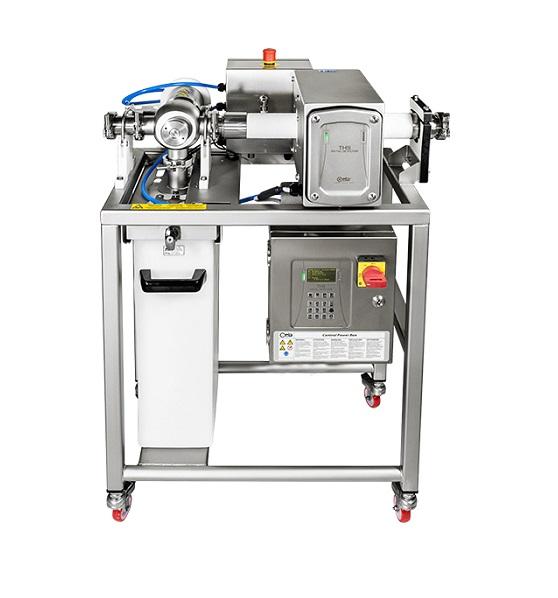
Pipeline metal detector for sauces
Ensuring liquid and viscous products such as sauces, soups, juices and meat are contamin...
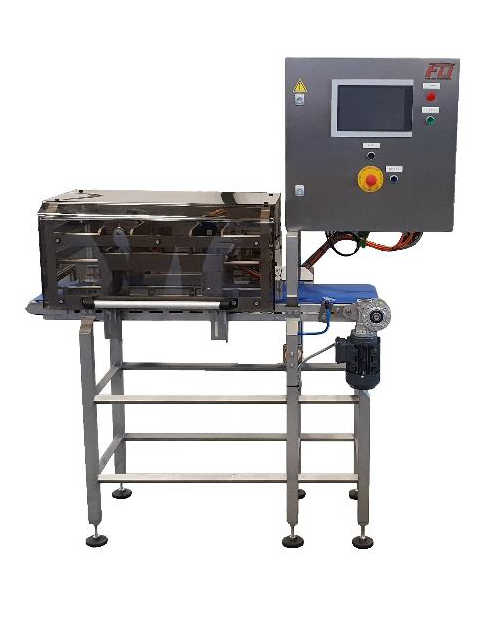
Entry-level high volume package seal tester
Manufactured food products need to be packed in gas-filled pouches to ensure t...
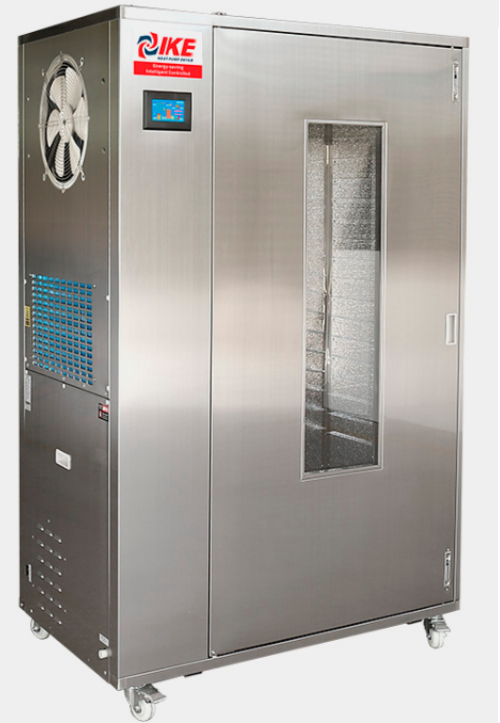
Industrial dehydration machine
Dried fruits are popular both as food in themselves and as ingredients. Traditional drying te...
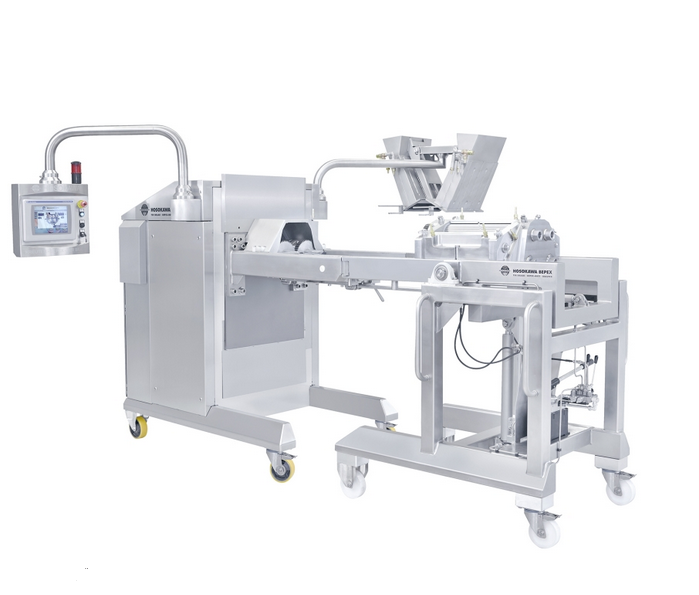
Strand forming machine for 2 masses
Form two-ingredient mixes into the shapes and layer combinations required for your fina...
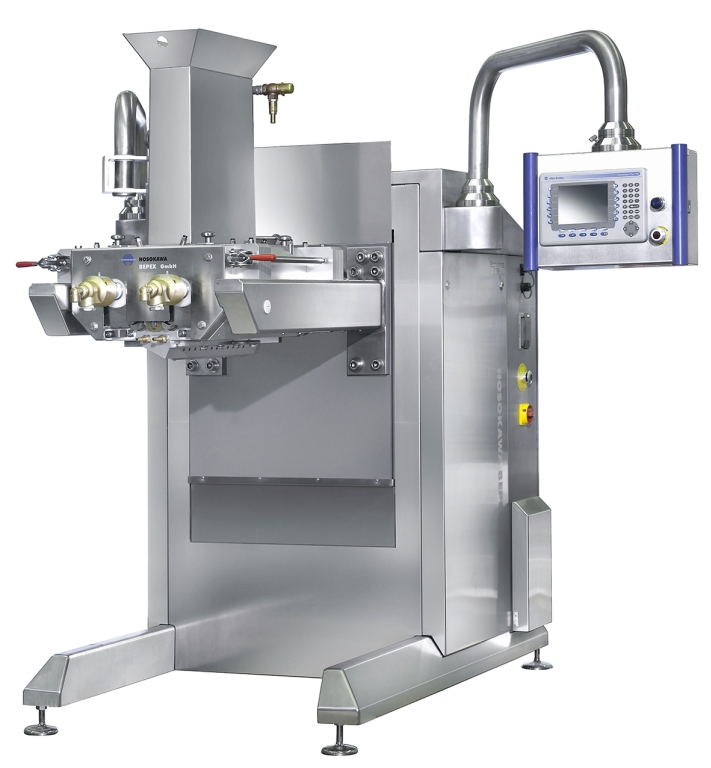
Strand forming machine for creamy mixtures
Turn your ingredients mixture into strands and slabs for further processing int...
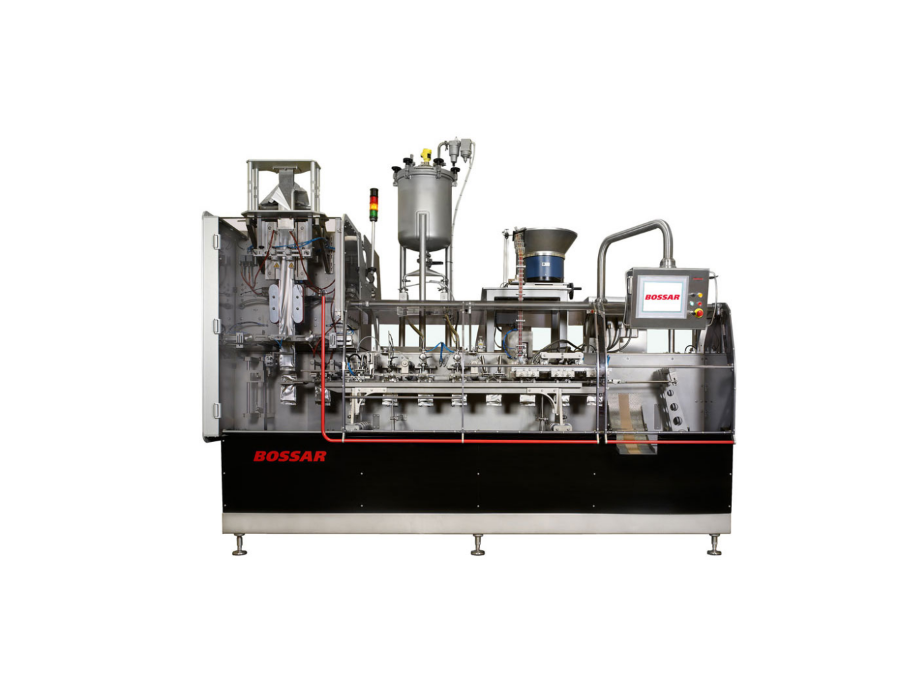
Economical Pouch Packaging Machine
The side gusset pouch is a popular packaging solution for medium formats, particularly f...
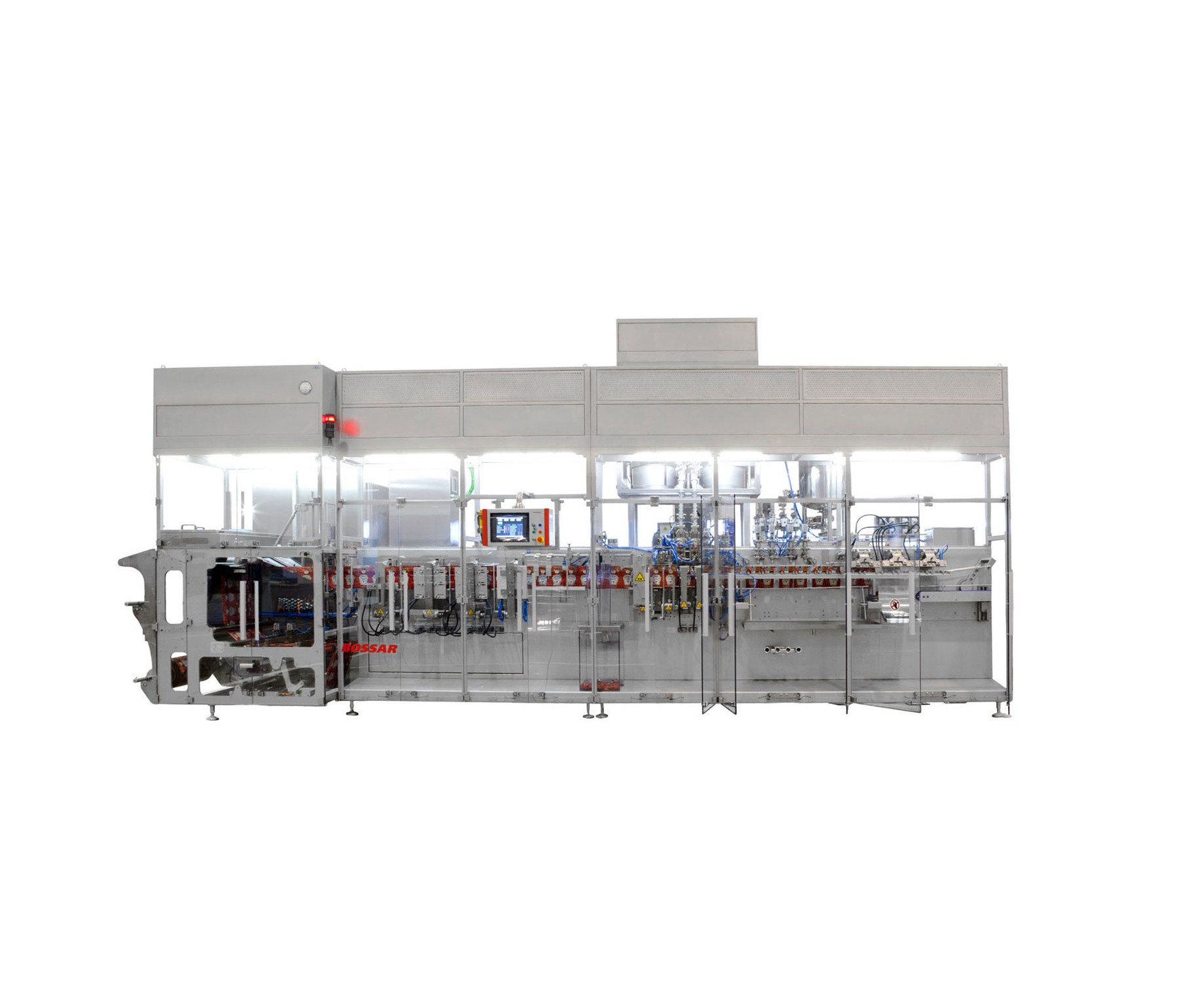
Modular HFFS Machine
A large range of sizes and types is available, with traditional horizontal form fill and seal machines b...
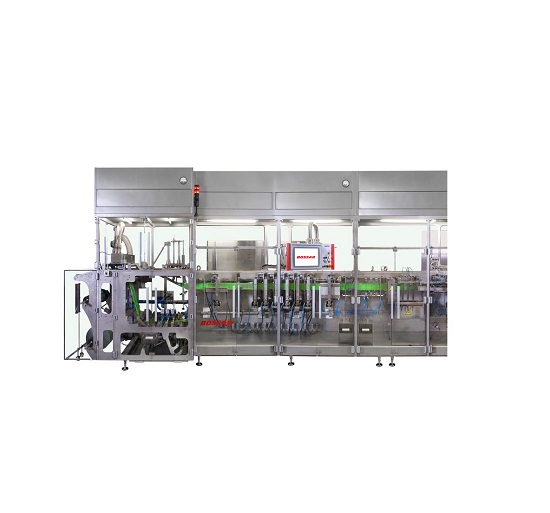
HFFS machine with servo-control system
Traditional HFFS machines use mechanical cams to drive the production path through t...
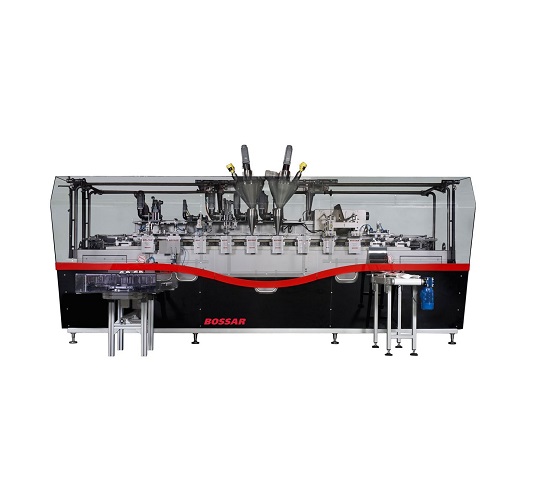
High Speed Premade Pouch Packaging Machine
Pre-made pouches can be problematic for traditional cam-driven mechanical HFS m...
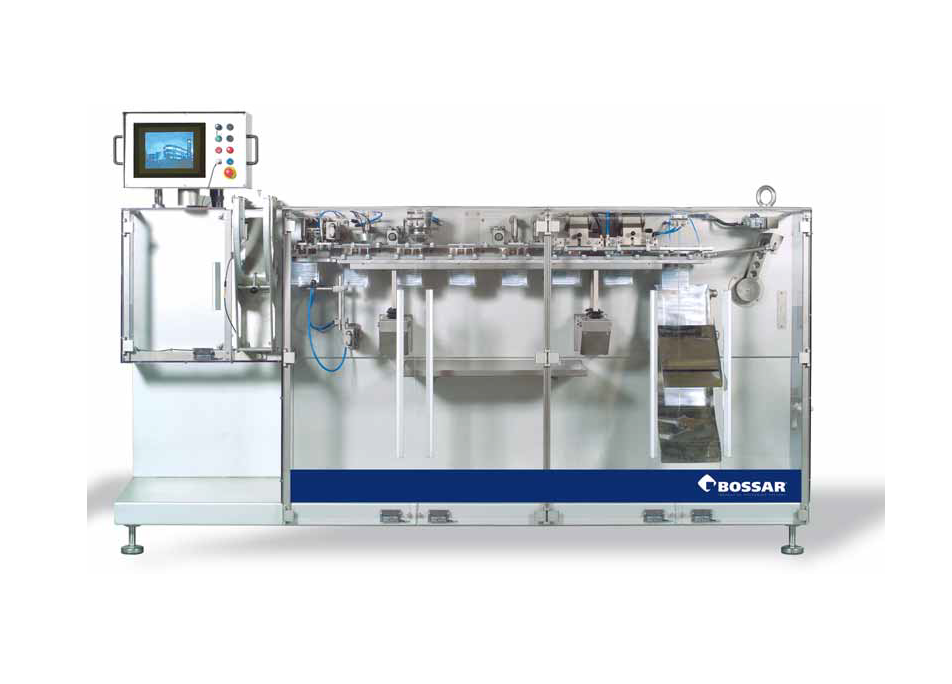
Retort Pouch Packaging Machine
A wide variety of products that were previously canned are now able to be more economically p...
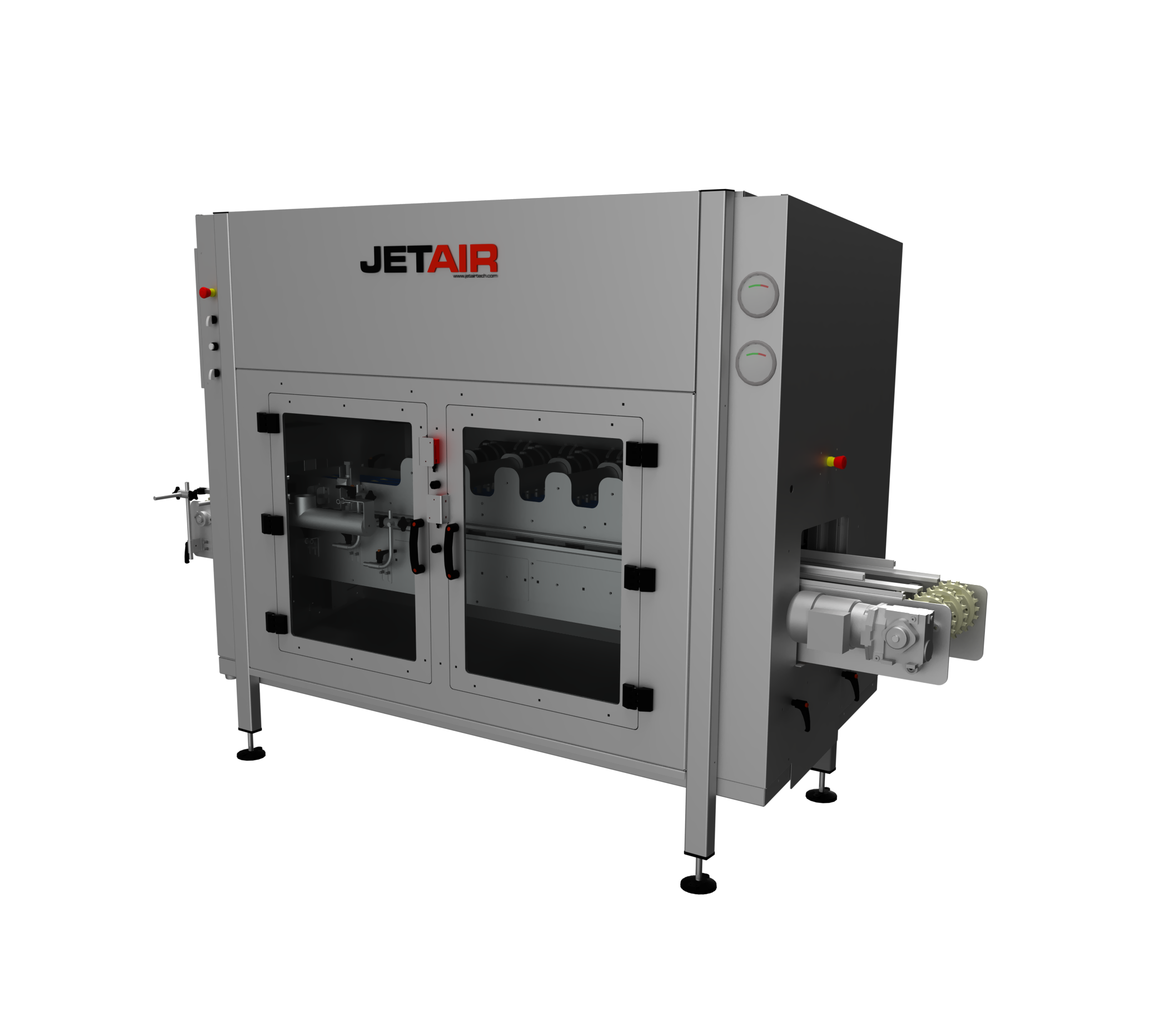
Air knife dryer for pouches
Flexible pouch packaging is a popular choice for many consumer food products. Before final print...
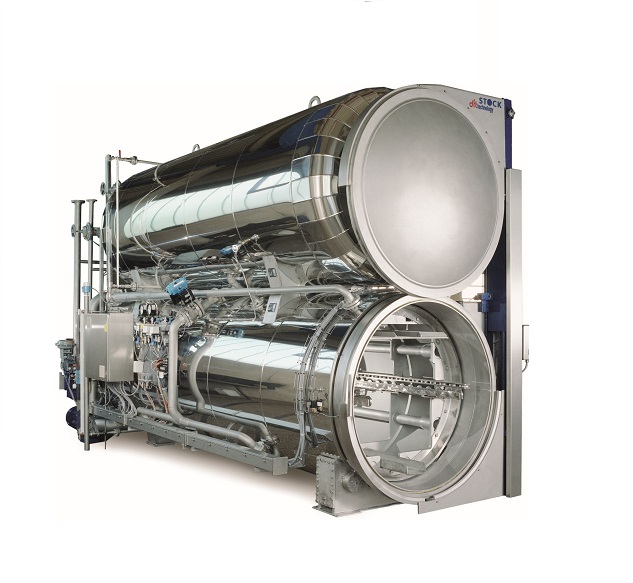
Autoclave for canned food
Sealing and cooking products in cans, pouches or other containers is a very popular method of pres...
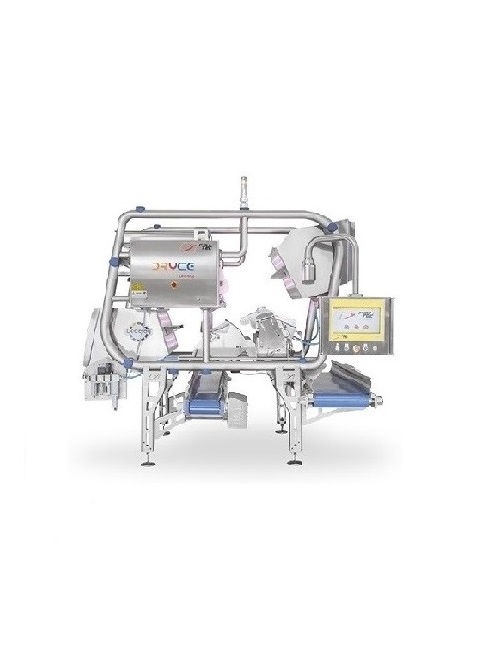
Optical sorter for dried and frozen fruits
Dried fruits, frozen fruits, frozen vegetables and nuts present a challenge for...
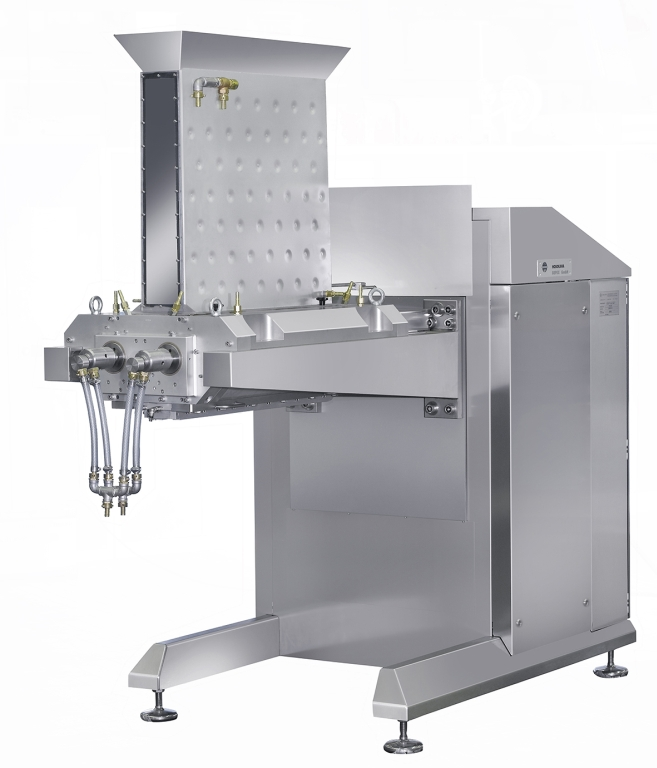
Strand forming machine
Form ingredient mixes into strands and slabs for further processing into bars, and other final product...
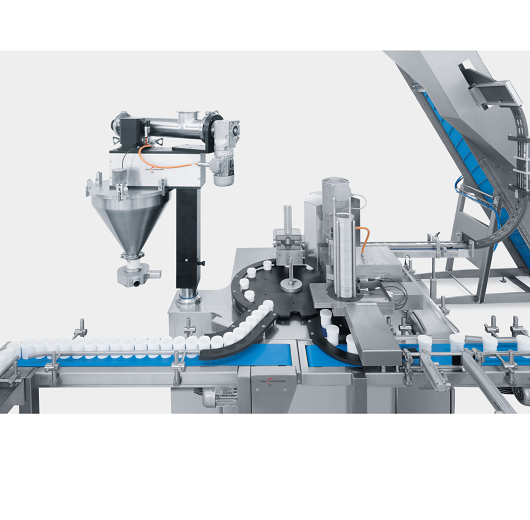
Can filling equipment
Having separate equipment for different process steps like filling and closing, can put a brake on grow...
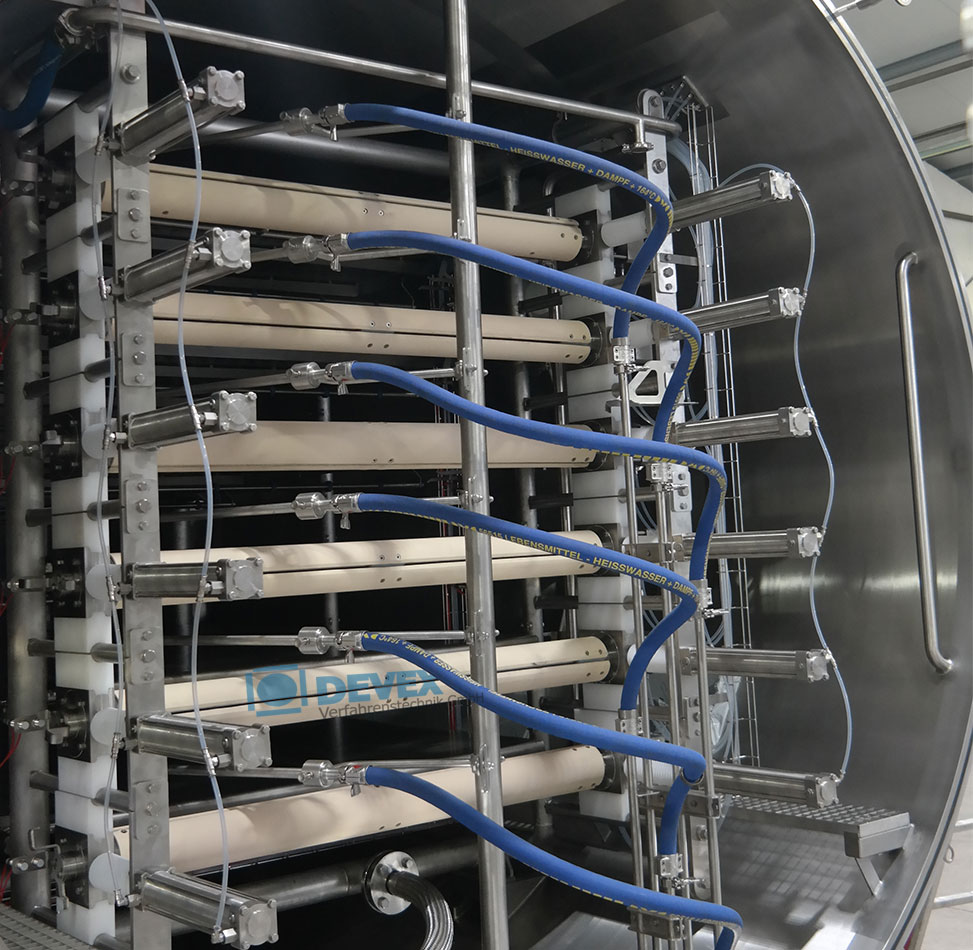
Continuous vacuum belt dryer
For gently drying liquid concentrates into granulates or powders, a vacuum drying solution is t...
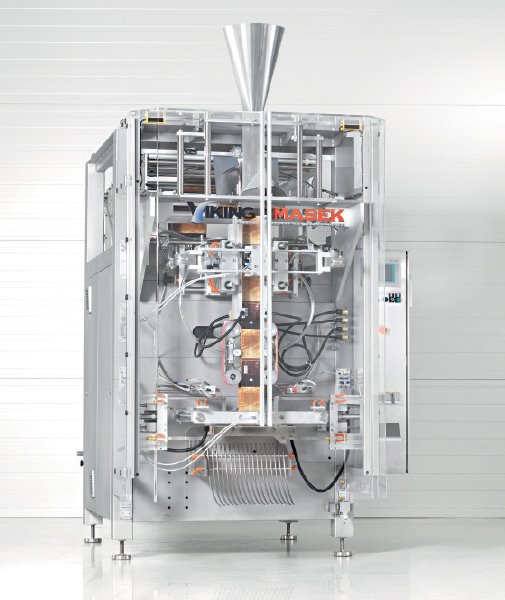
Bagger with servo driven jaw actuation
If you want to accommodate multiple bag designs and dimensions with fast speed and a...

Easy to use food processor for gastronomy sauces and pastes
For the development and production of high quality gastronom...
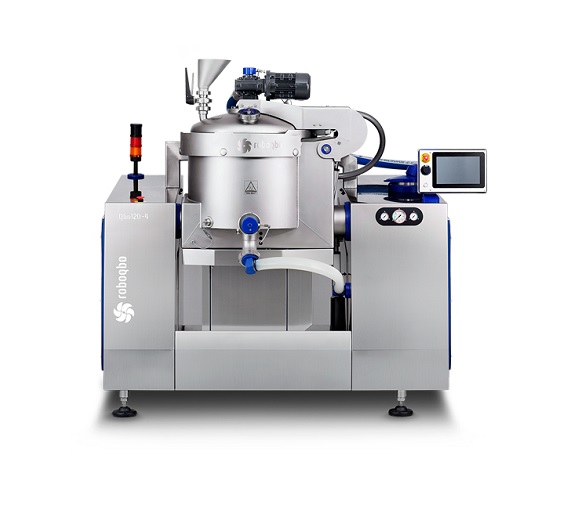
Food processor for making fruit jams for pastries
In a bakery environment fruit jams are often used for the decoration or...
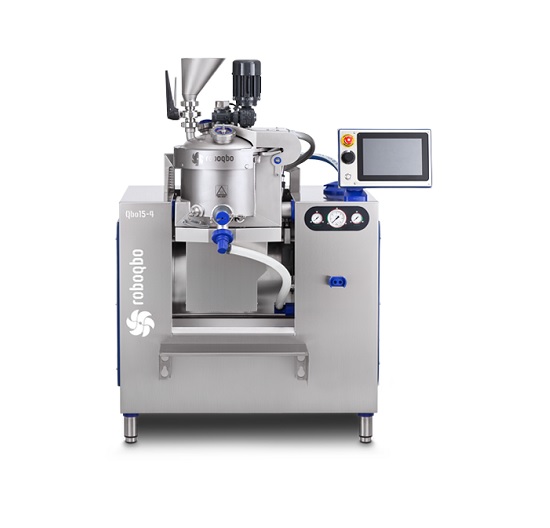
Multi-functional food processor for a high sugar percentage pastes production
For the development and production of hi...
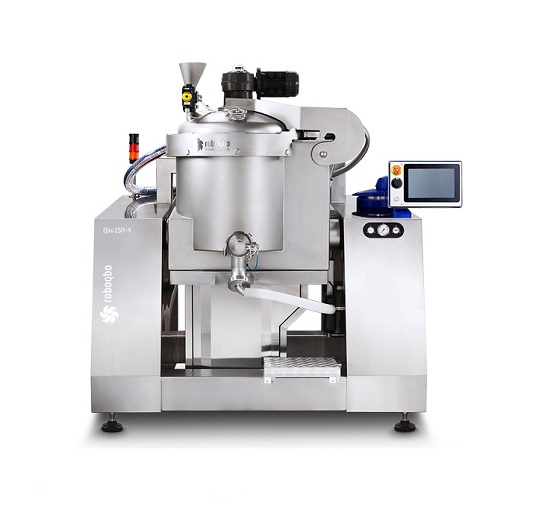
Vacuum cooker for concentrating sauces and purees
When producing high quality prepared food, concentrating products for s...
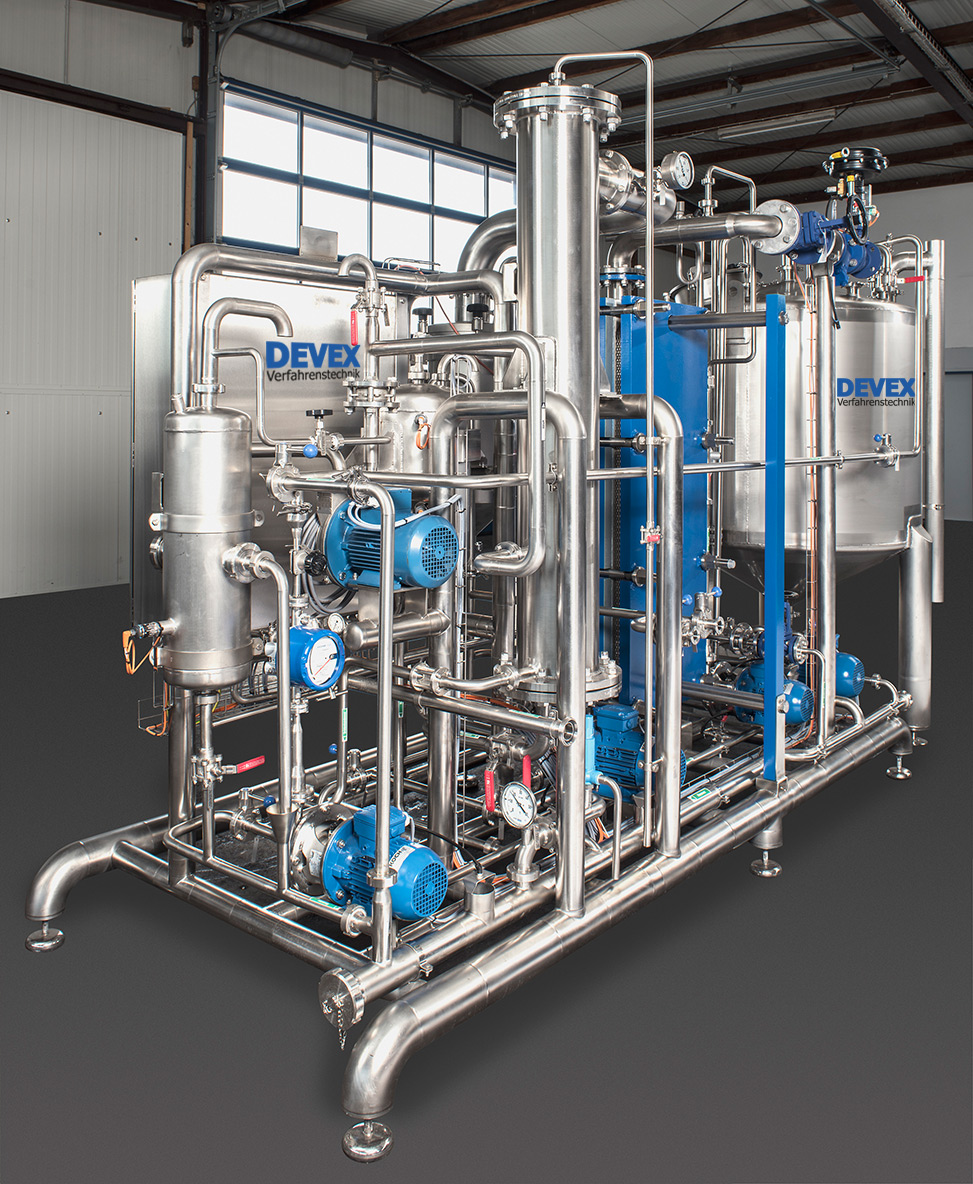
Evaporation plant for the recovery of extracts
Bespoke evaporation plants using the latest plate evaporation technology ca...
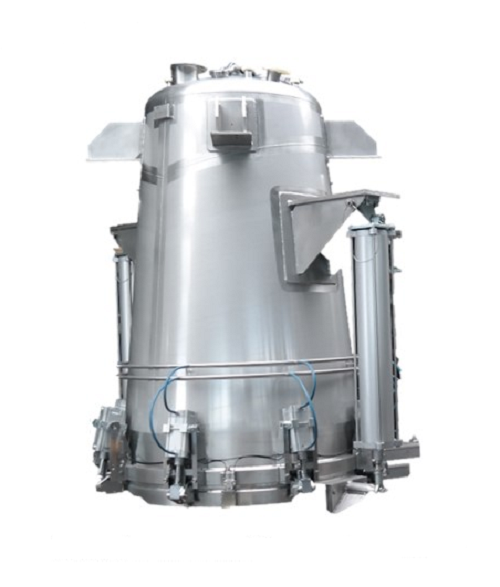
Extraction plant for natural ingredients
Bespoke extraction plants using the latest technology can improve your efficiency ...
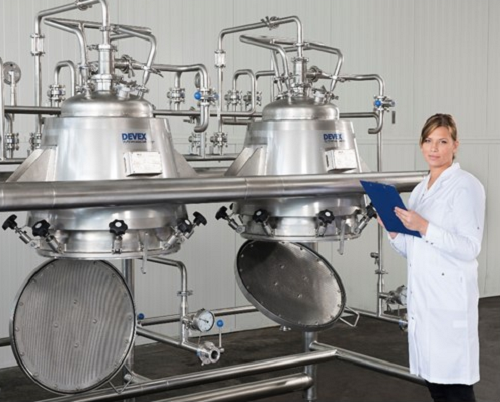
Pilot extraction plant for natural ingredients
Before purchasing a full-scale extraction plant you need to exactly determi...
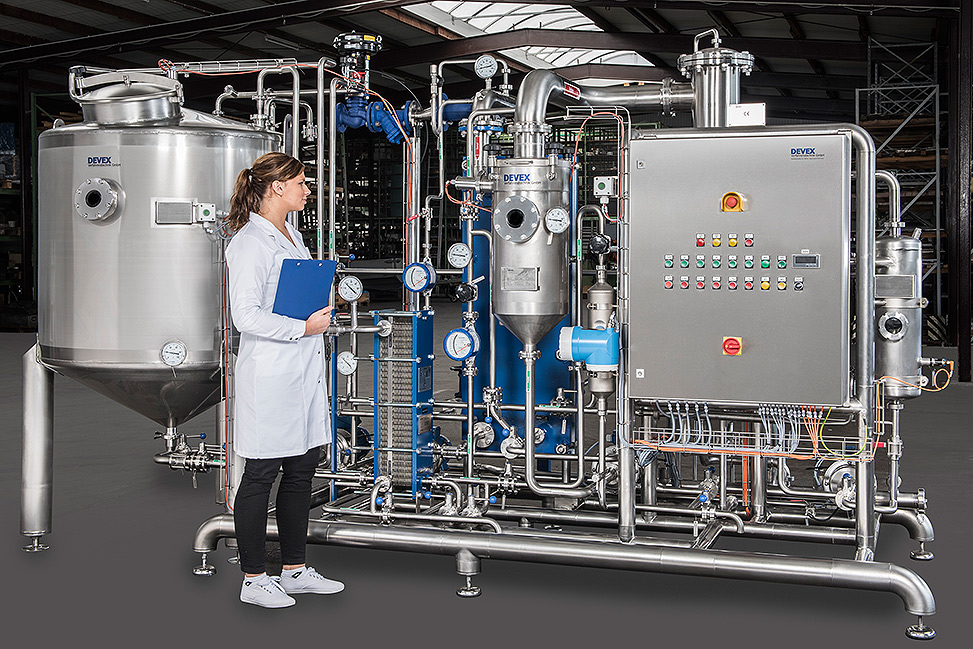
Pilot evaporation plant for the recovery of extracts
For development of concentrates of extracts based on water or ethano...
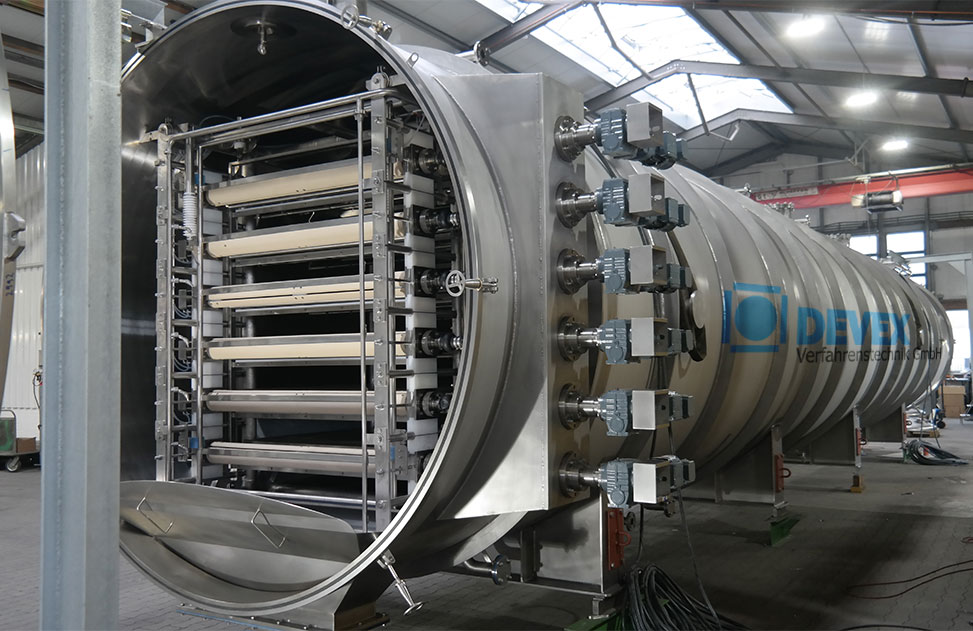
Continuous belt freeze dryer
Freeze drying is the most gentle and aroma protective method of drying, widely used in the coff...
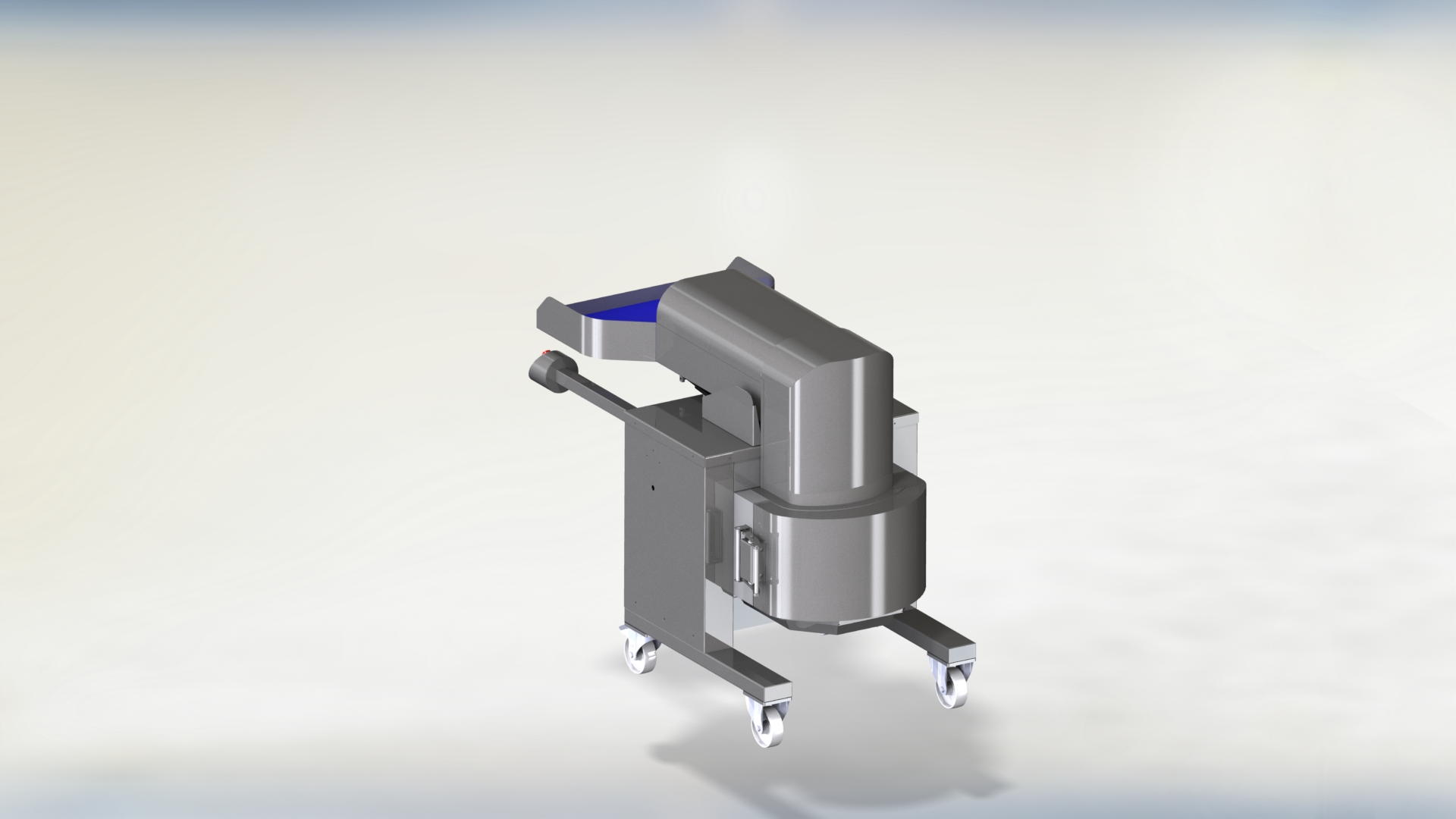
Declumping machine for dried fruit or frozen vegetables
Breaking up dried fruit neatly, without damage, requires gentle a...
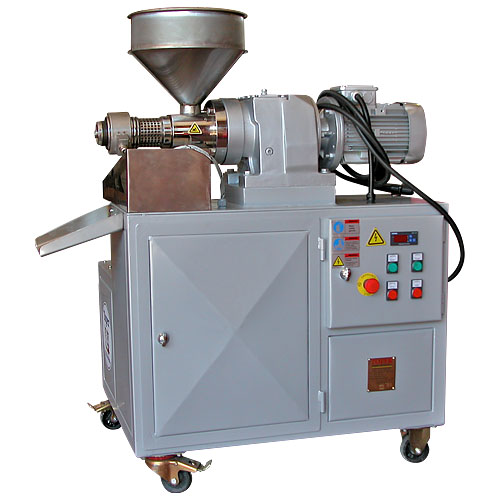
Cold oil press for seeds
With a cold oil press, you can optimize the process of extracting oil from a wide variety of oil see...
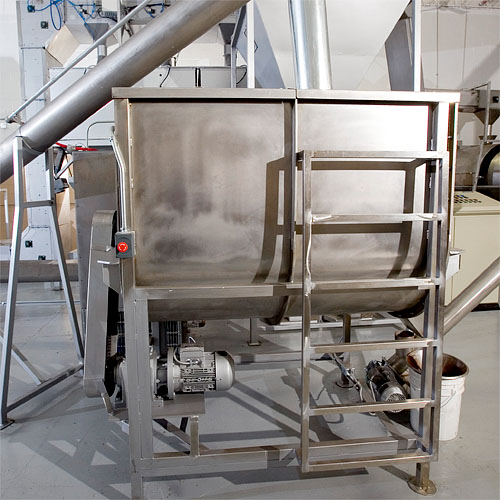
Basic mixer for granular foods
Straightforward blending solution for mixtures of beans, nuts, berries & powdered foods, ...
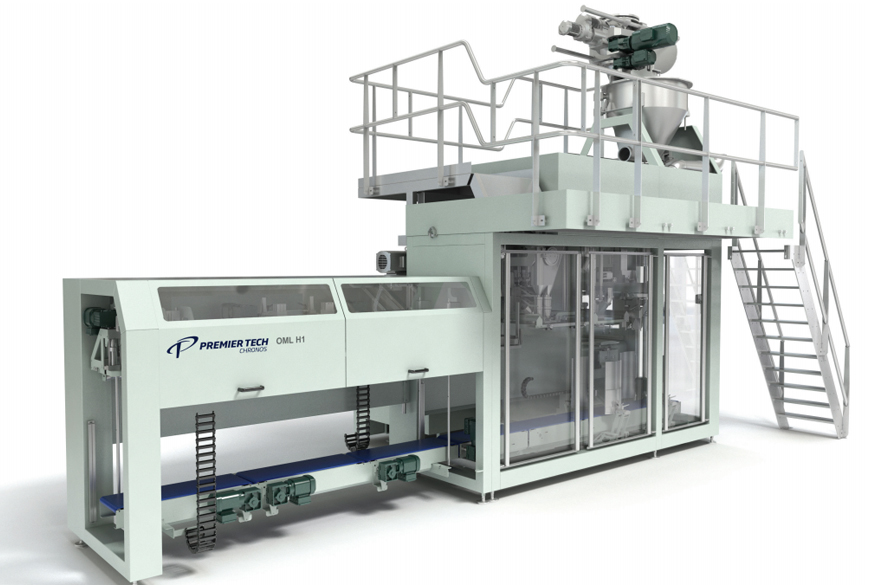
Hygienic open-mouth bottom-up baggers
Here are the open-mouth baggers that are specially designed for hygienic bagging of p...
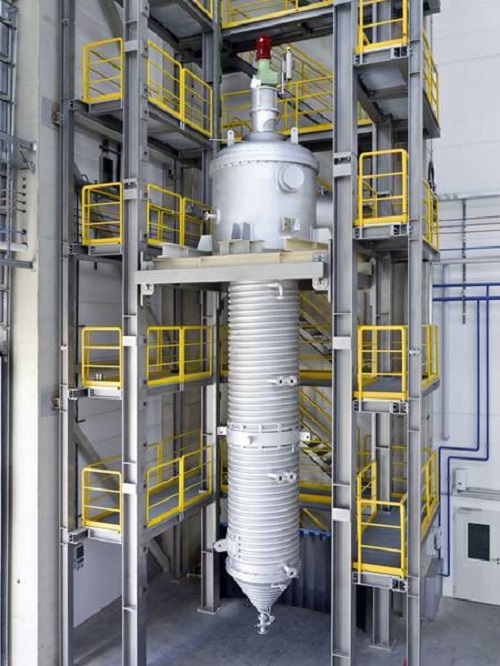
Wiped film evaporator
With wiped film distillation, a substantial decrease of boiling temperature is obtained by reducing the...
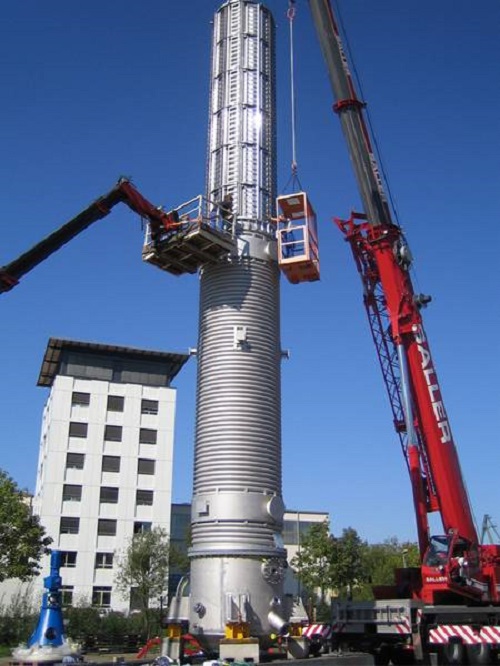
Short path evaporators
With short path distillation, a substantial decrease of boiling temperature is obtained by reducing th...
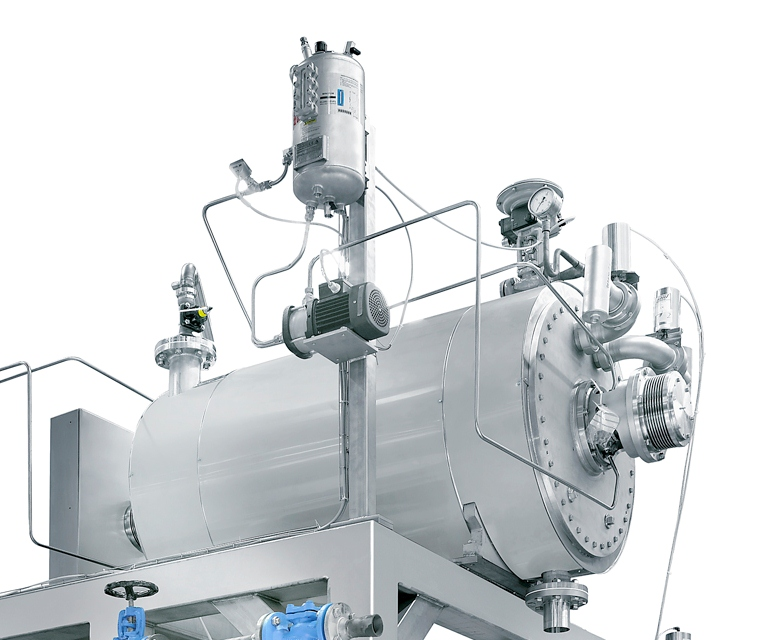
Continuous cooker for hard caramels
Continuously cook ingredients for your hard caramel-based product. This is a three-stag...
